What do you actually do? – Mads Lindberg
When he’s not making paintings, Mads Lindberg clears out the houses of dead people. It’s an oddly fitting side gig for an artist: it pays well, the hours are flexible, and there’s a bounty of treasure to be found amongst the unwanted belongings. Not that the Copenhagen-based artist is interested in jewels or finery, quite the opposite—its amateur painting that catches Lindberg’s eye. “I’m looking for fuck ups,” he explains. “If the flower looks weird, if the chicken is a little oversized, or the nose is a bit wonky…”
Lindberg’s interest in hobby painting started in 2018 while he was on a residency in New York. After visiting a few thrift stores, Lindberg started to photograph paintings he liked—from pictures of the Eiffel Tower to E.T.—which he then replicated back in his studio. Near the end of his residency he donated his new versions to other thrift stores, asking shop assistants to give each painting a short descriptive title. “Afterwards, I went around these stores a few times to see how they were installed,” says Lindberg. “Some of them looked really good placed next to old basketball sneakers and worn out TVs”, he adds with a smile.
Much like his idol Jim Shaw, who has been collecting thrift store paintings since the 1970s, Lindberg is interested in how artworks gain value. Is his version worth more, either conceptually or monetarily, because he’s a professional artist? And can a bad painting ever become a good artwork? One of the things that can make amateur paintings so cringe worthy is how earnest they are, but Lindberg’s paintings come with a liberal sprinkling of irony. He emphasizes, though, that it’s not about “giving the middle finger” to the original painter. Lindberg sometimes prefers these amateur creations to those by bona fide art stars anyway. “I found the original of this one in a crummy thrift store across the road from an art fair I was working at,” he says, showing me a painting of a pair of boots à la Vincent Van Gogh. “It was by far the best painting I saw that weekend.”
Since returning to Copenhagen, Lindberg has continued making his “Version 2.0’s”, which he paints and stores in his home studio. “What I really like about doing them is that a traditional painter has to deal with composition, color, content and sizing”, he explains. “I’m just doing one of two sizes and then it’s really about just choosing what to paint. It’s almost like doing a painting by numbers. What to paint today? Oh yeah, the one with the chickens, or this nice landscape or whatever.”
Lindberg now has around 60 of these works, forty of which are currently on view at Osteria 16, a trendy Italian restaurant in the Copenhagen district of Vesterbro. Owned by a friend, the eatery will act as the new off-space for Jir Sandel, the artist collective that he runs with a couple of friends. They also have a more traditional space nearby, but Lindberg was excited about the prospect of showing his paintings in this unusual setting. “It’s really nice that the paintings interact with the bottles of red wine and the plastic fruit and vegetables,” he says. “I think it’s nice to have your paintings hanging in a spot where people interact—they become a kind of background.” It’s a bit like seeing artworks in a collector’s house, I suggest. “All of my [sold] paintings are hanging near a nice designer table or something like that”, he agrees. “It looks a bit weird but it’s real. I see it as the utmost honor to be hanging in someone’s private space.”
Seeing these paintings on mass, what’s perhaps the most surprising element is the amount of genres there are on display. There are still-lives, portraits, animal paintings, and copies of famous impressionist painters like Manet and Monet. Ships feature heavily, as do sunsets. Some of these different categories have even spawned spin-off series. Lindberg likes to paint snowballs on landscapes, for instance, and if he comes across a flower painting he wraps it in a “Thank you for shopping with us” bag and covers it in resin. “I’m trying to utilise the different genres differently in different series,” he says. Another body of work he’s currently experimenting with involves making abstracts out of failed paintings, although he says the series needs to “ripen” before it will be ready to be exhibited.
Looking to the future, Lindberg says that the only way he’s put an end to his versions is if he stops enjoying making them. “If it’s not fun to do then, forget it”, he says, going on to admit that the same goes for art making in general. “The moment that I feel that I’m just pressing buttons then I’ll stop doing this. Maybe it would be different if I had a big gallery behind me selling my paintings for a million dollars apiece. But at the moment I’m doing it because it’s fun. It’s a reason to get out of bed.”
Mads Lindberg was an exchange student at the HFBK Hamburg from 2010-11 with Andreas Slominski. From 2006-2013 he was studying at the Royal Academy of Fine Arts in Copenhagen with Katya Sander, Hito Steyerl & Thomas Locher.
More information: http://www.madslindberg.net/
HFBK graduate Chloe Stead, together with the photographer and also HFBK graduate Jens Franke, met former HFBK students to talk about work, life and art. It is the prelude to a series of interviews for the website of HF
HFBK graduate Chloe Stead, together with the photographer and also HFBK graduate Jens Franke, met former HFBK students to talk about work, life and art.







 What do you actually do? – Mirjam Thomann
What do you actually do? – Mirjam Thomann
 What do you actually do? – Katja Aufleger
What do you actually do? – Katja Aufleger
 What do you actually do? – Roman Schramm
What do you actually do? – Roman Schramm
 What do you actually do? – Sung Tieu
What do you actually do? – Sung Tieu
 What do you actually do? – Monika Grzymala
What do you actually do? – Monika Grzymala






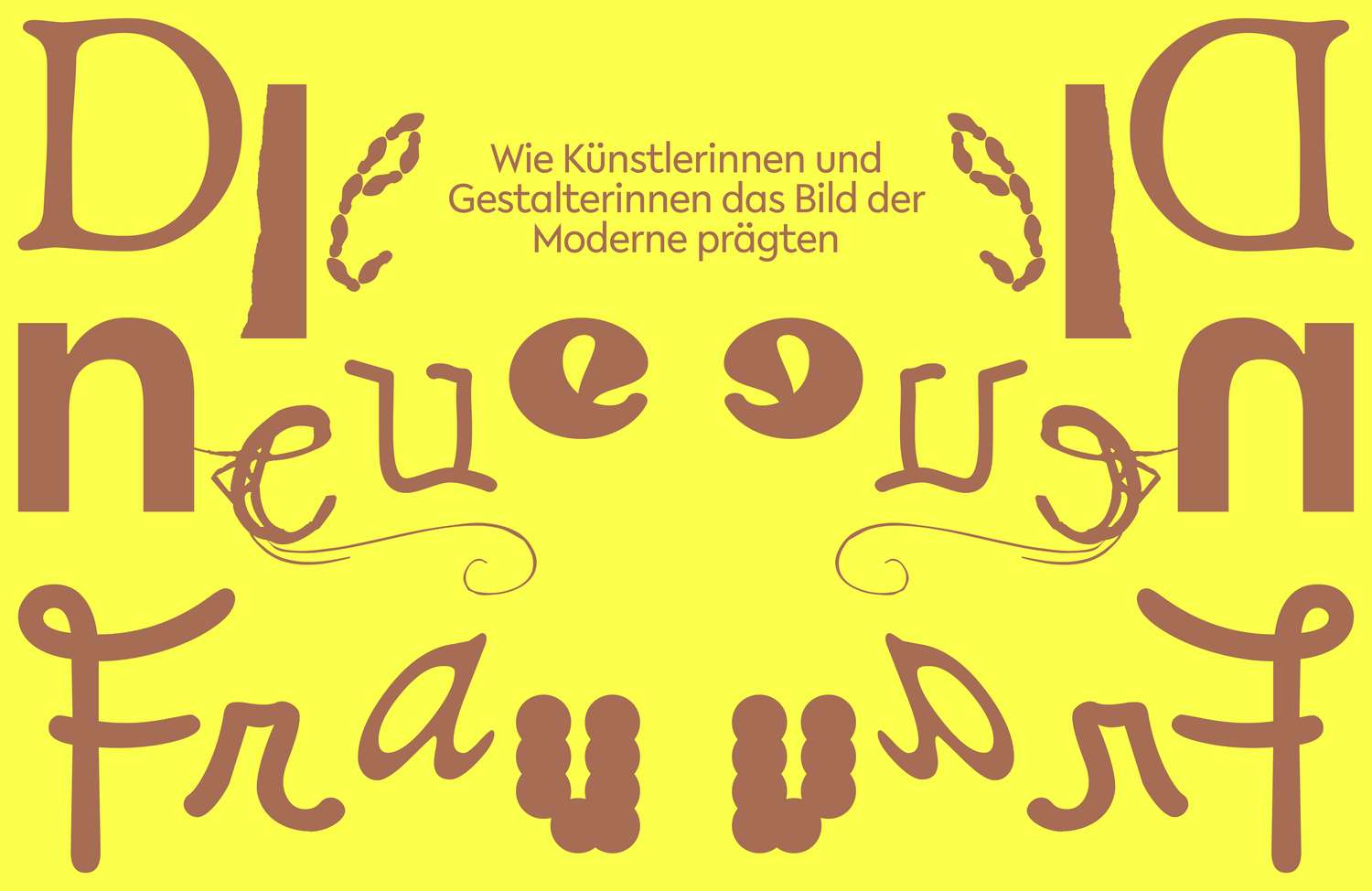
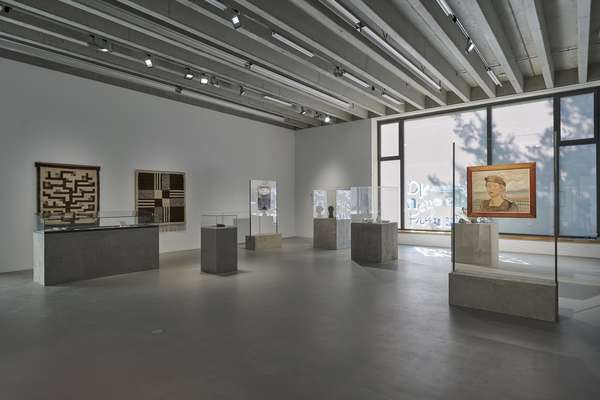
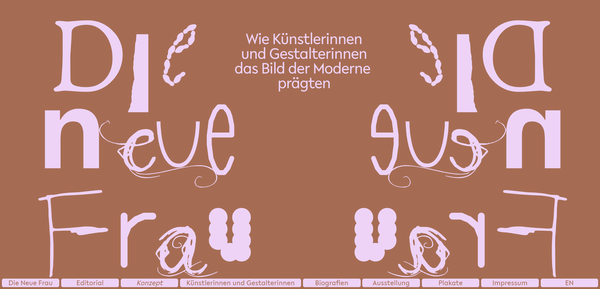
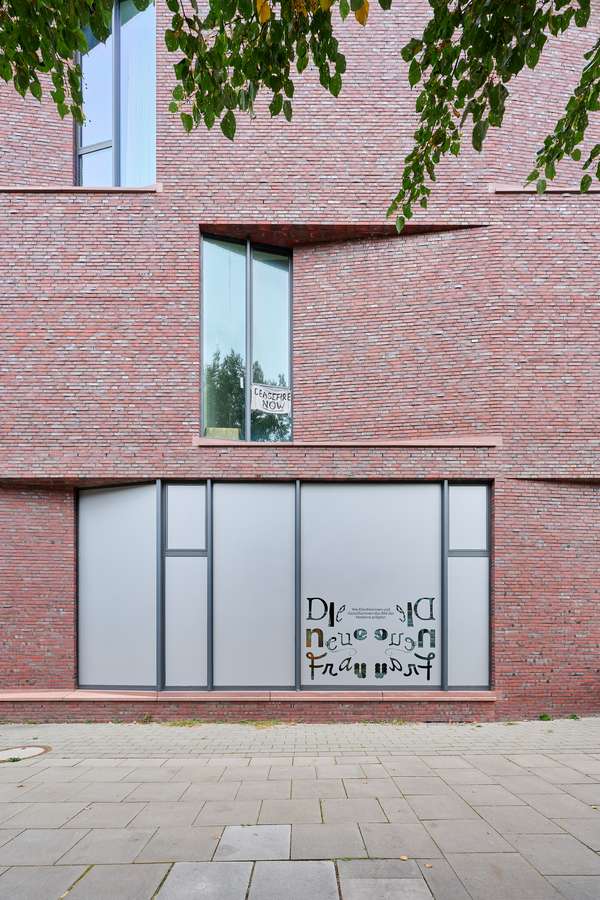
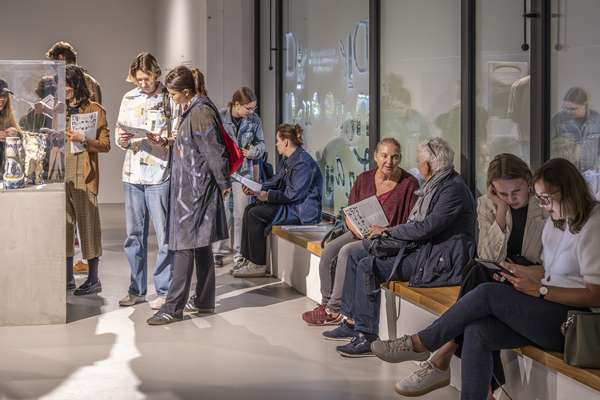
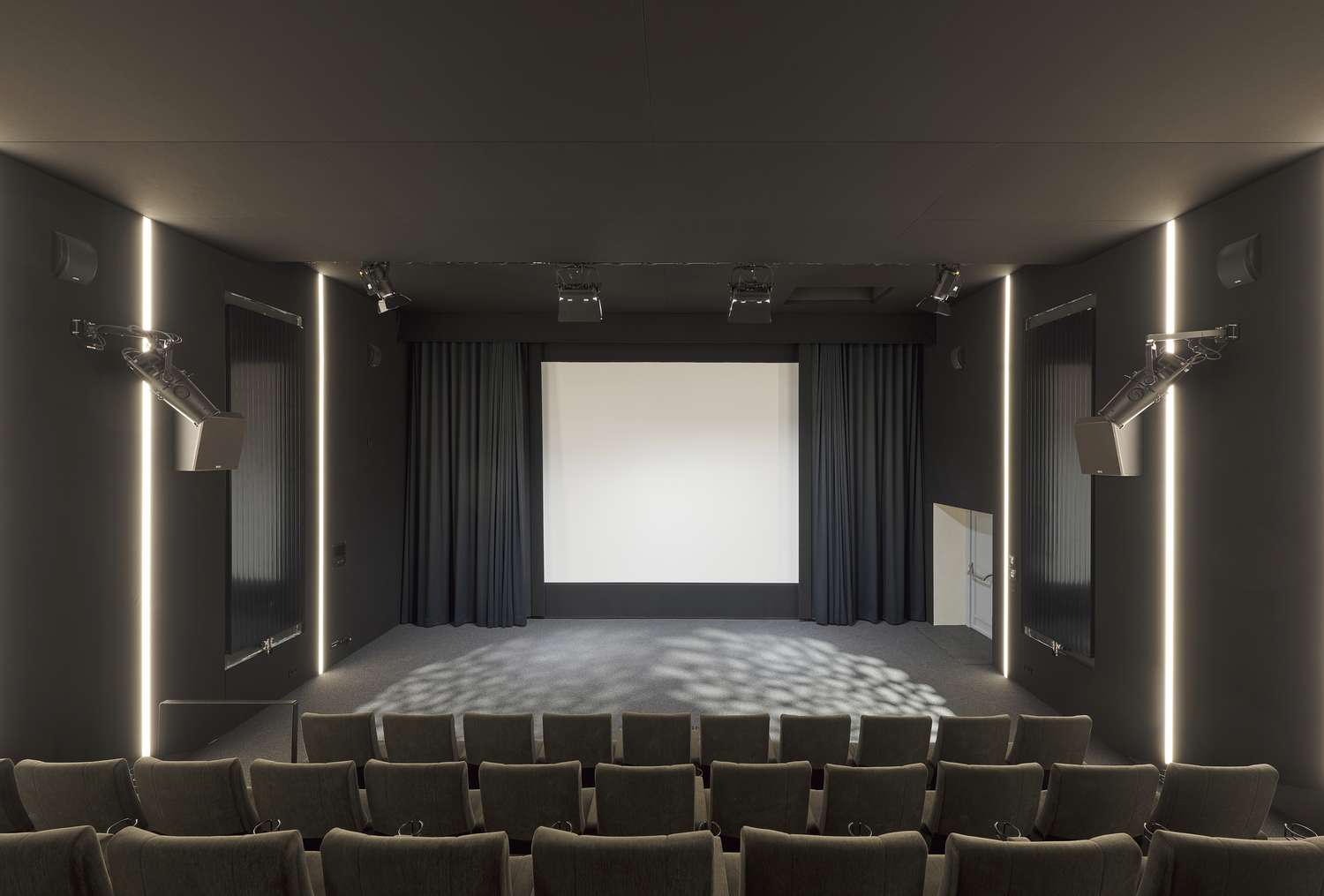
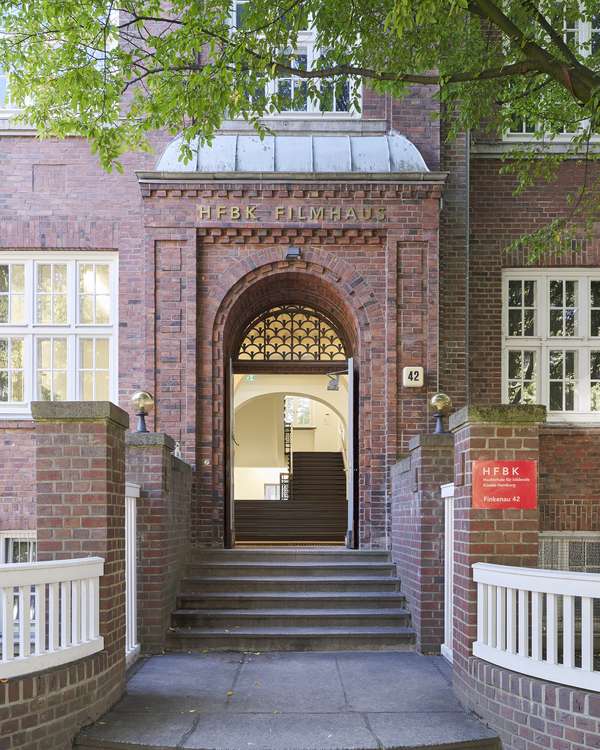
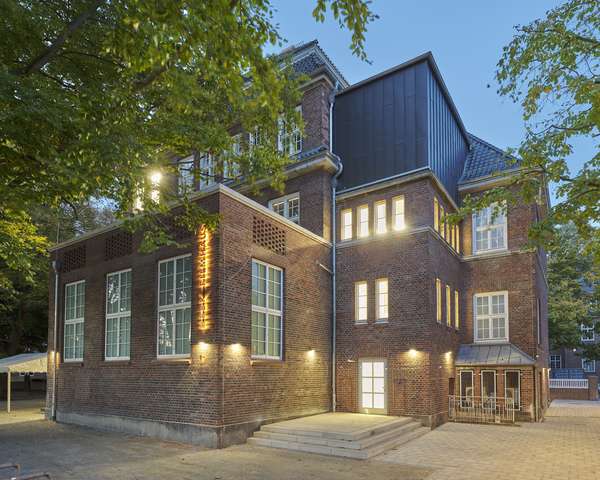

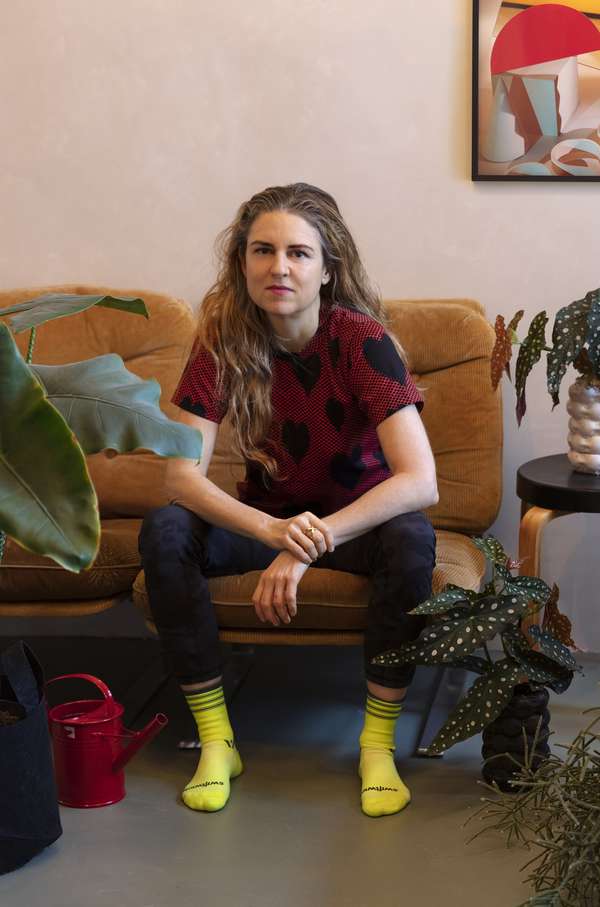
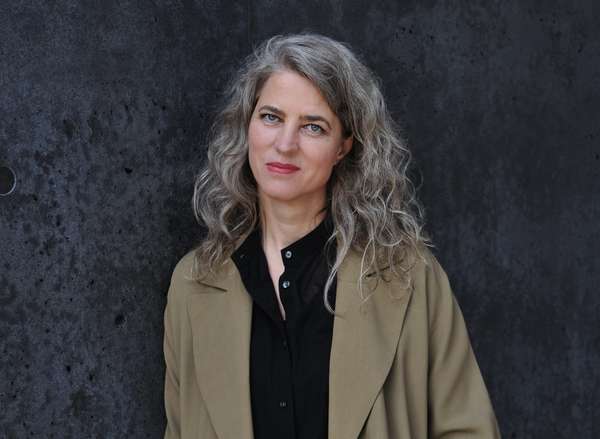
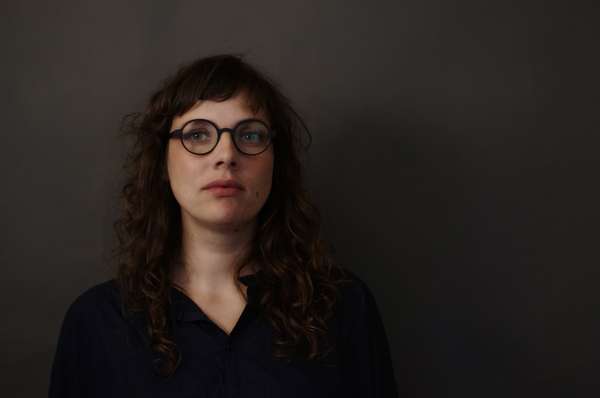
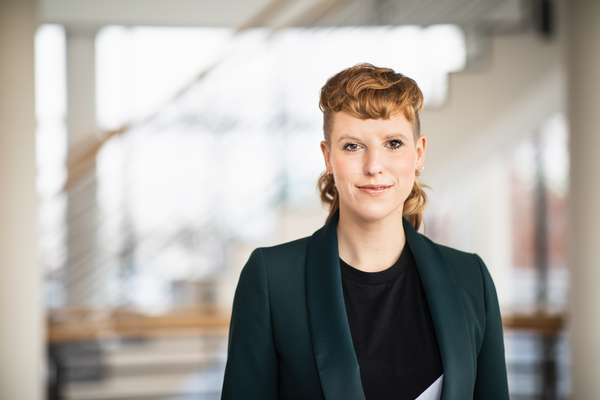

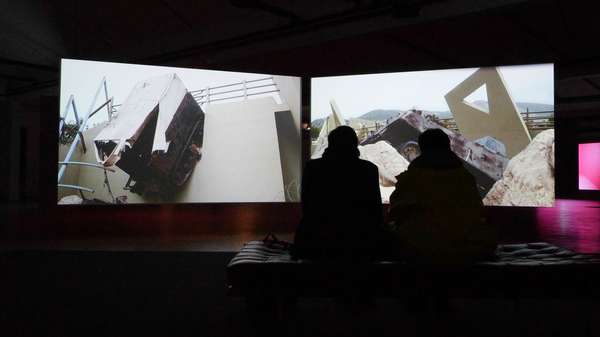
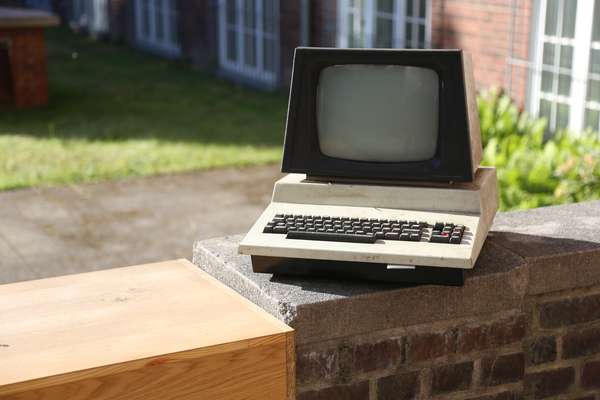
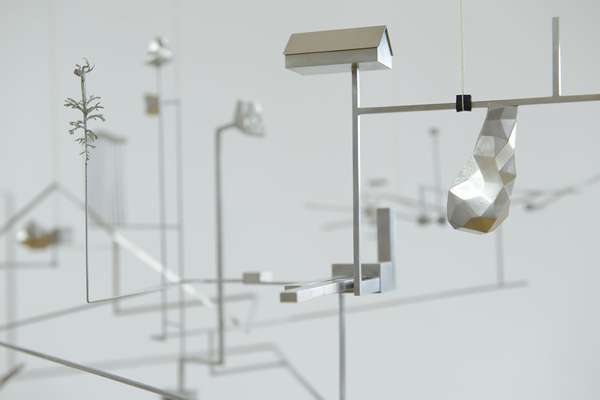

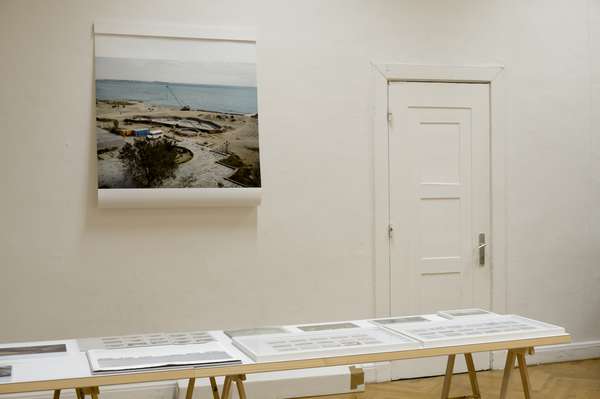


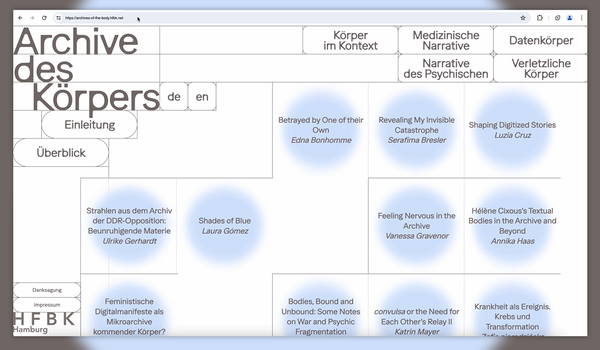


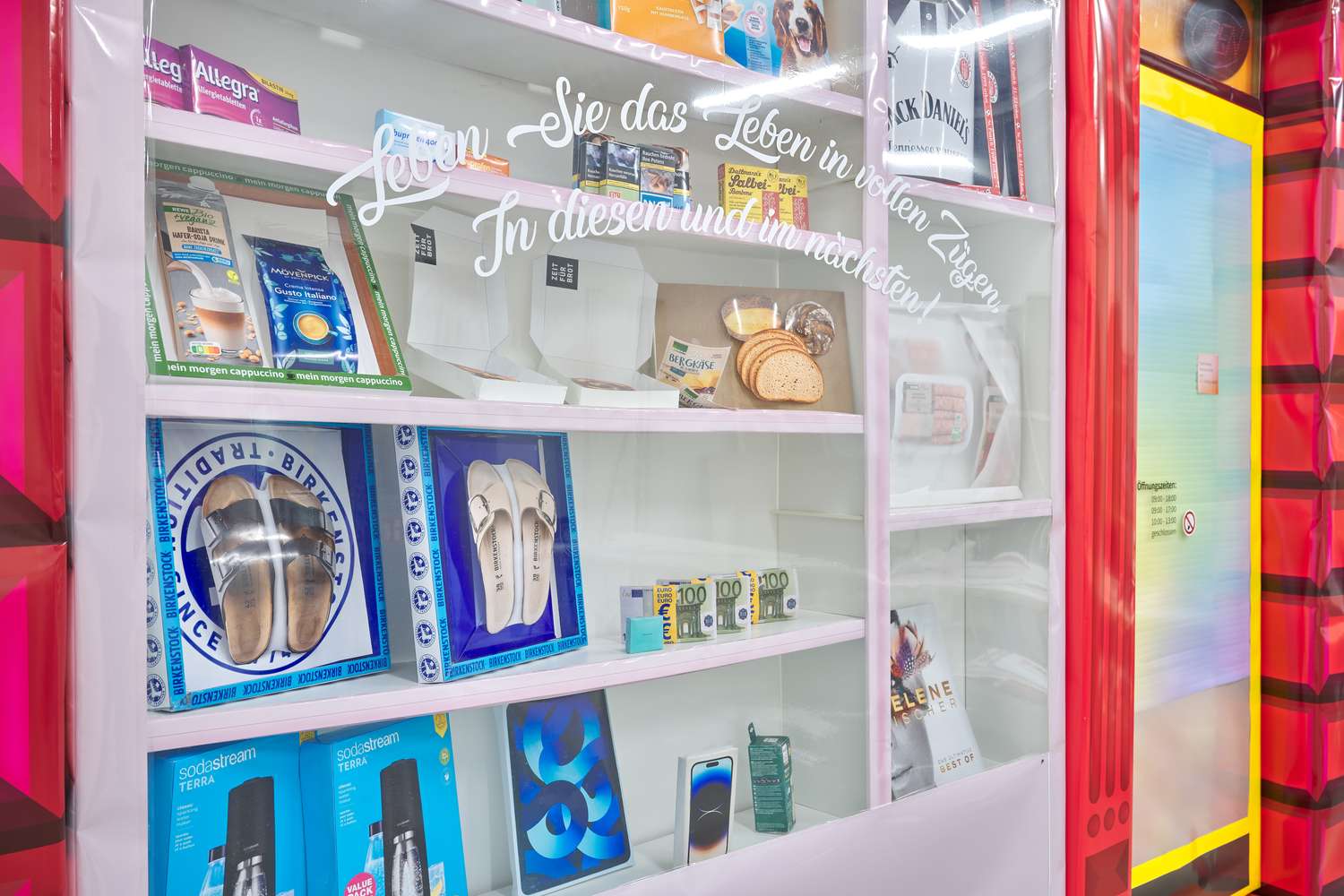
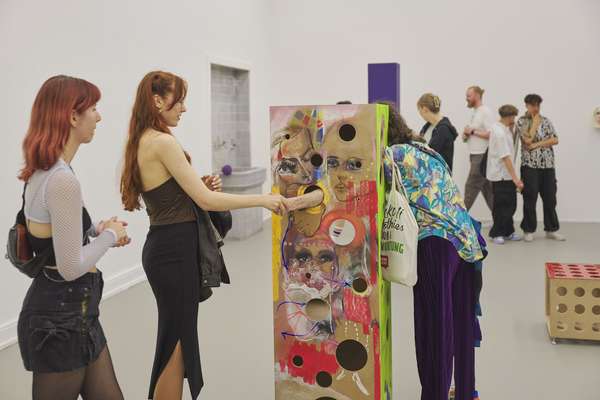
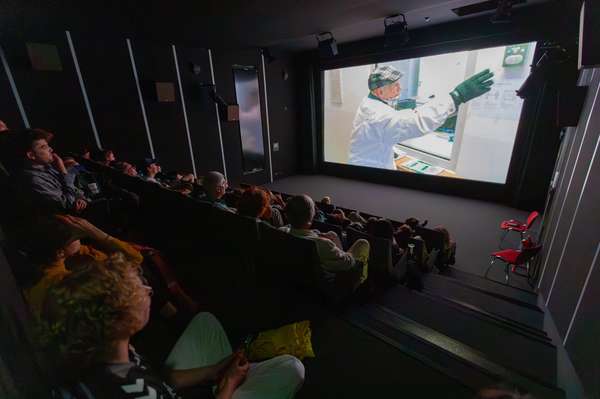
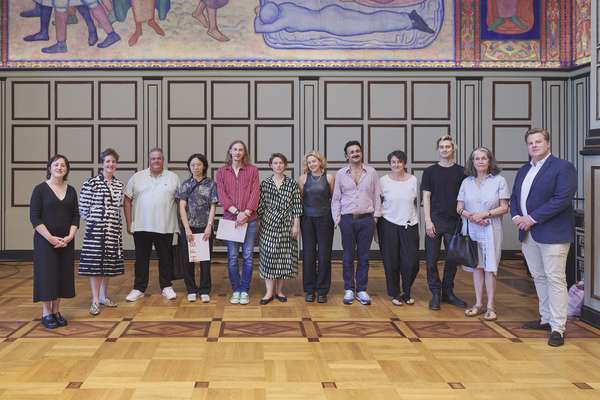

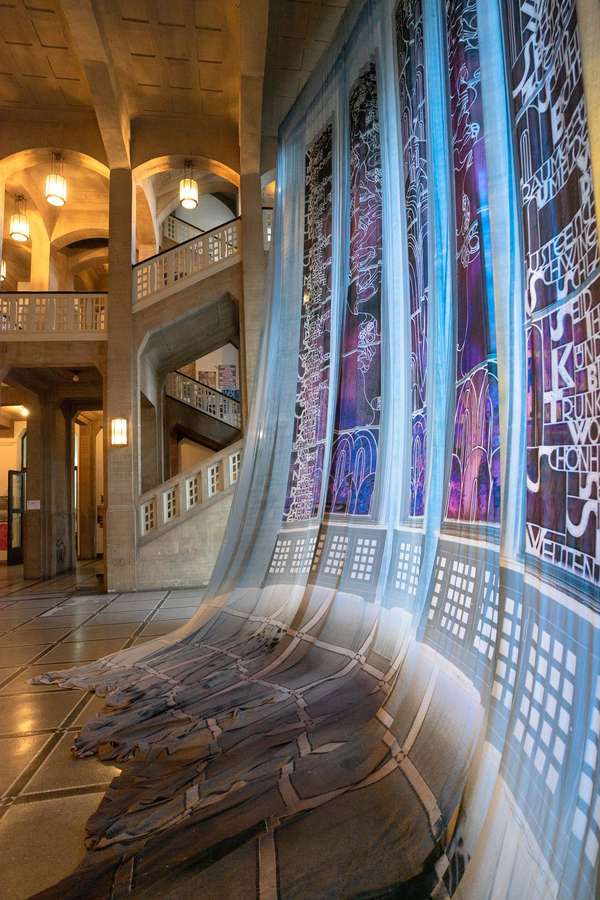
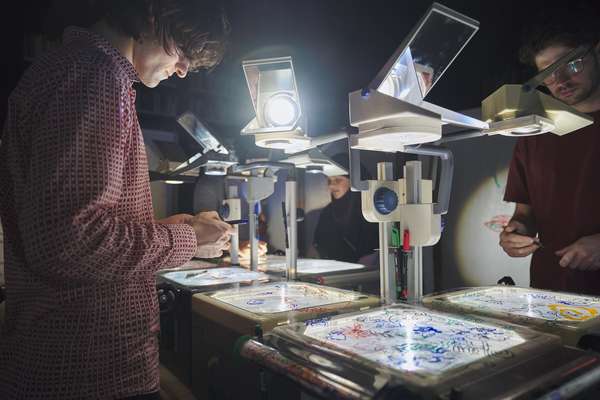


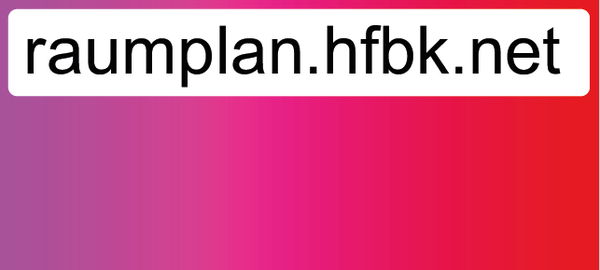
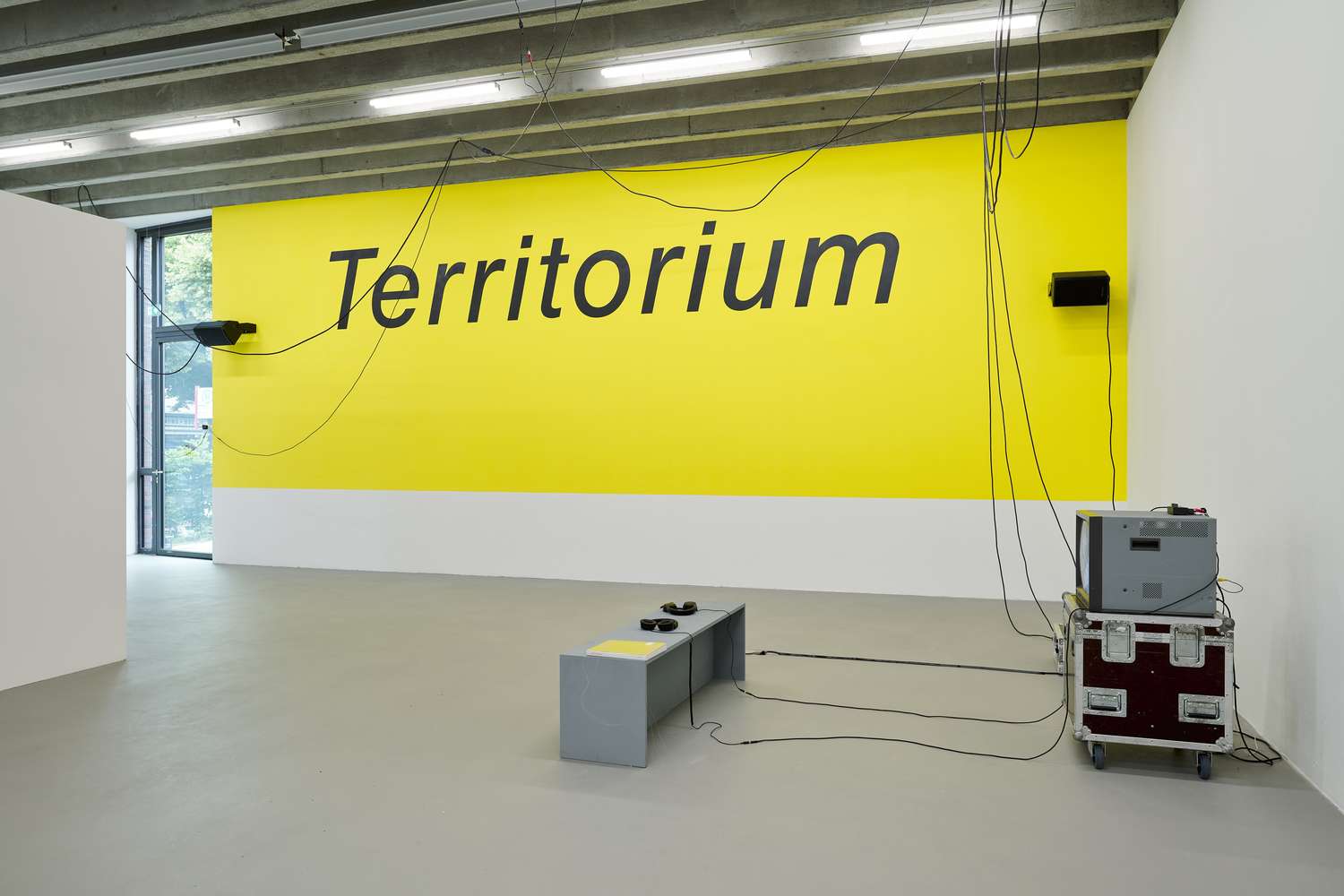
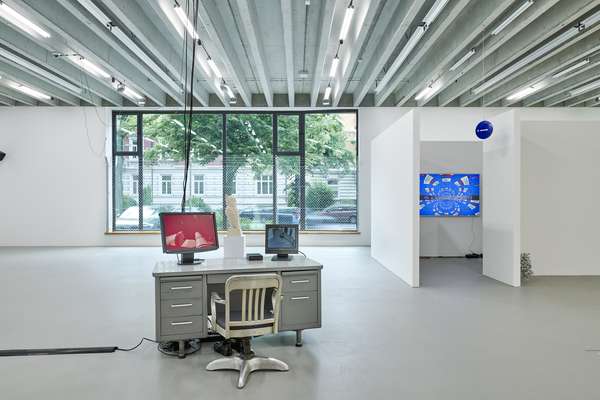
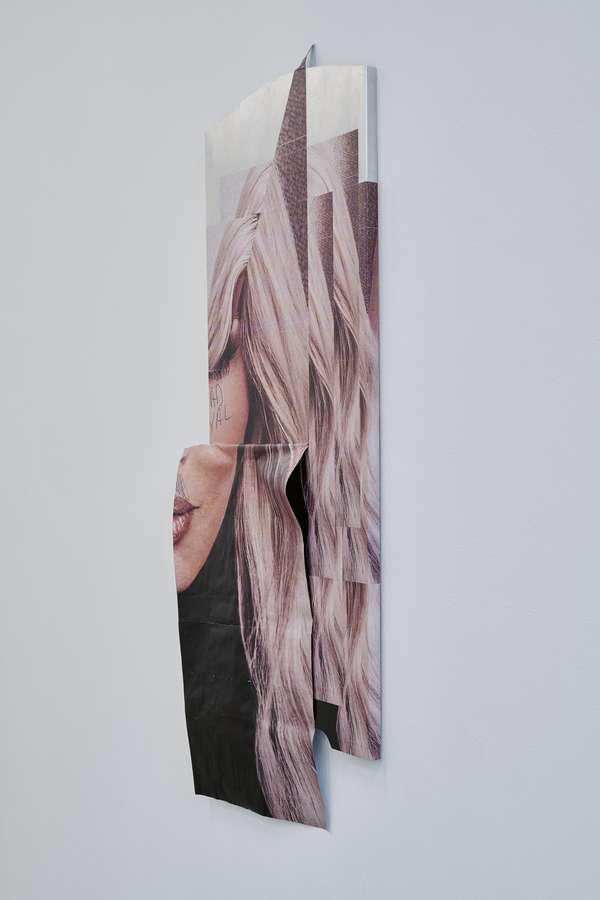
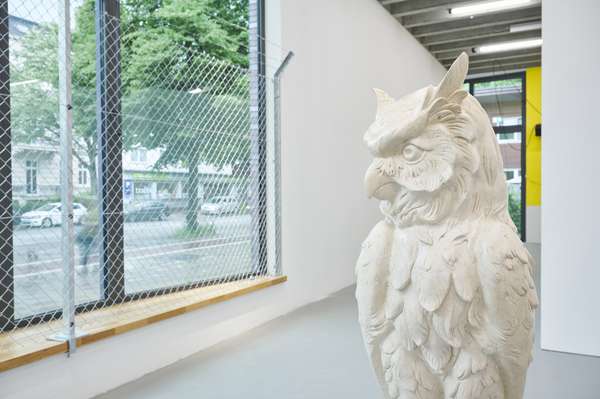
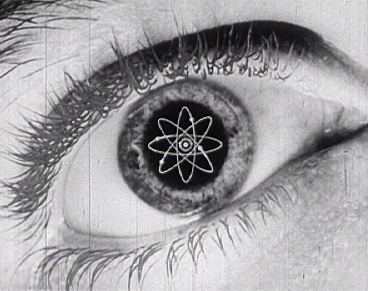
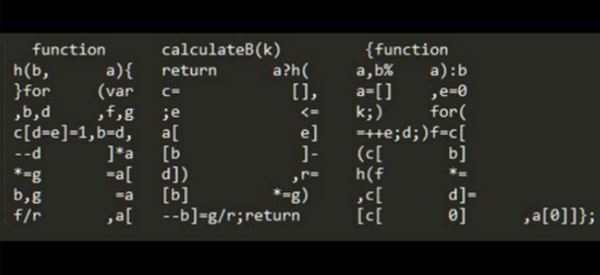
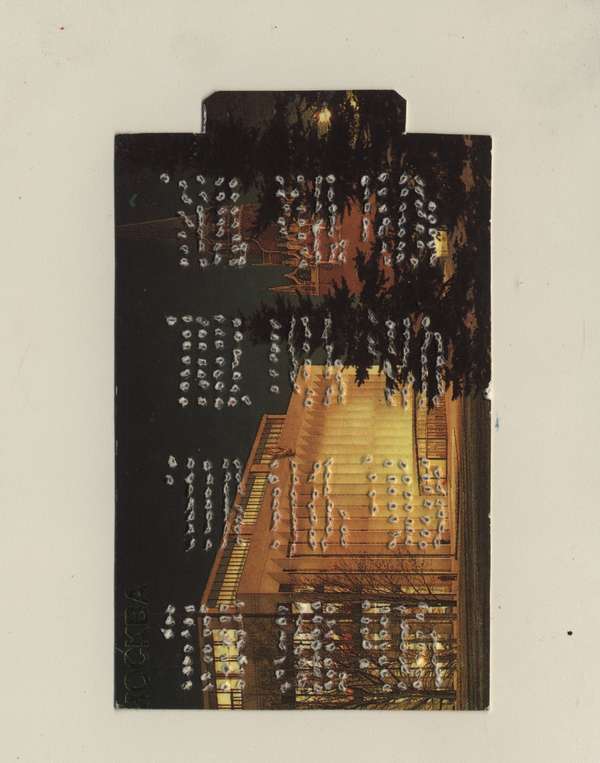
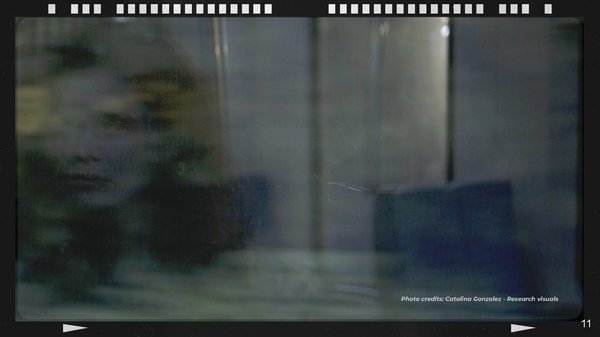

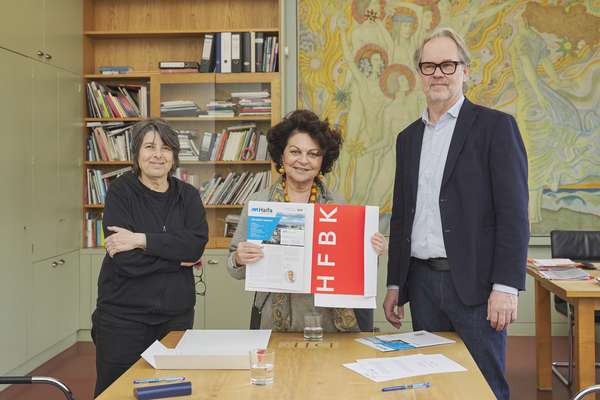
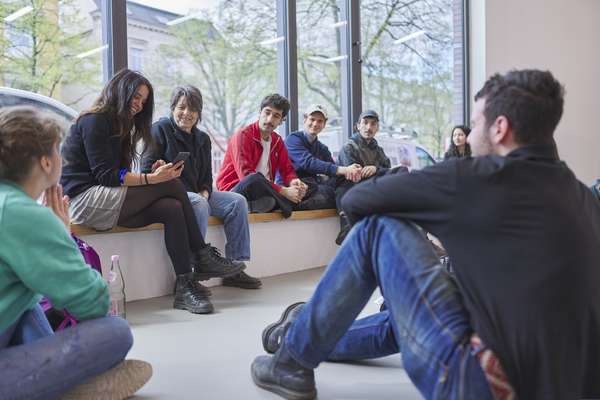
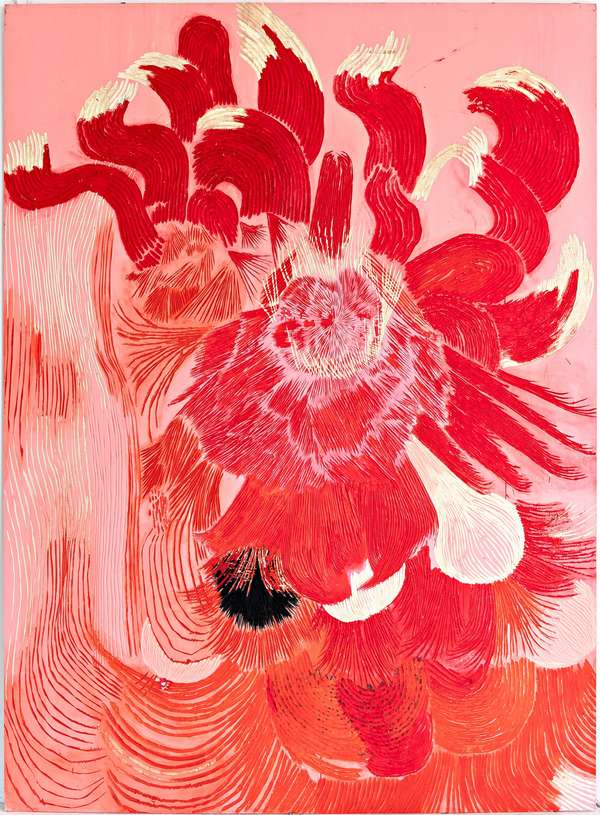
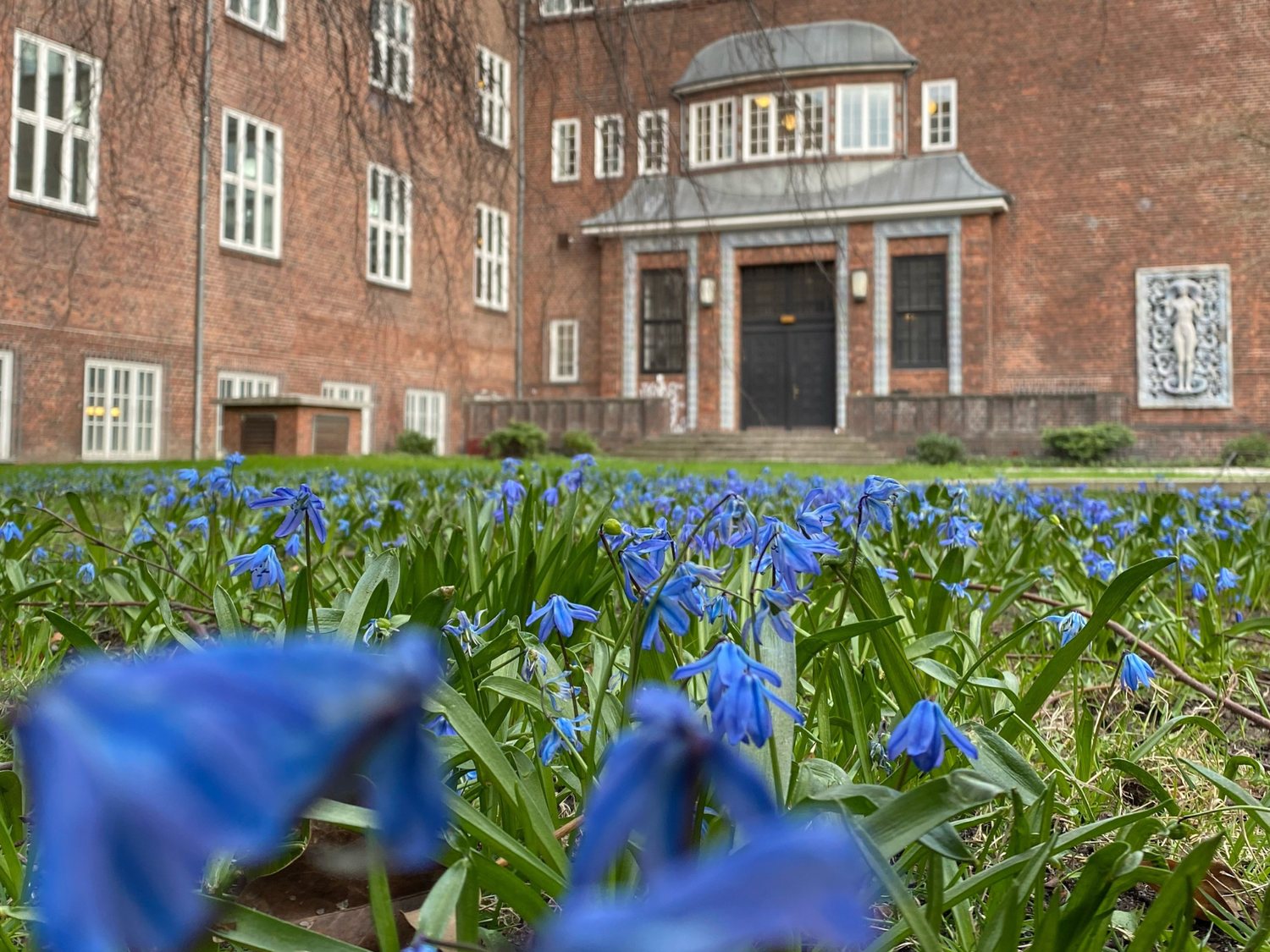
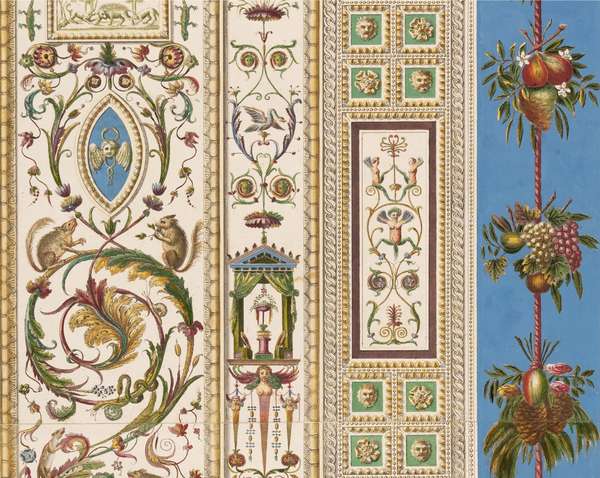
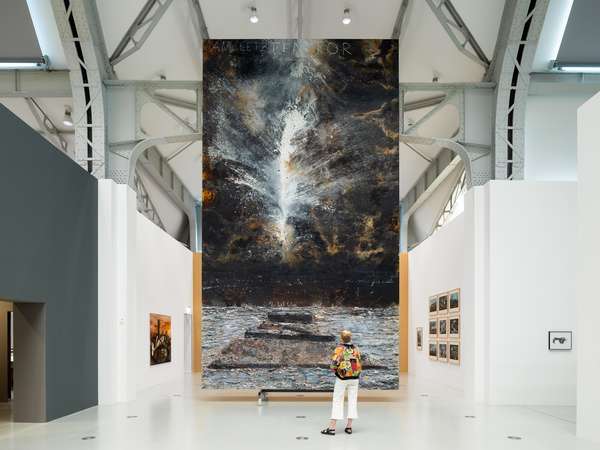
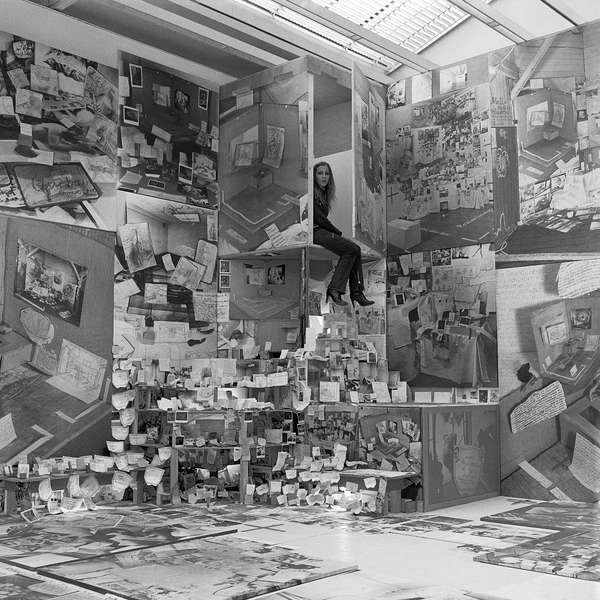
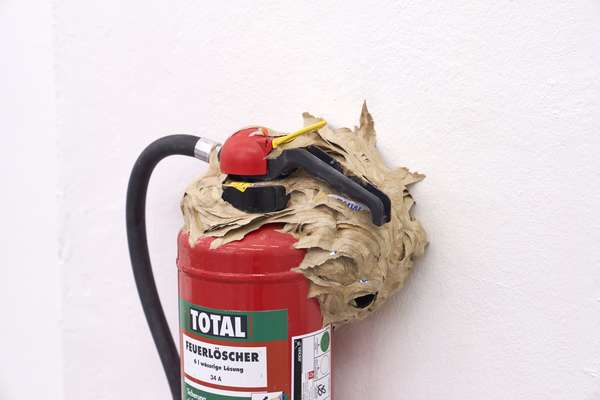
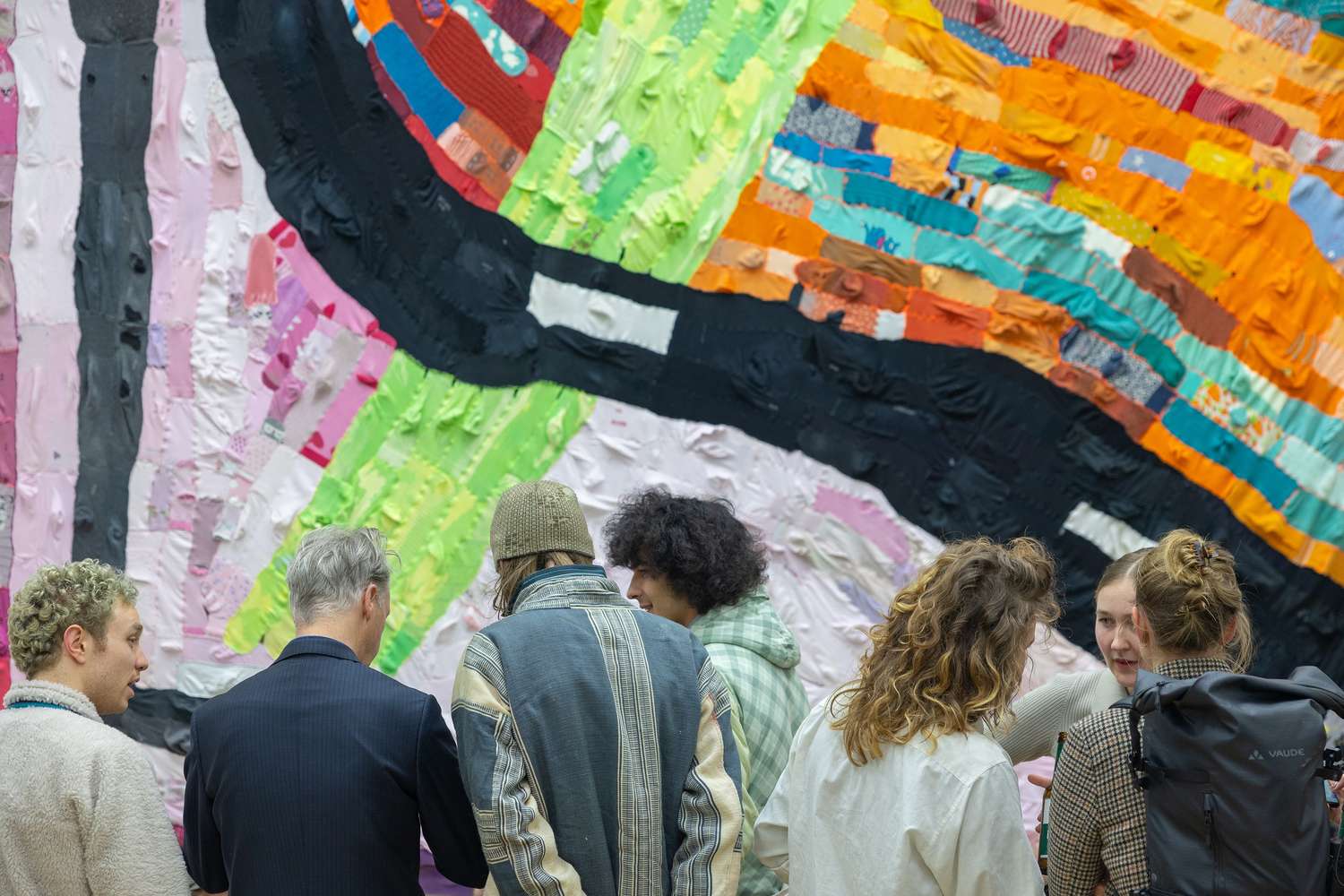
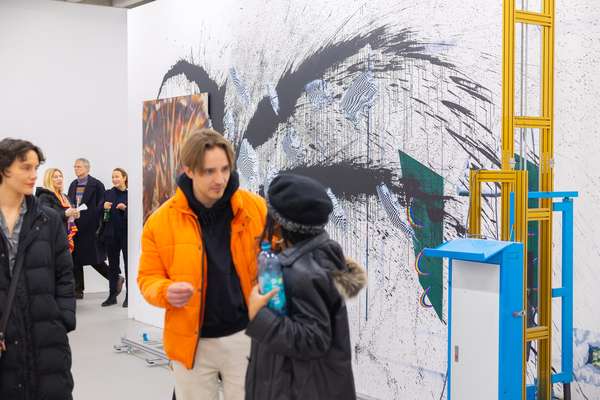
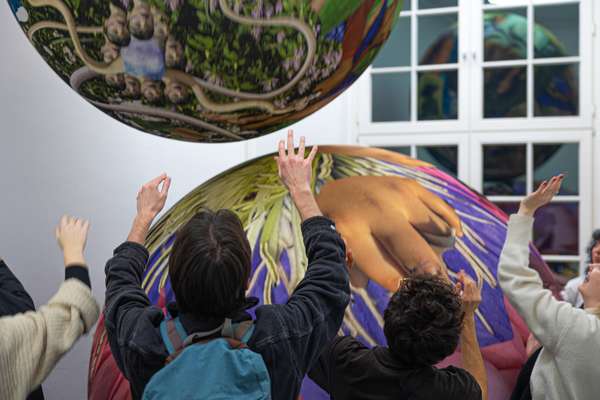
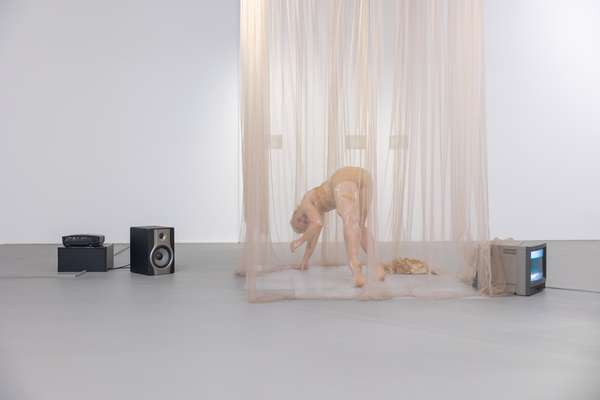
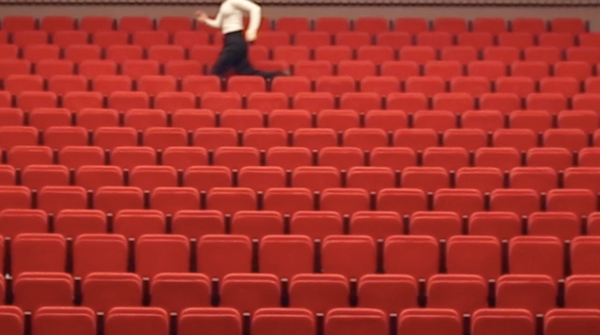
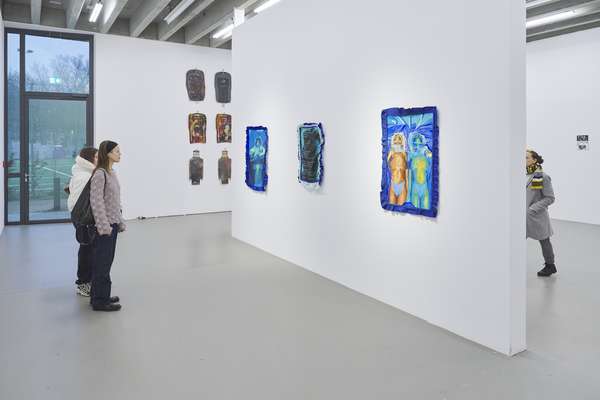
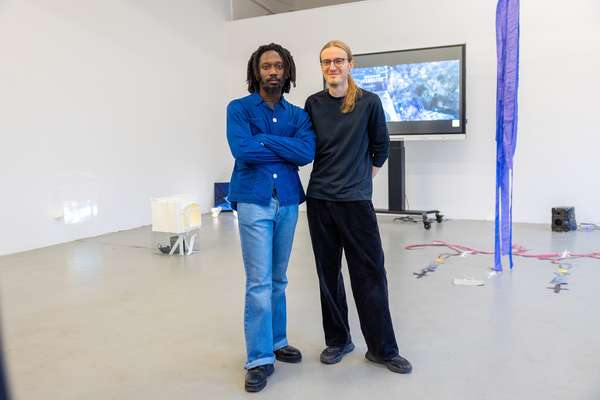
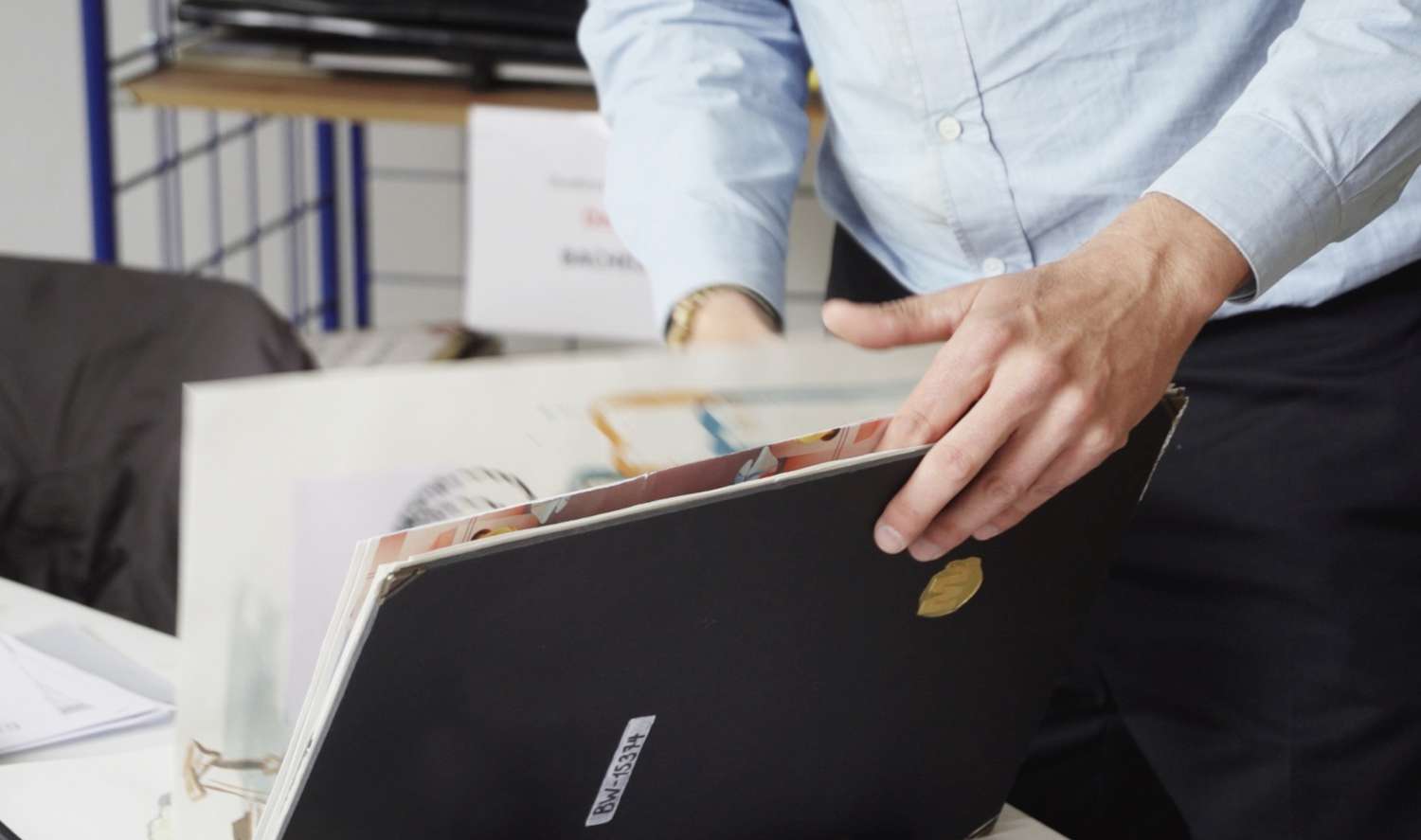
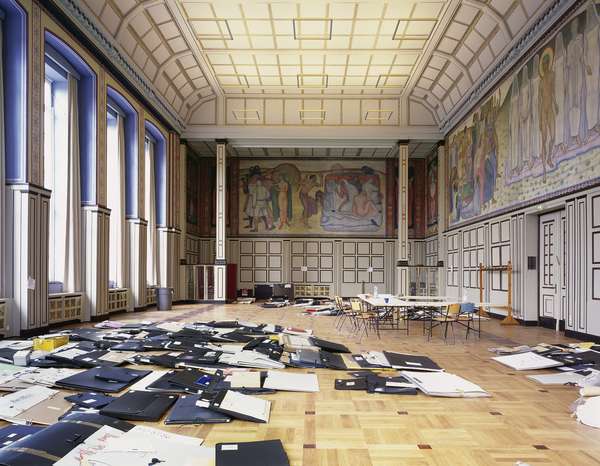


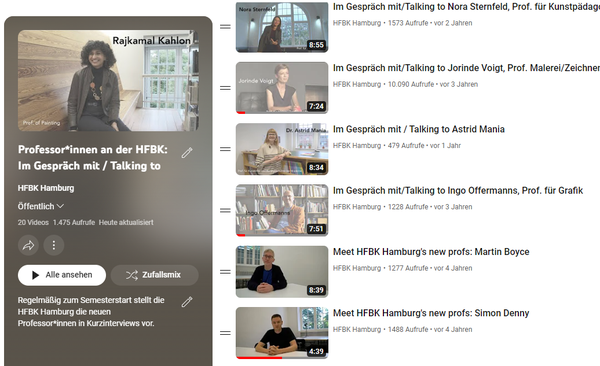
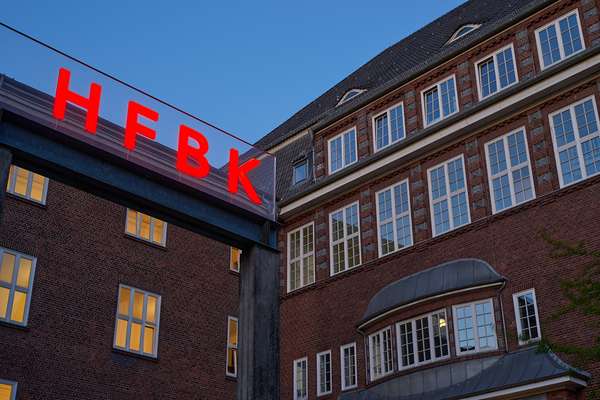
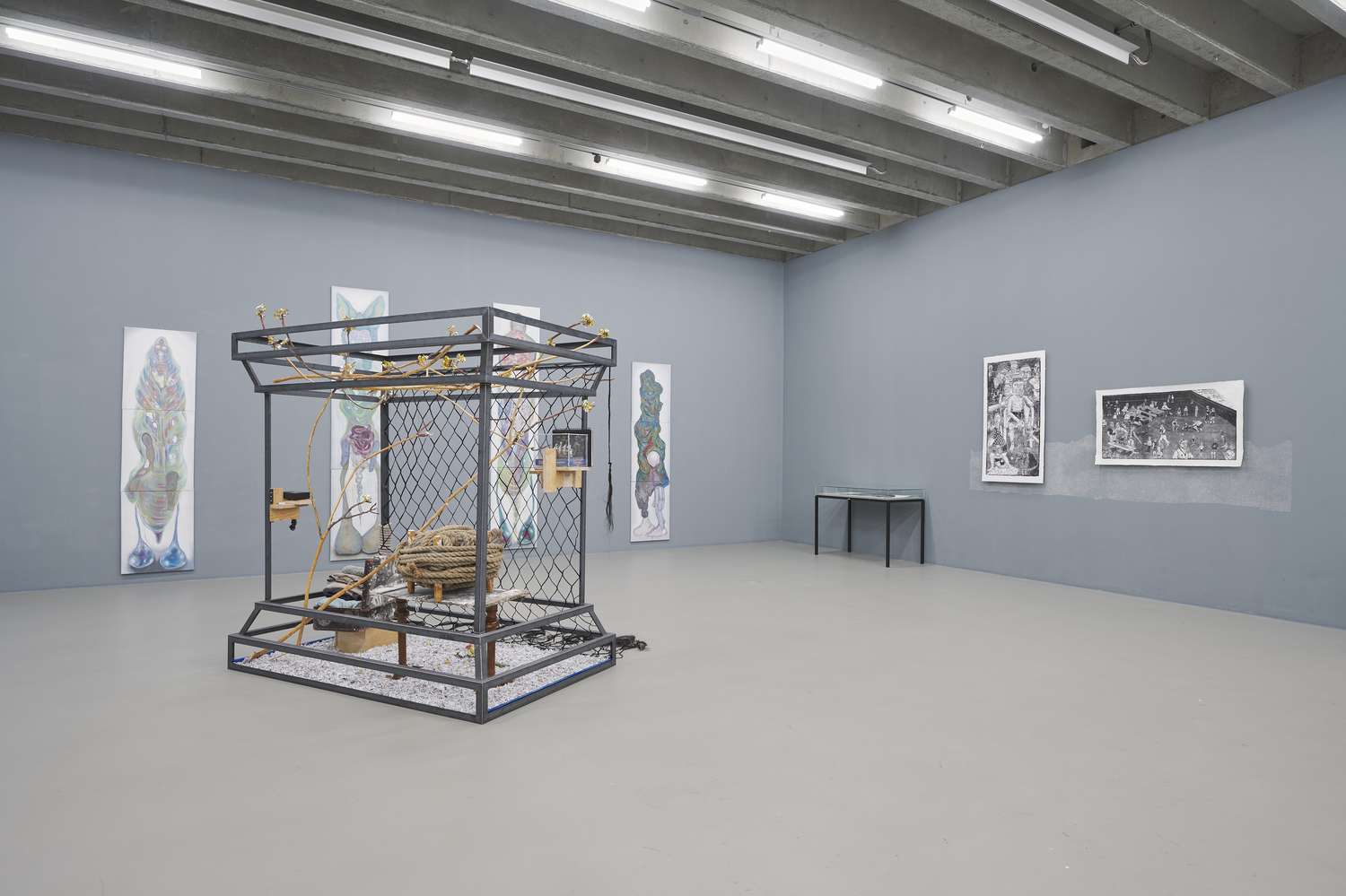
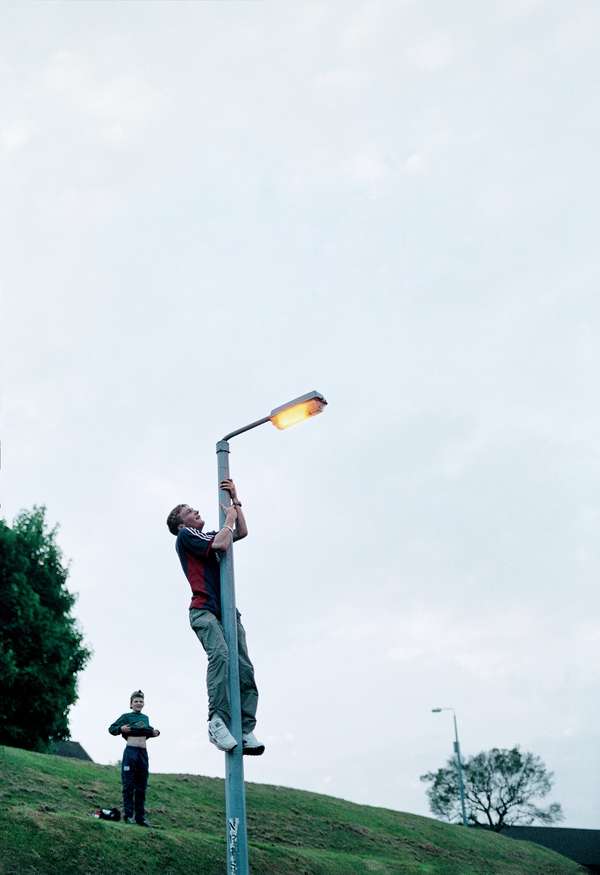
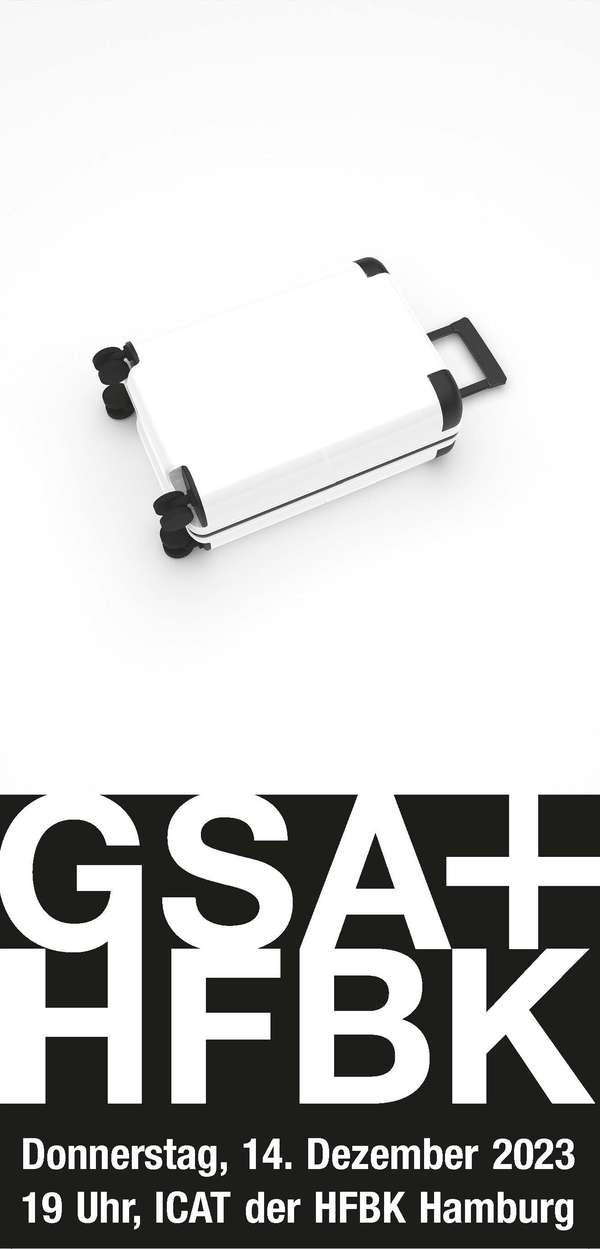
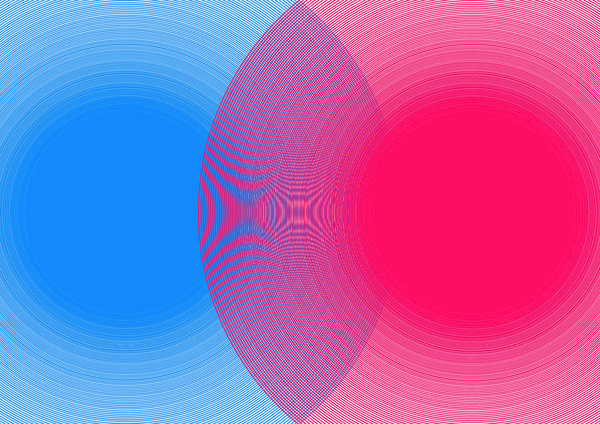
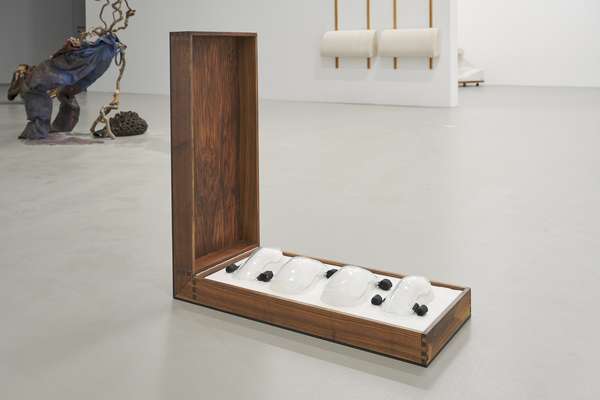
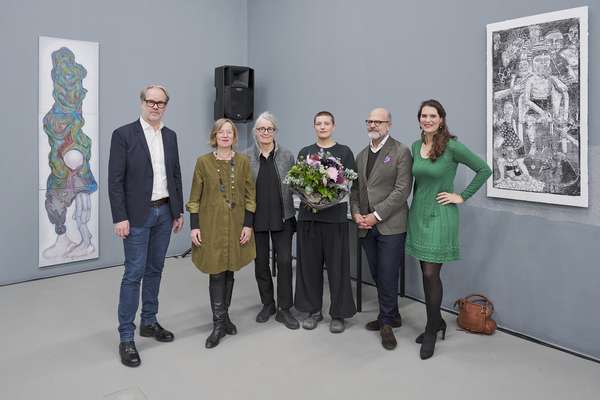
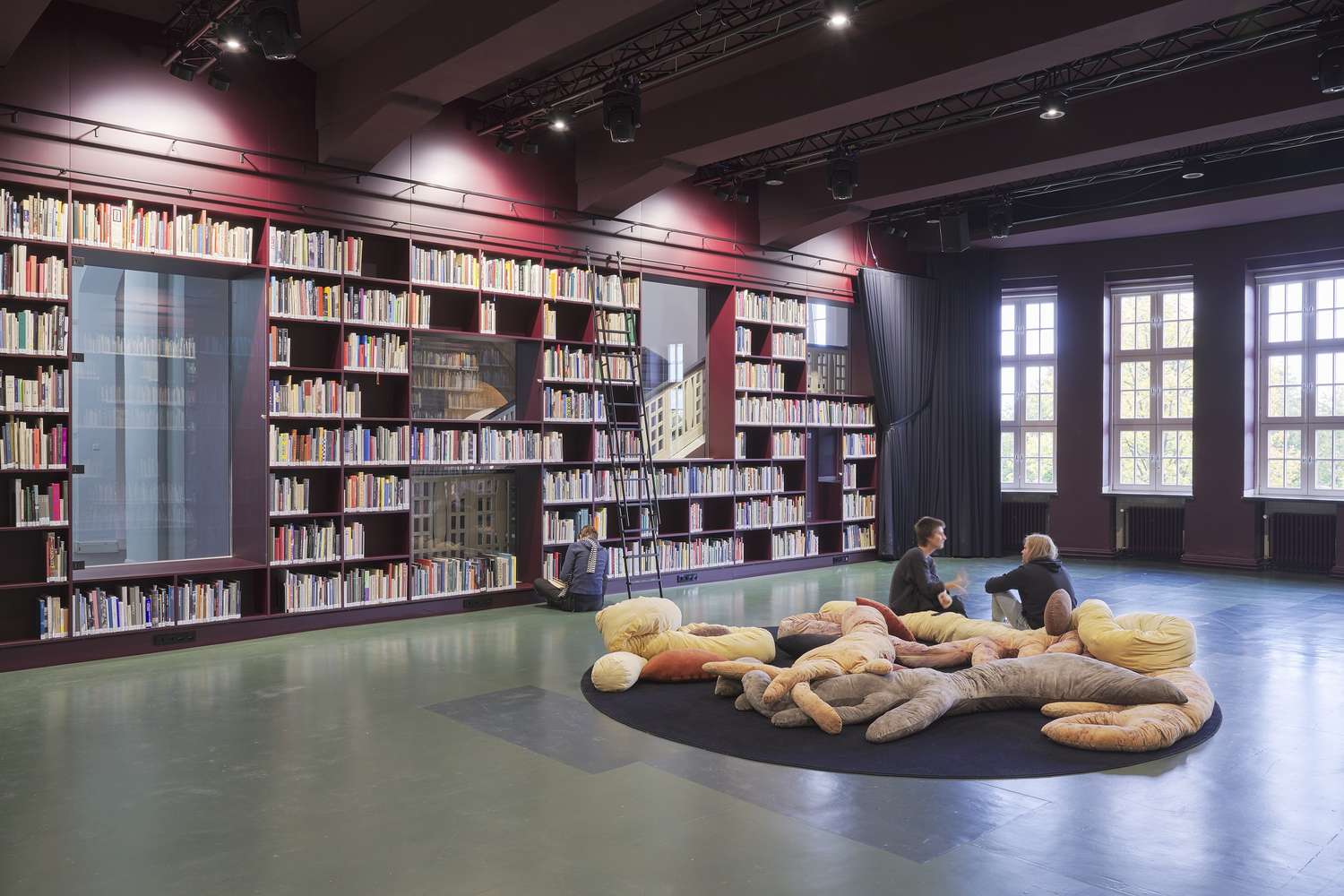
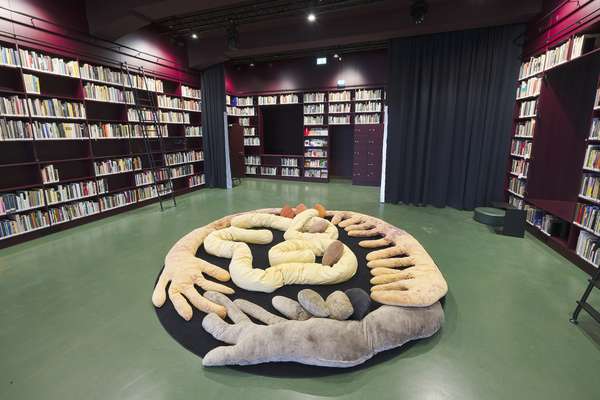
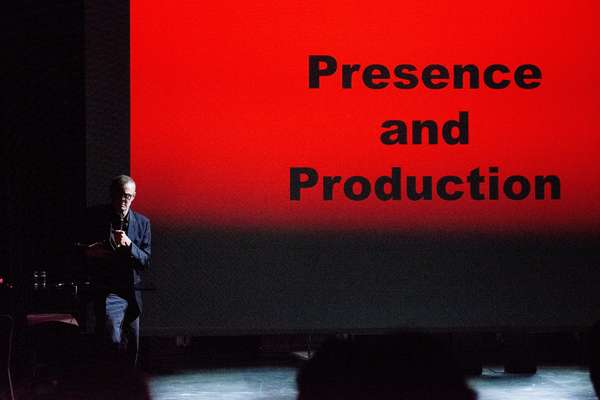
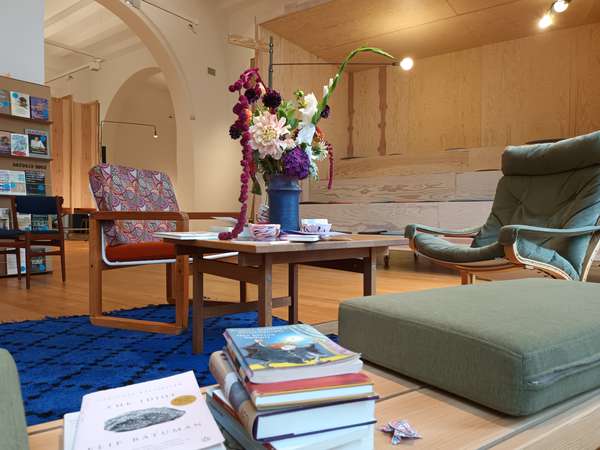
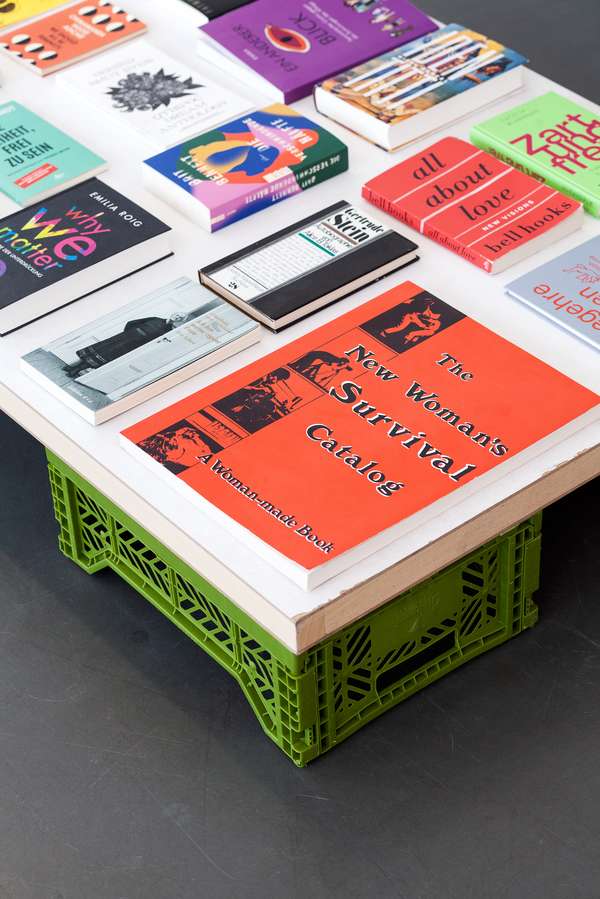
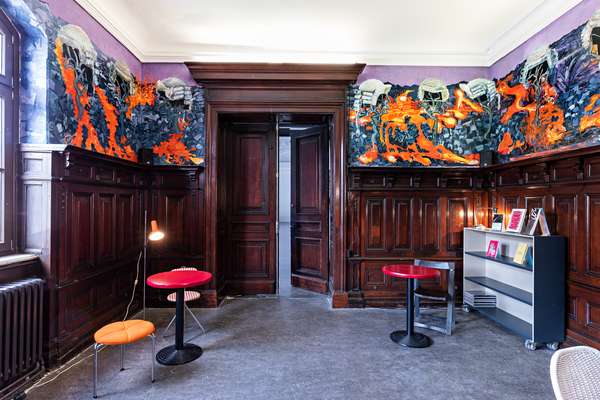
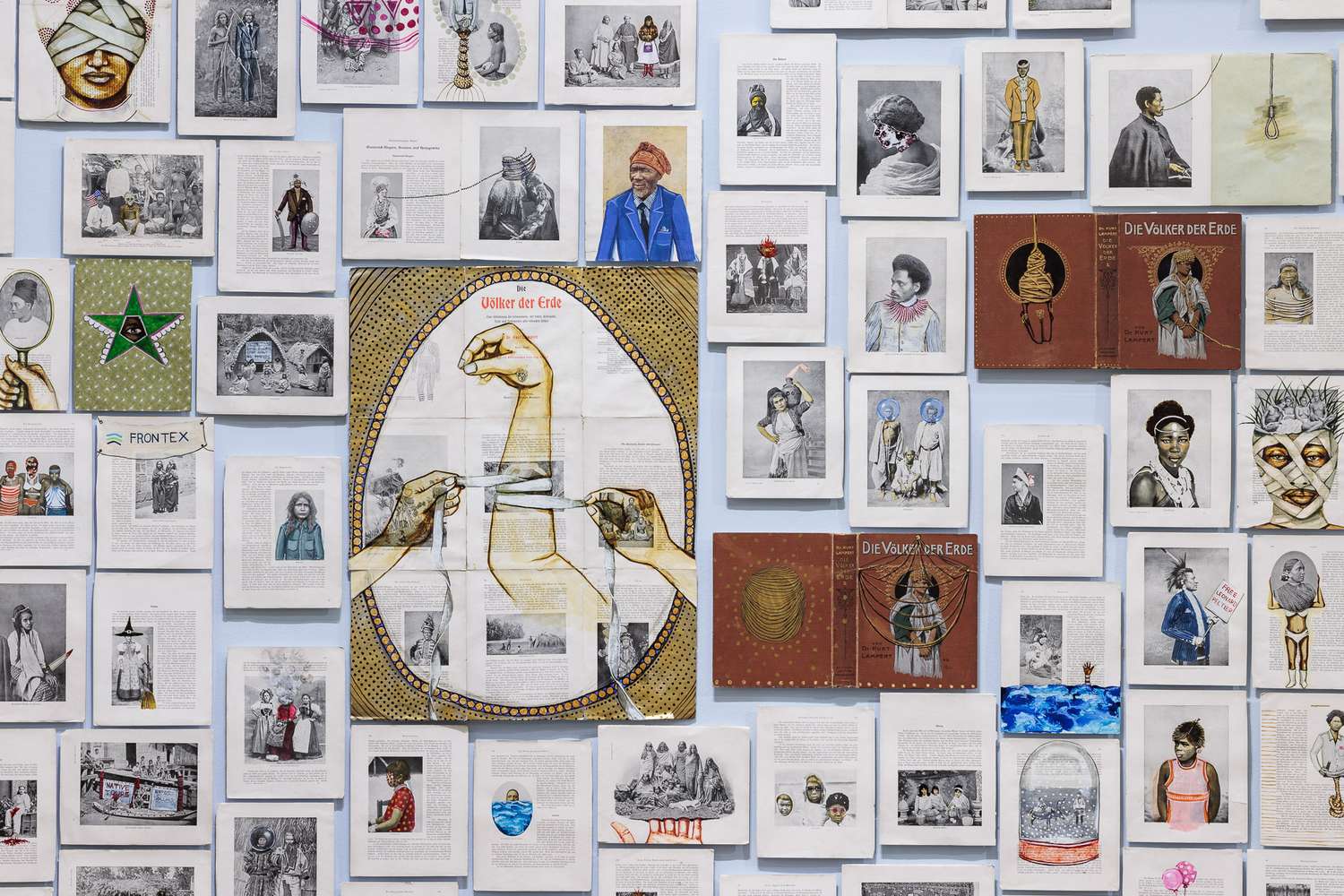
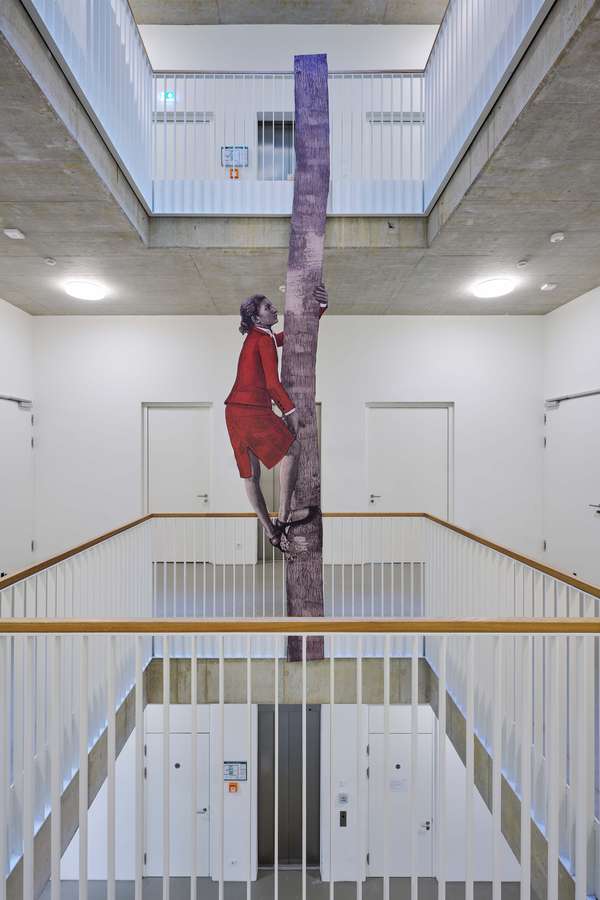

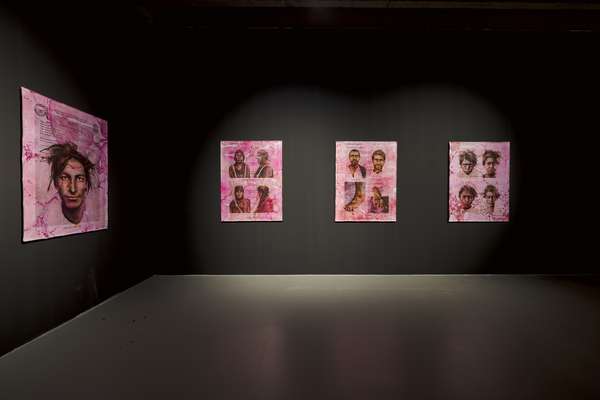
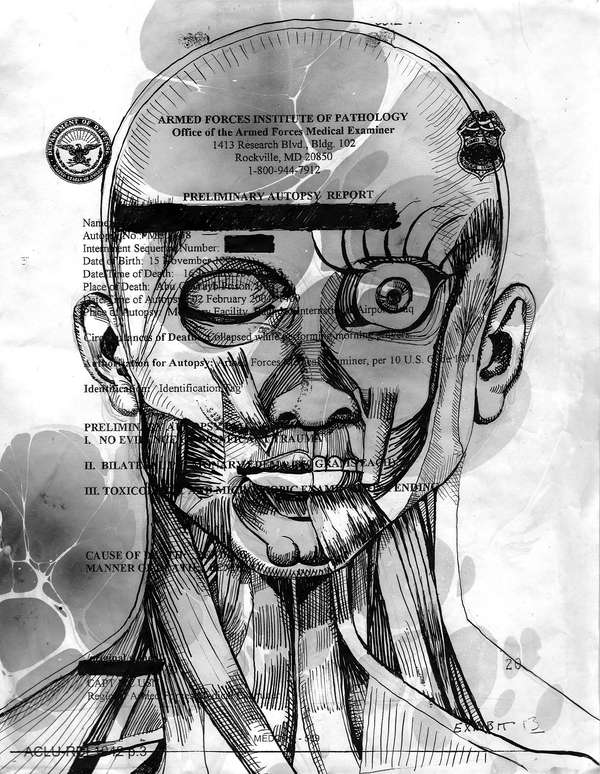
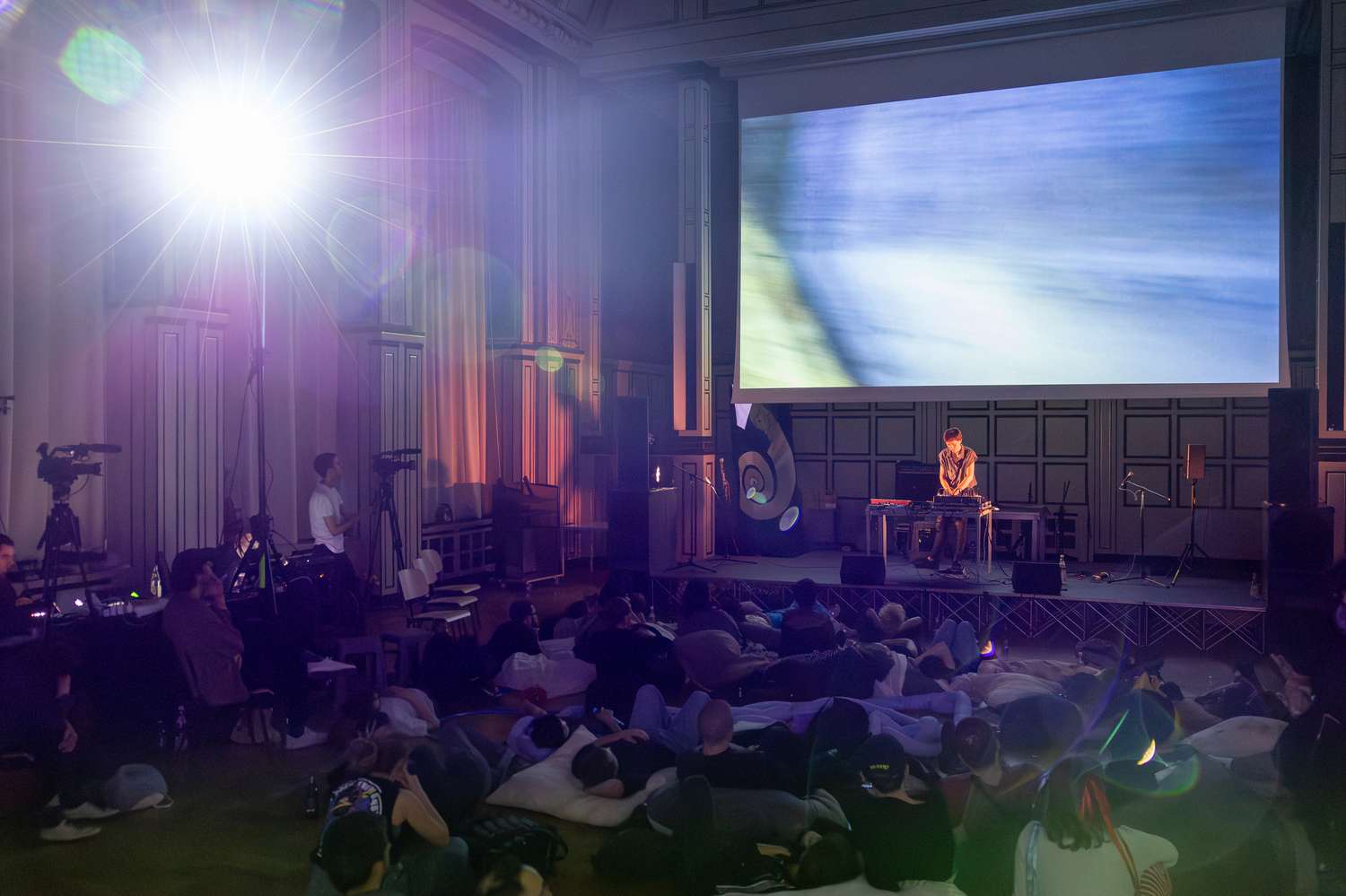
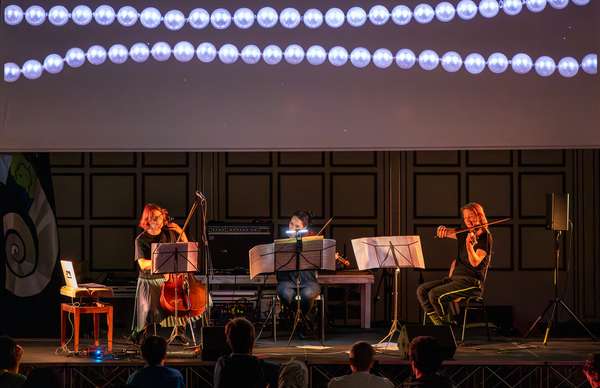
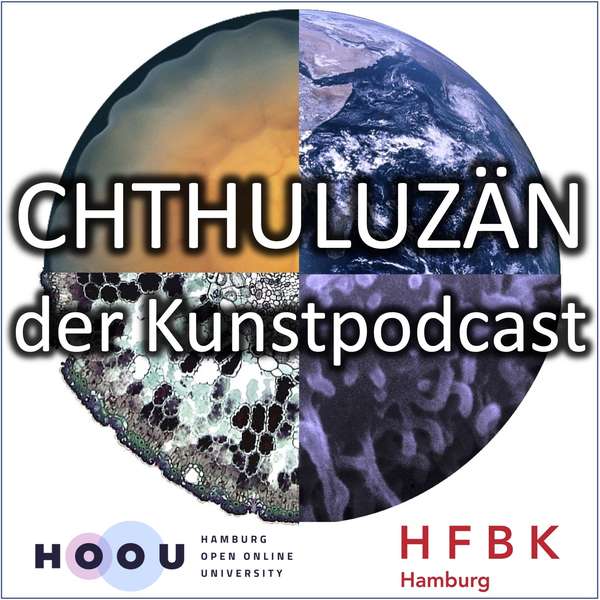
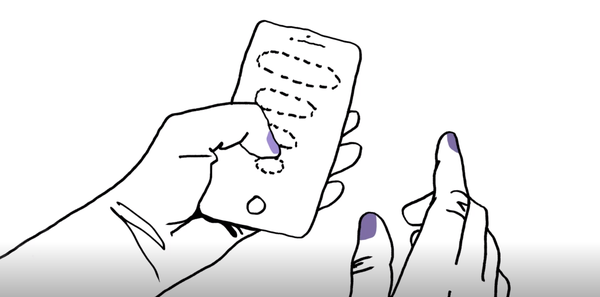
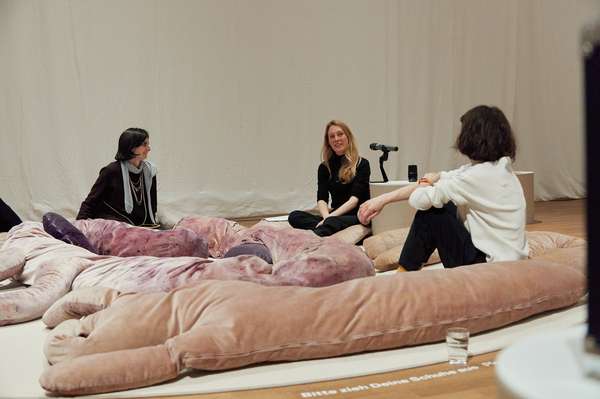
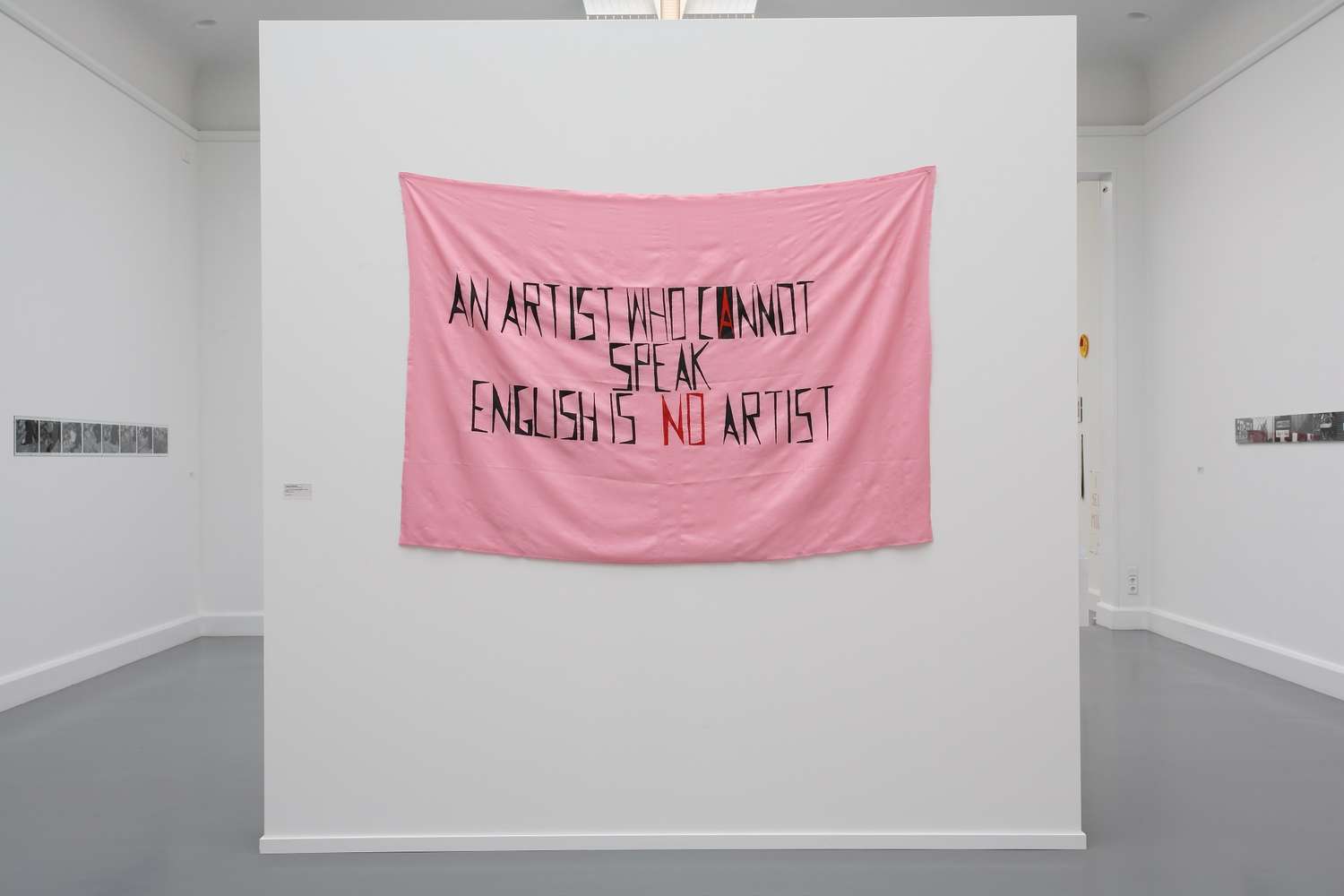

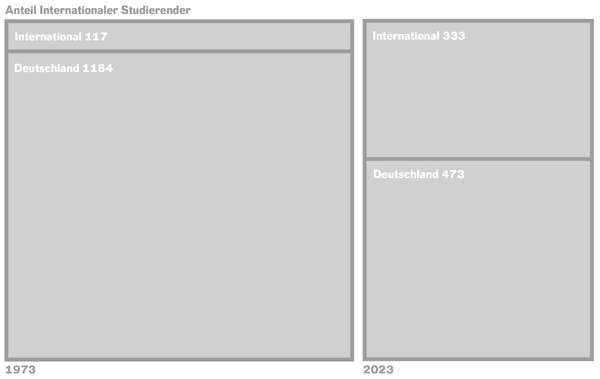
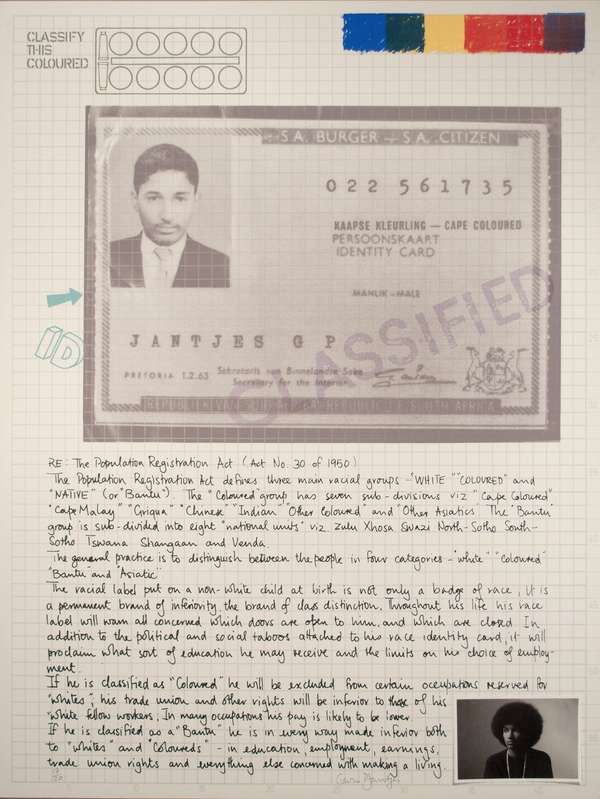
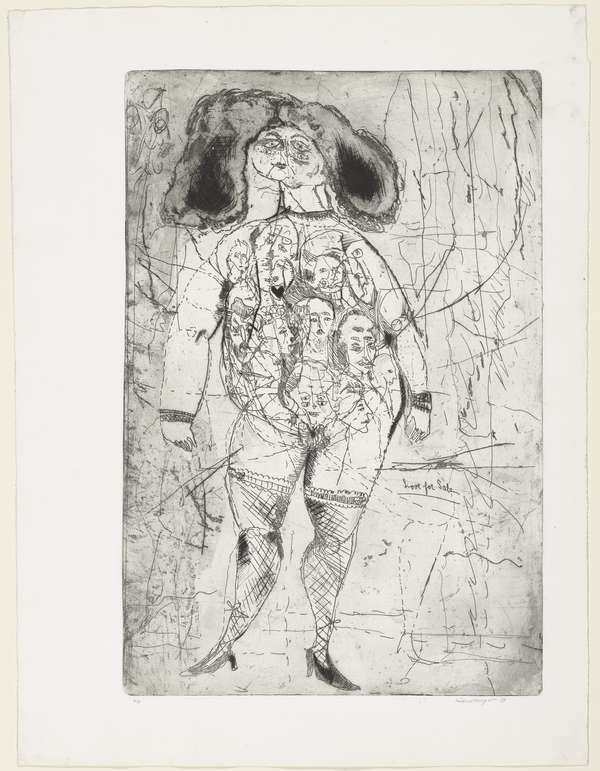
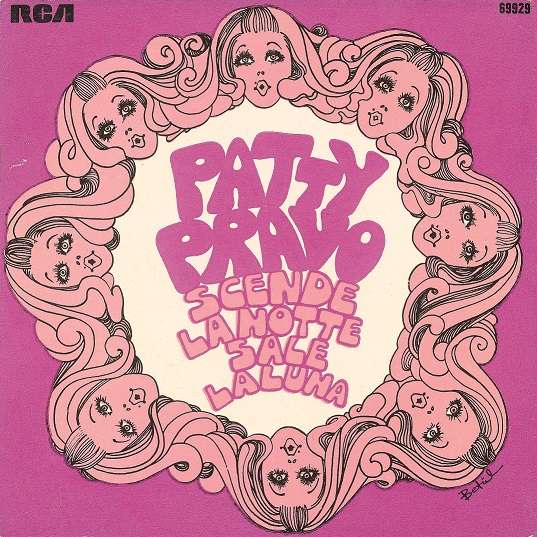
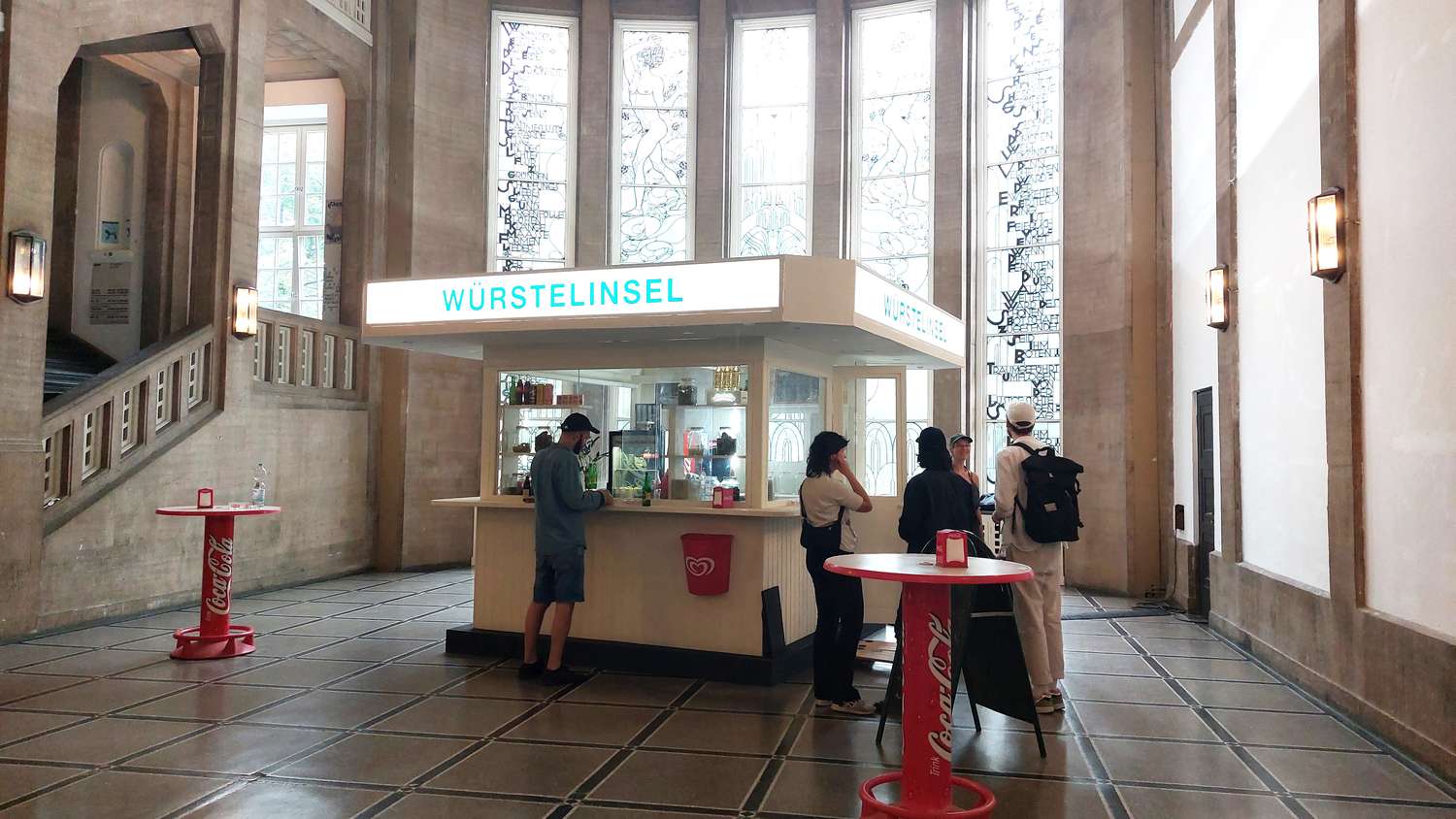
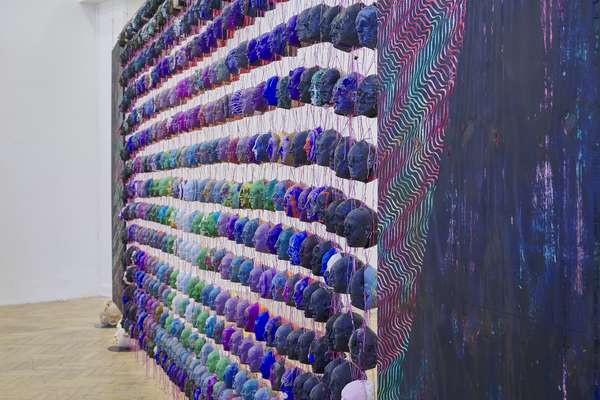
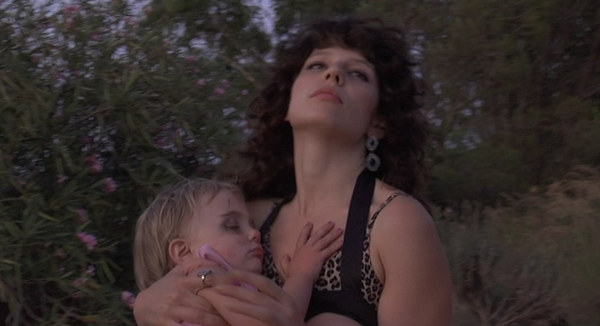
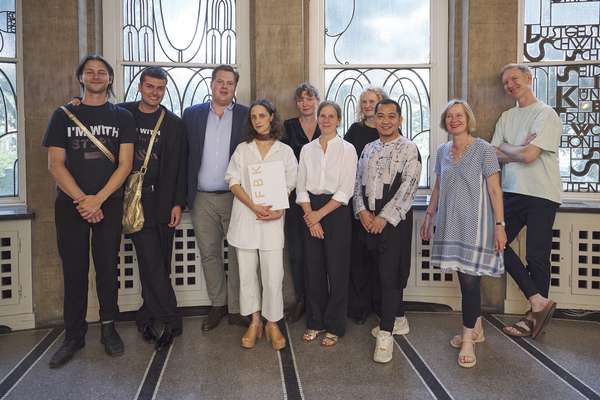
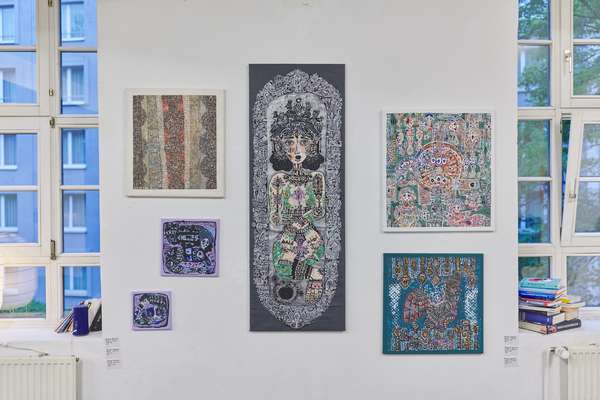
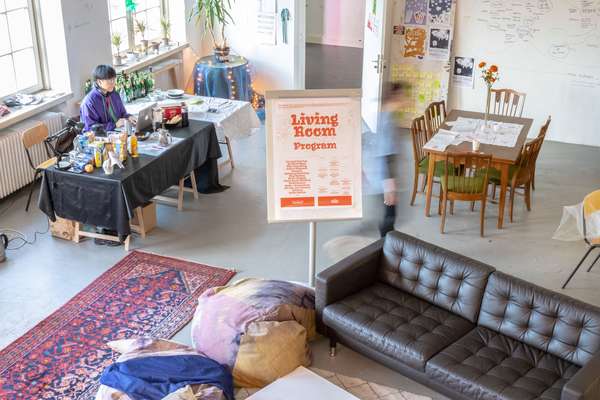
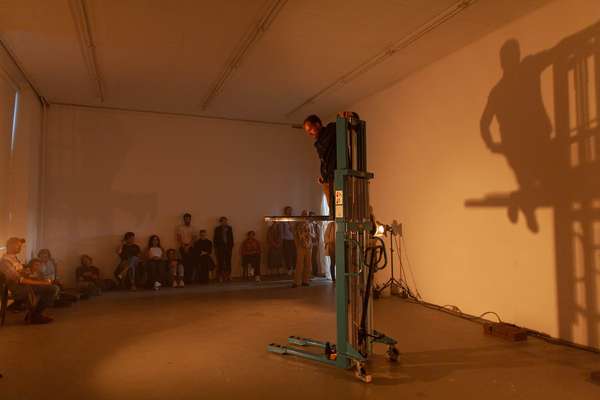
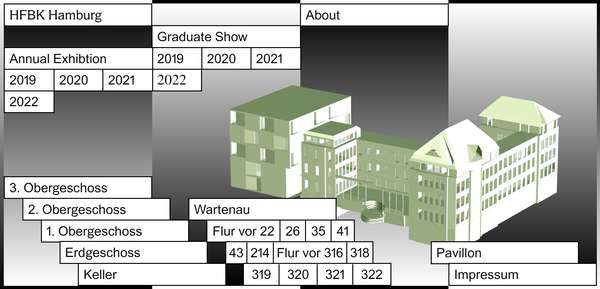
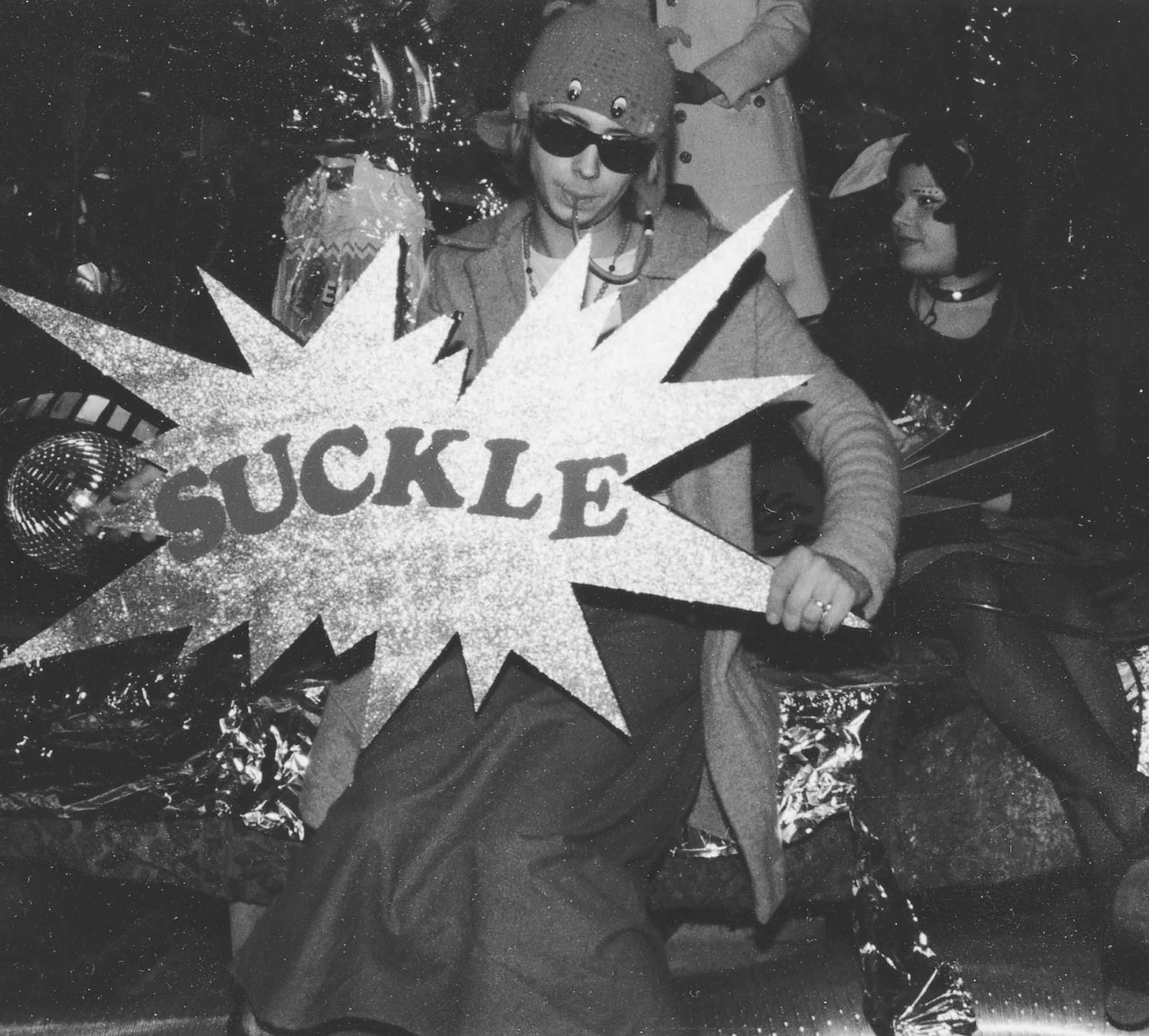
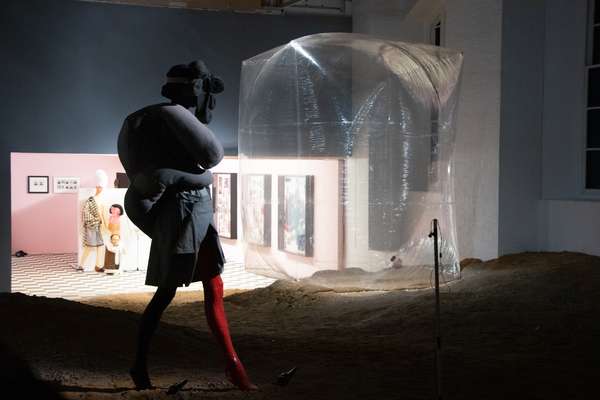
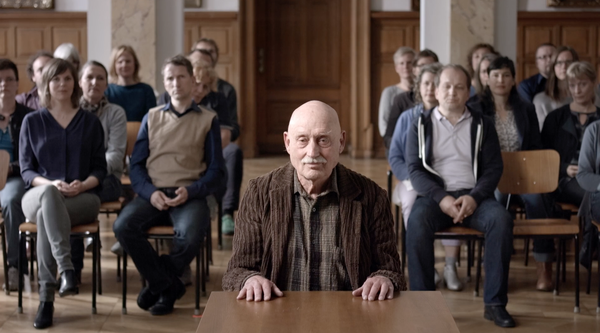
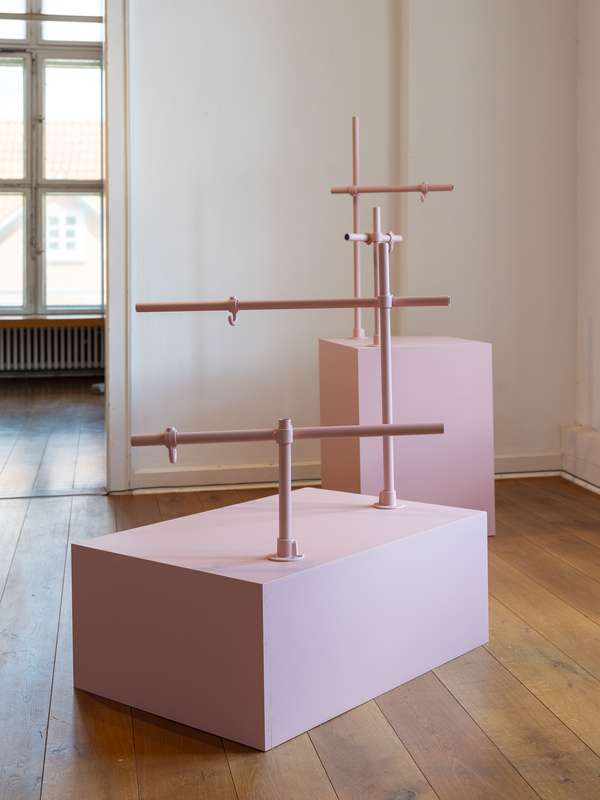
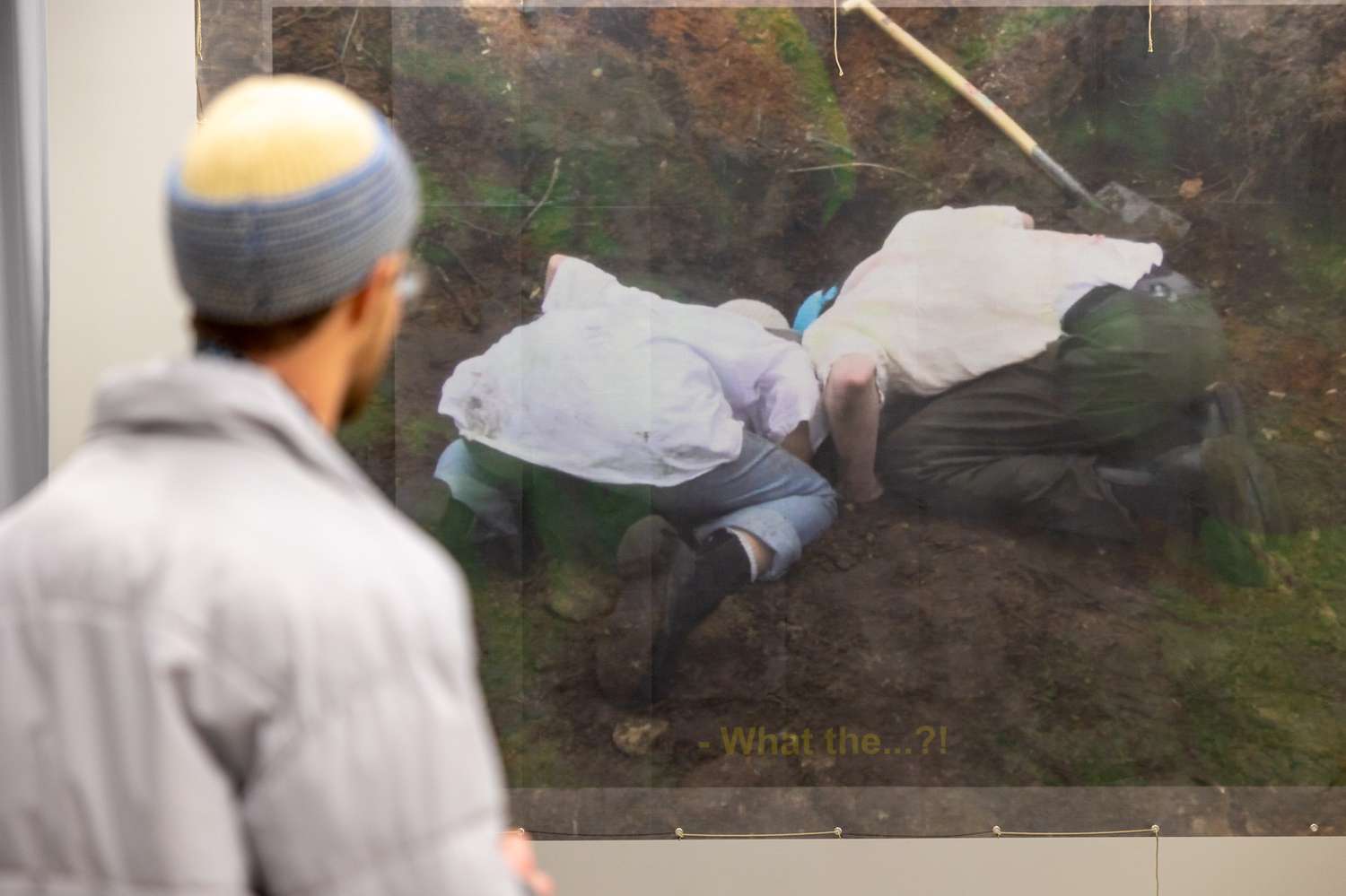
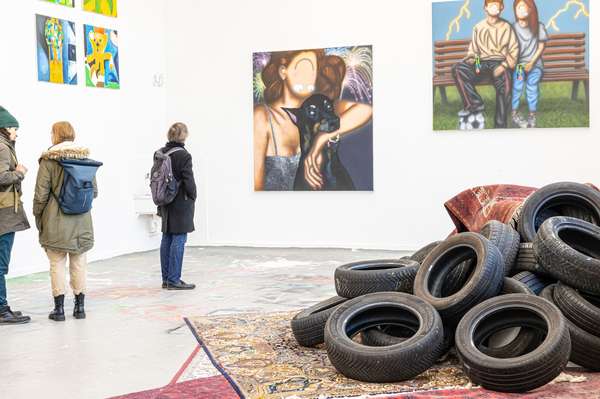
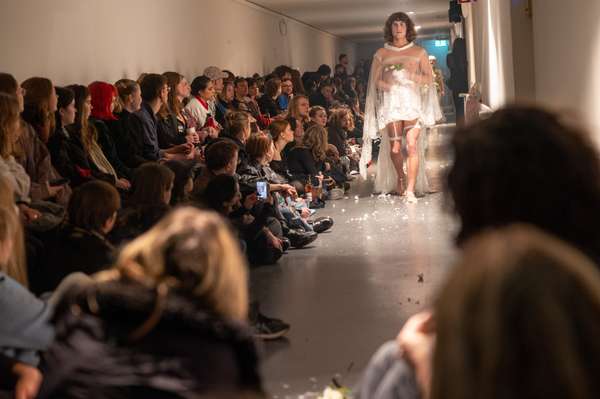
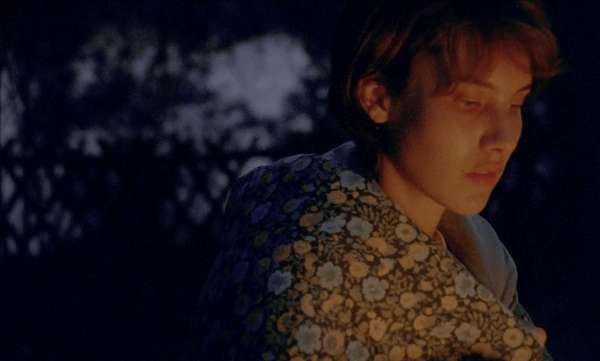
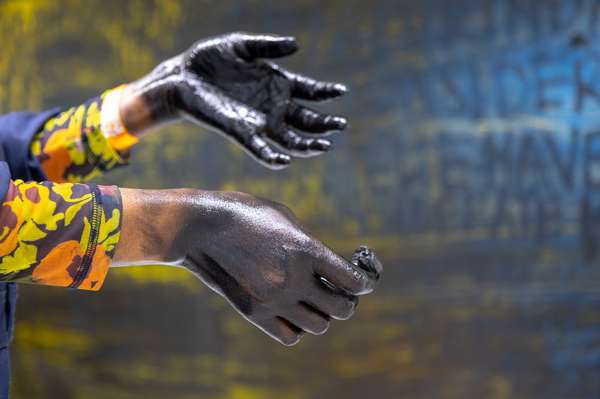
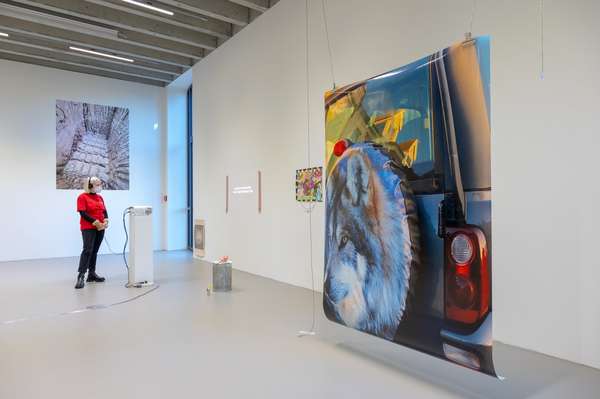
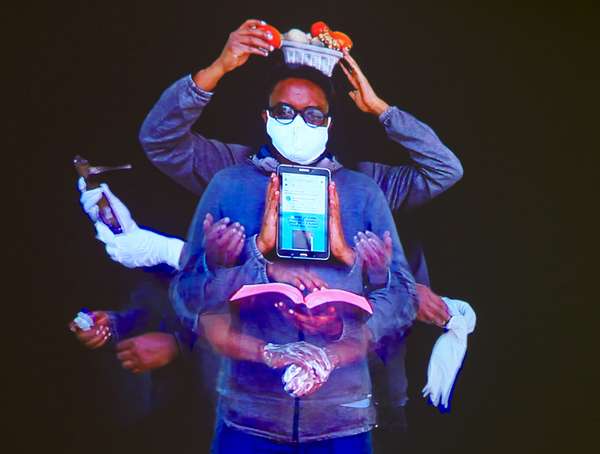
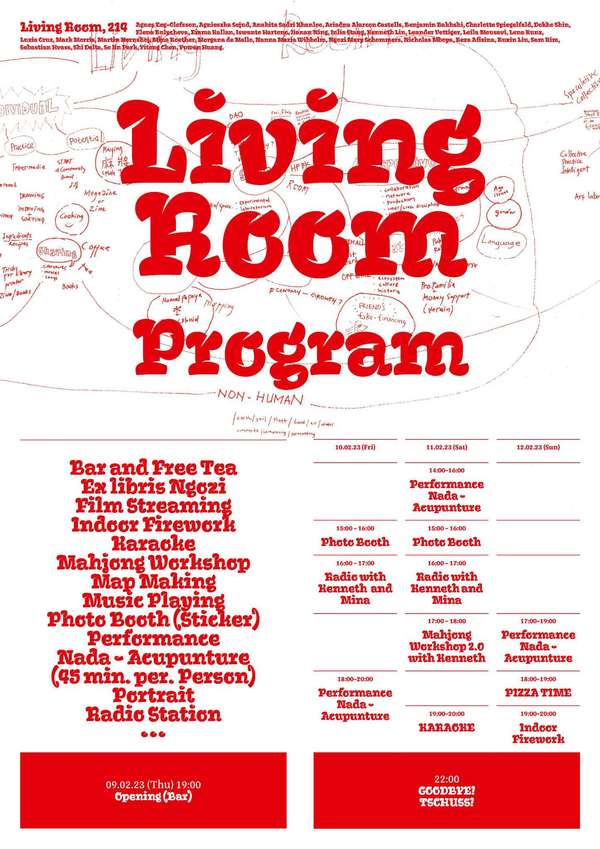
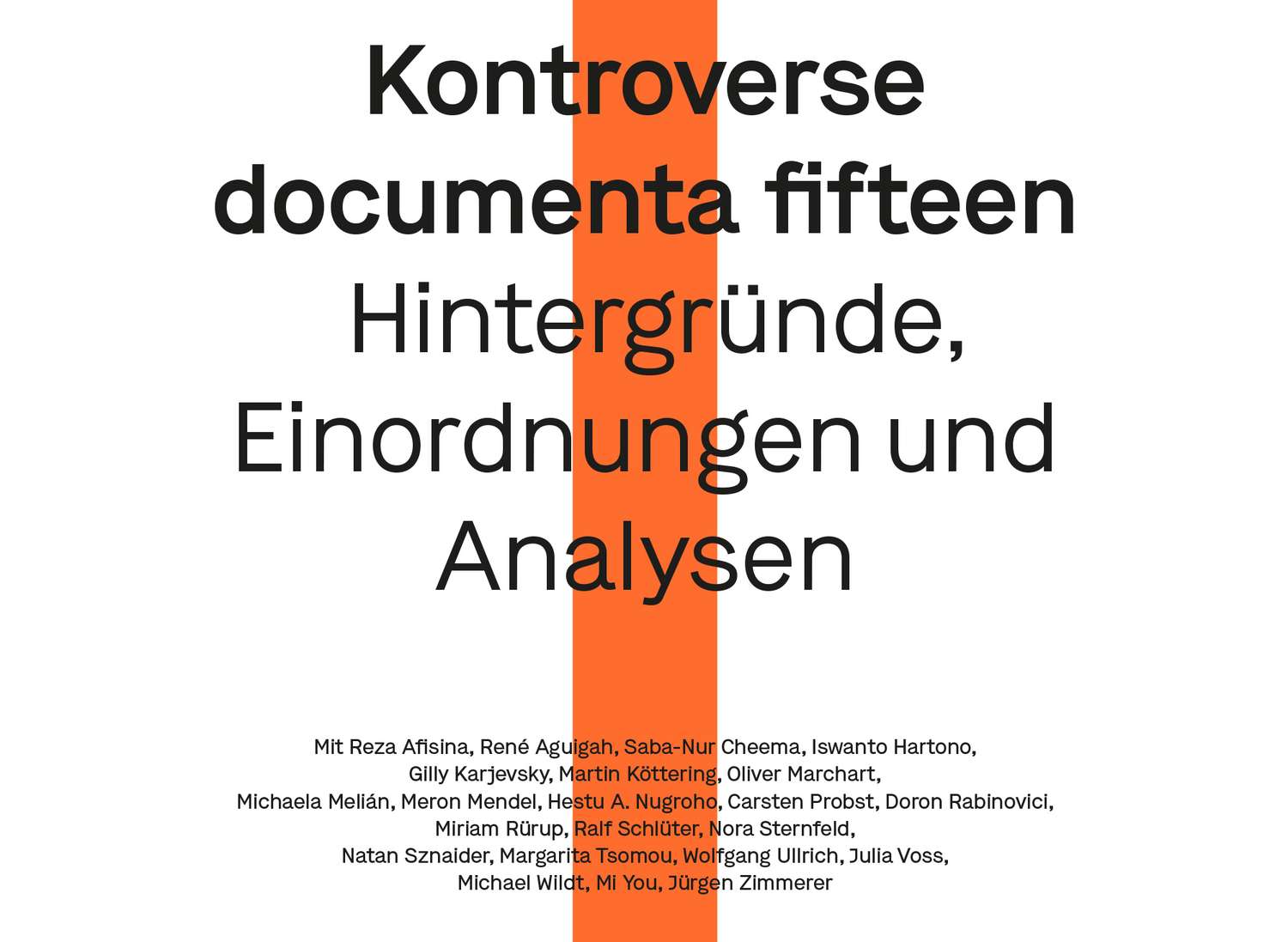


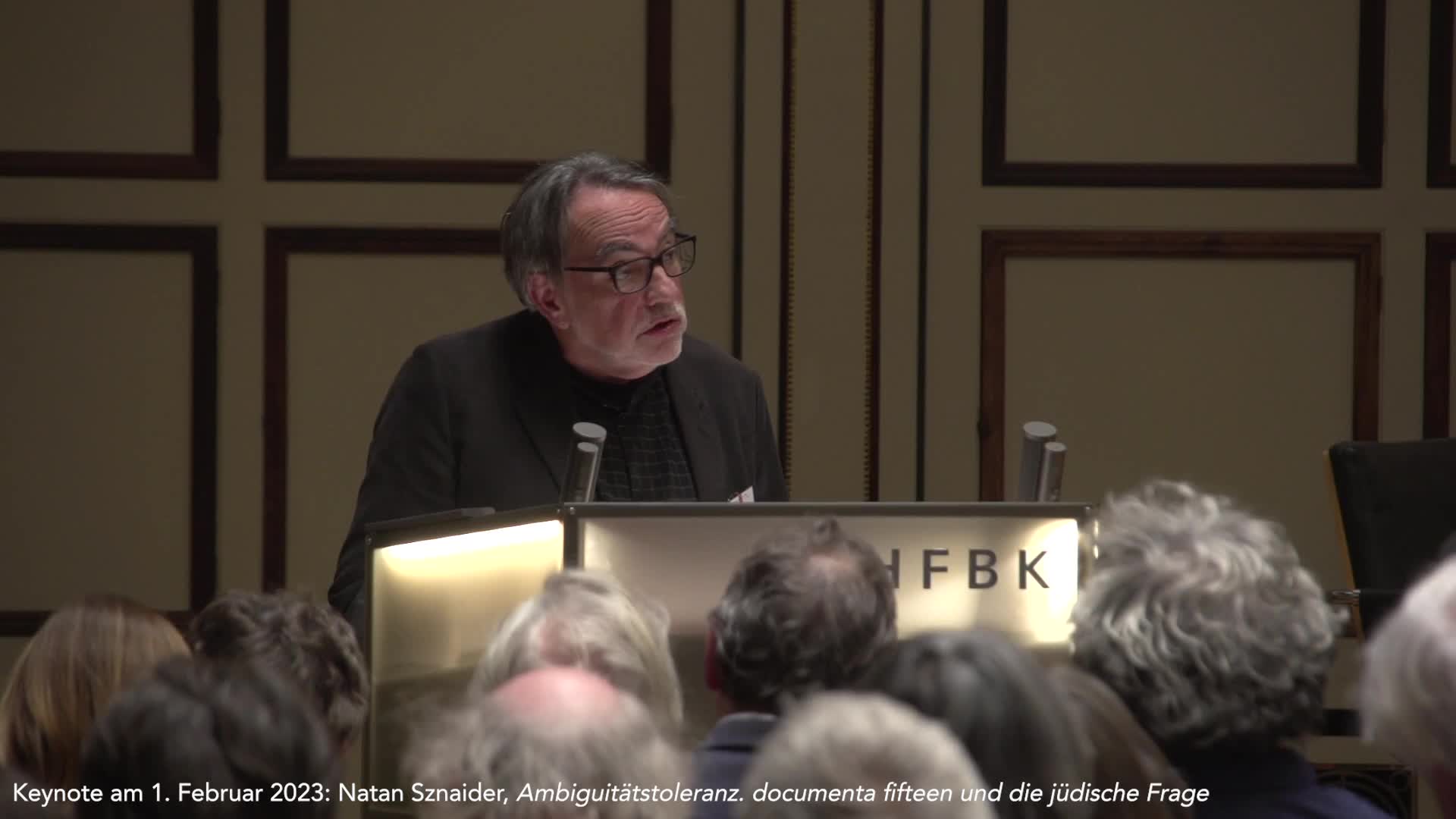
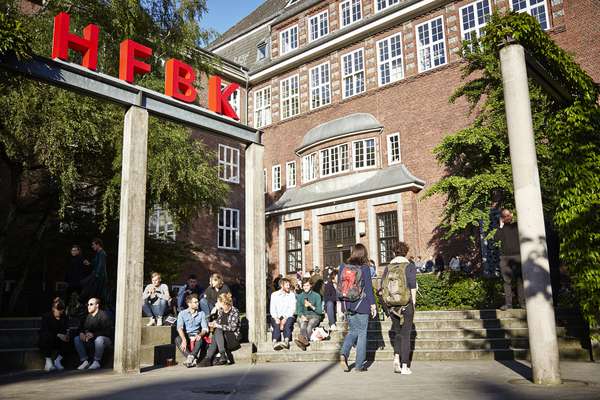
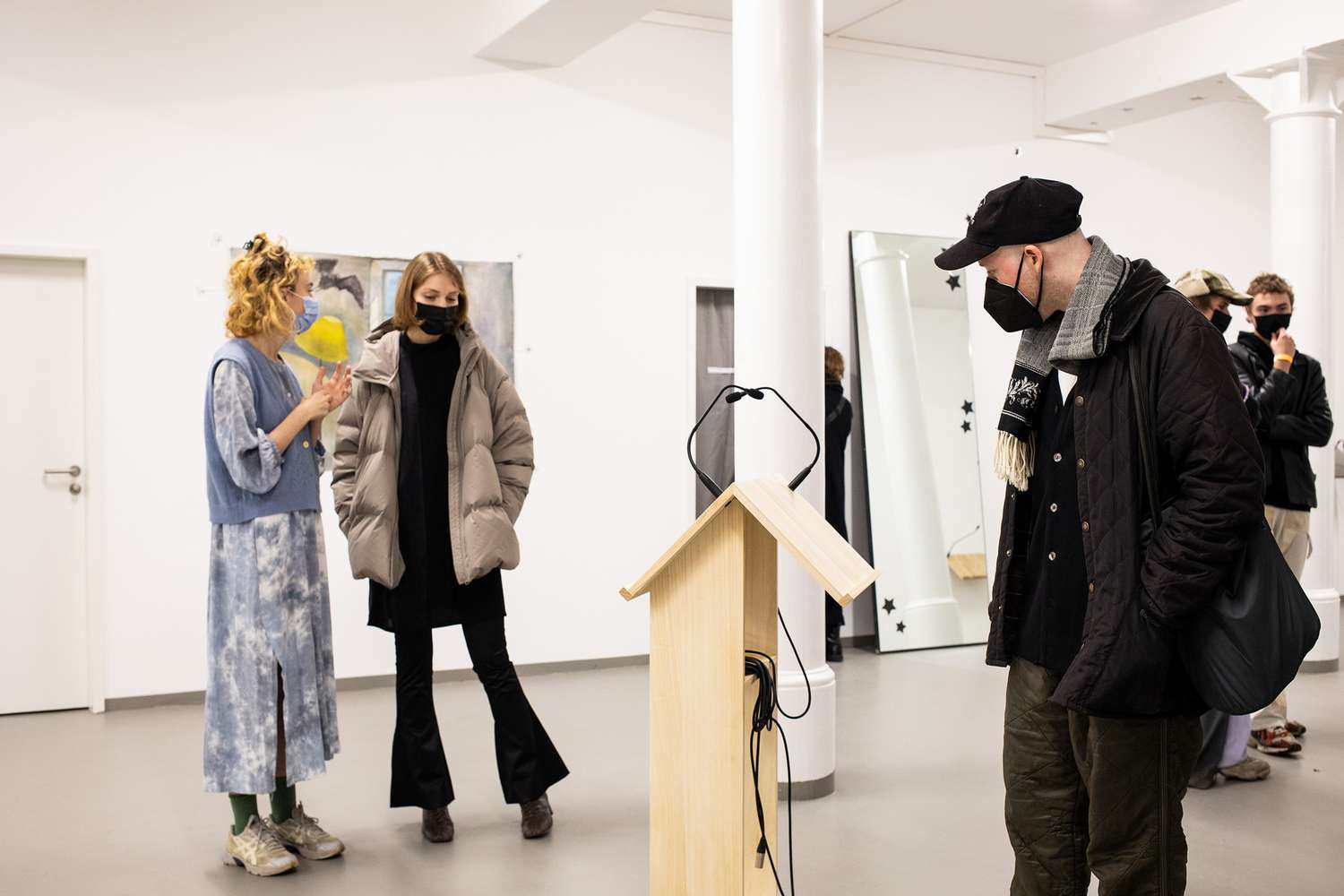
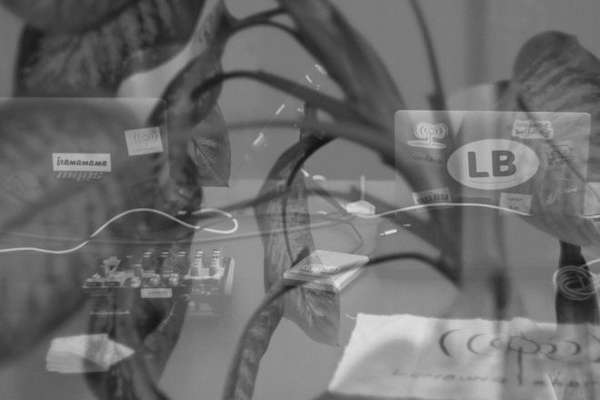
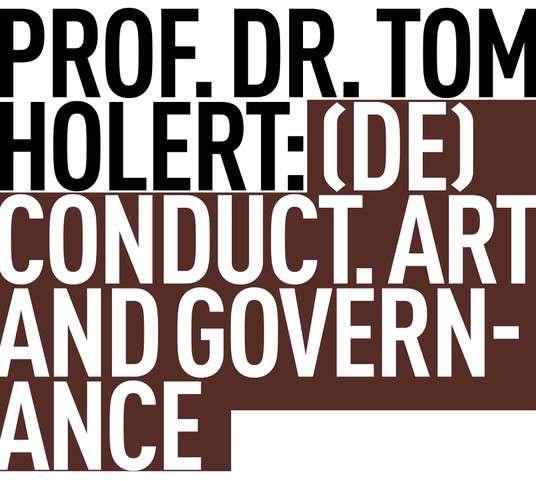
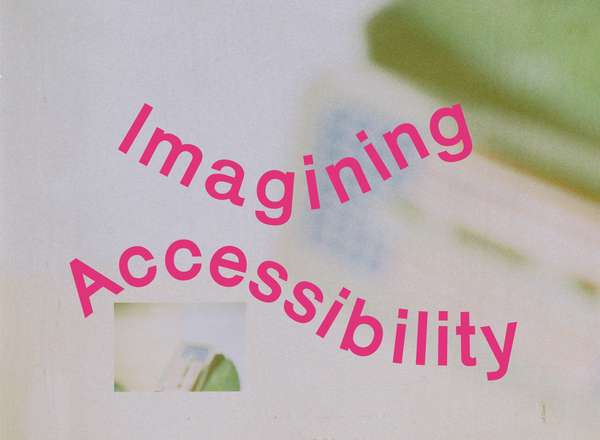
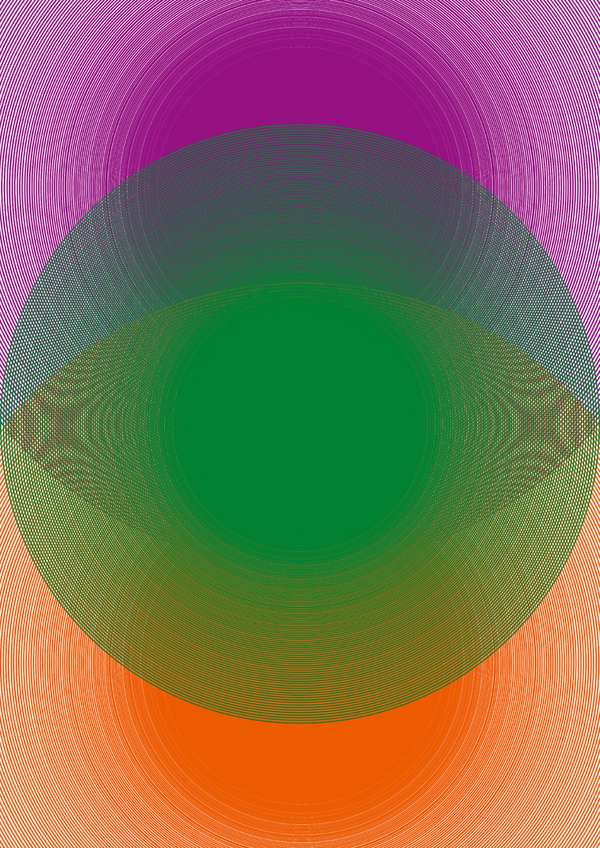
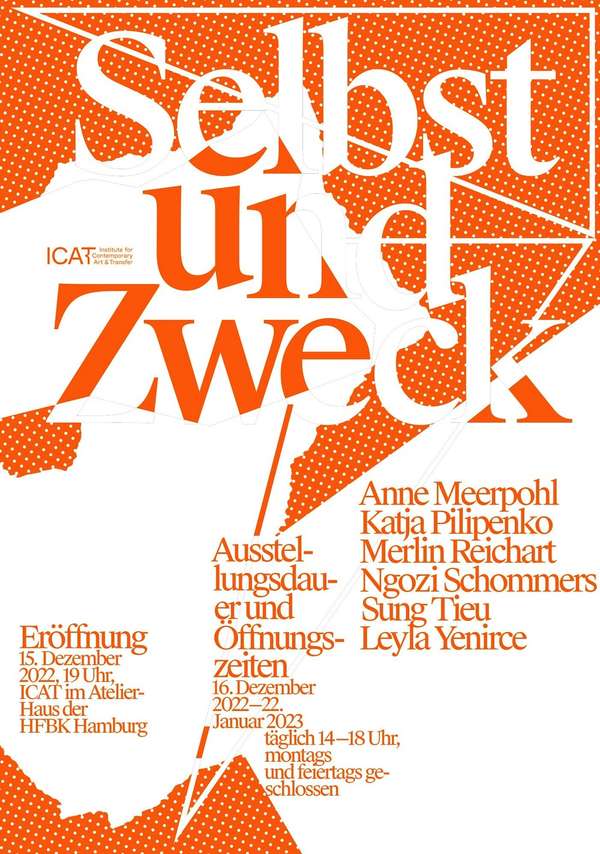
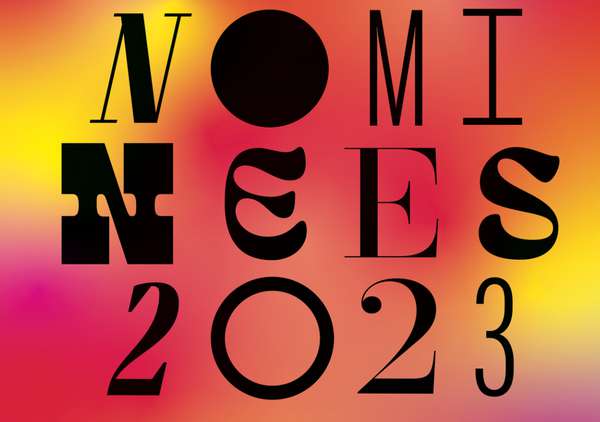
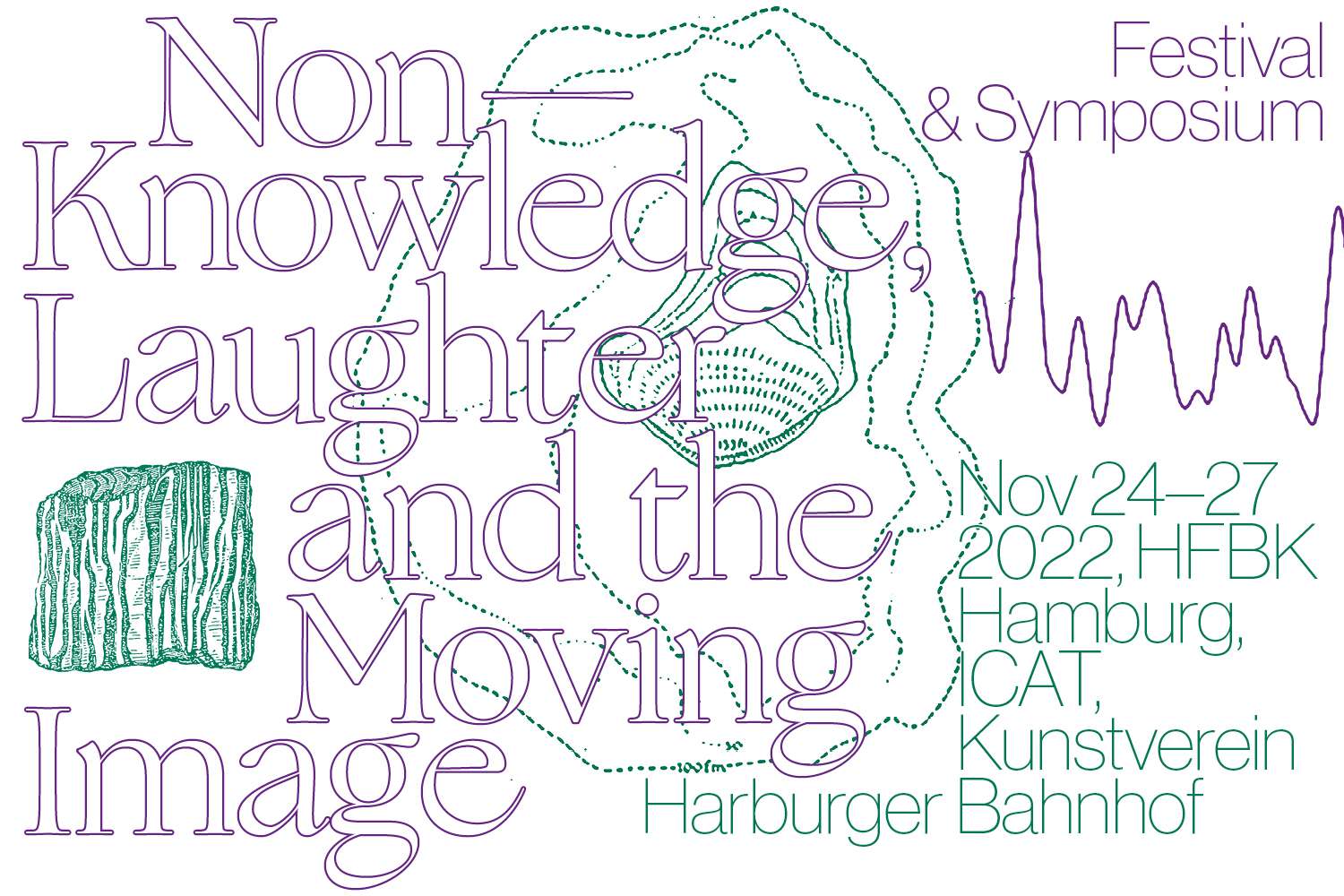
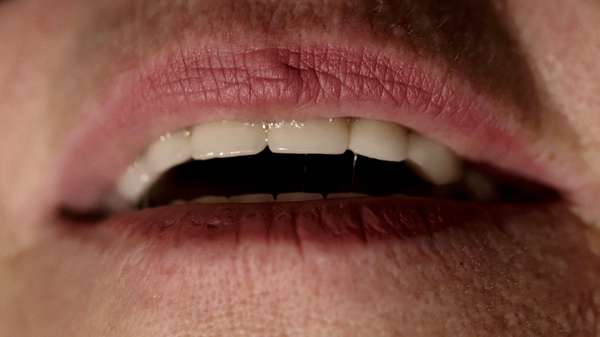
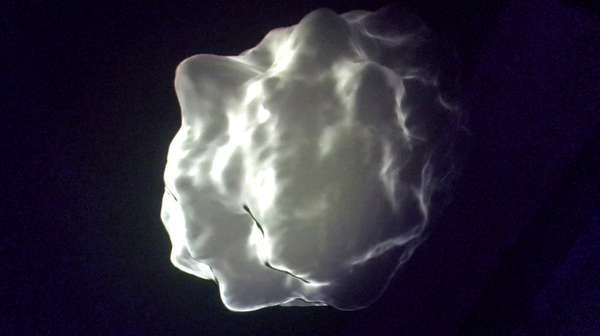
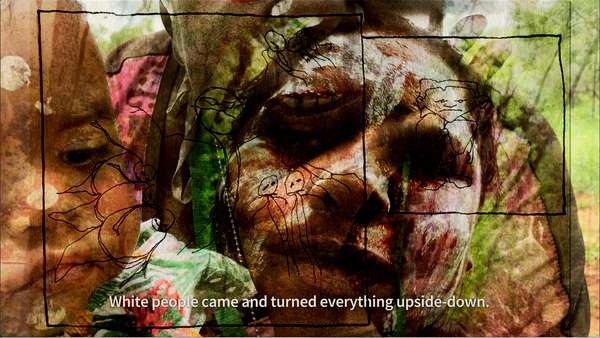

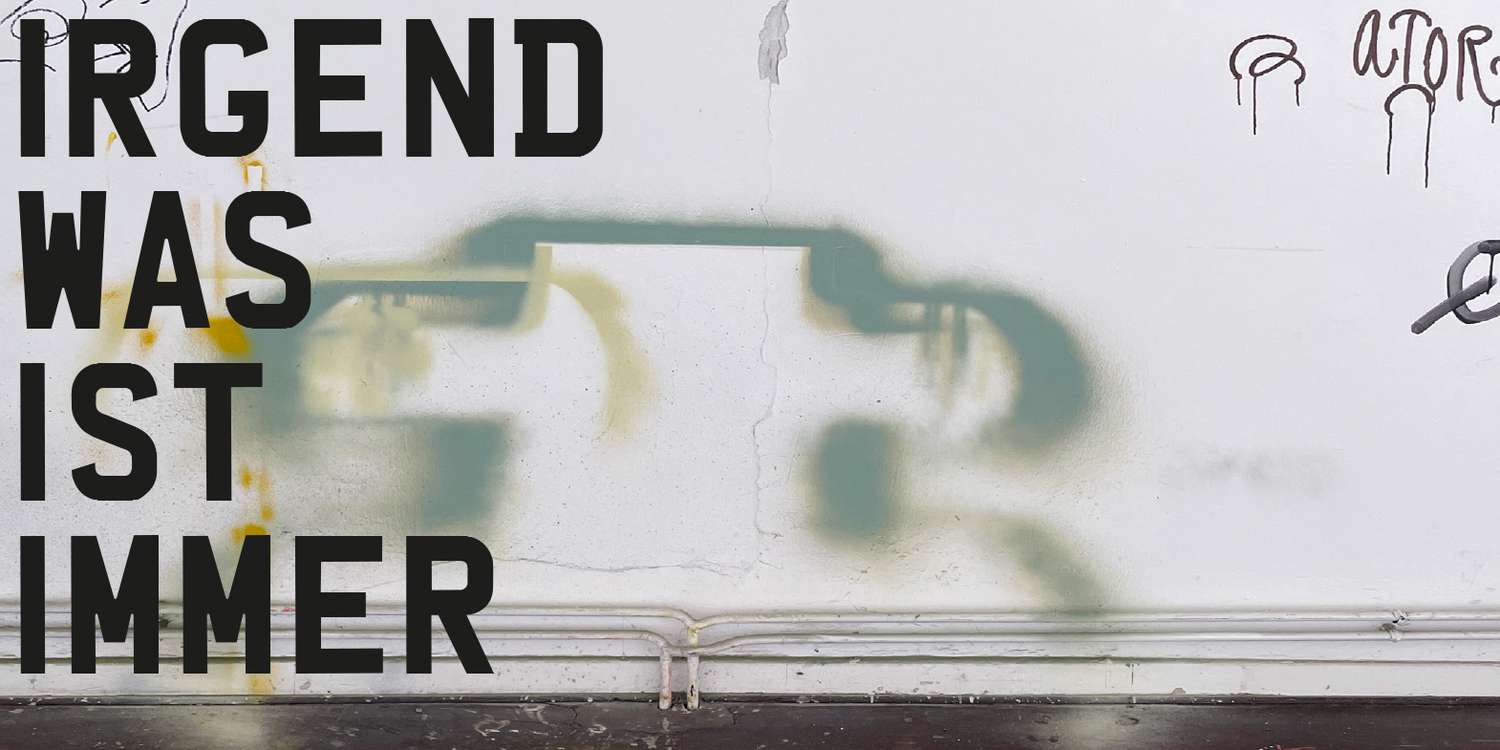
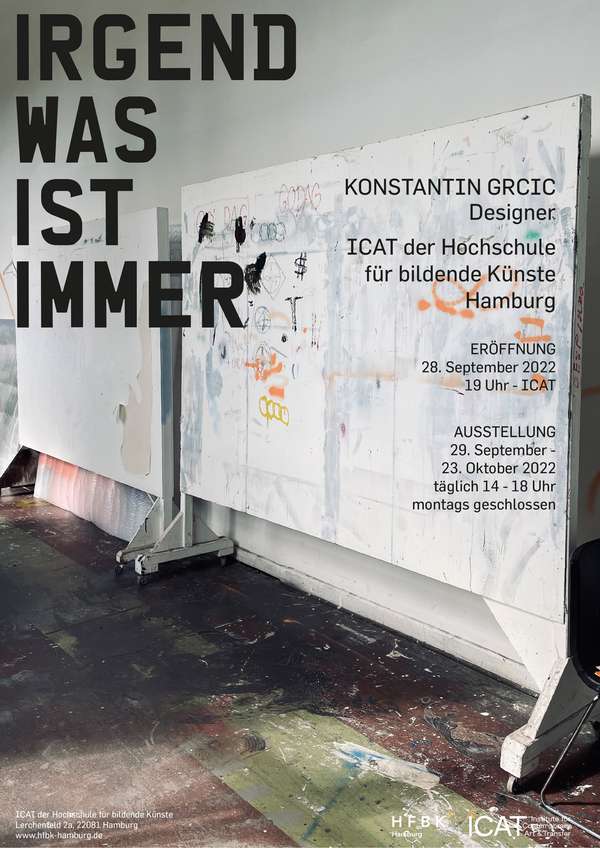
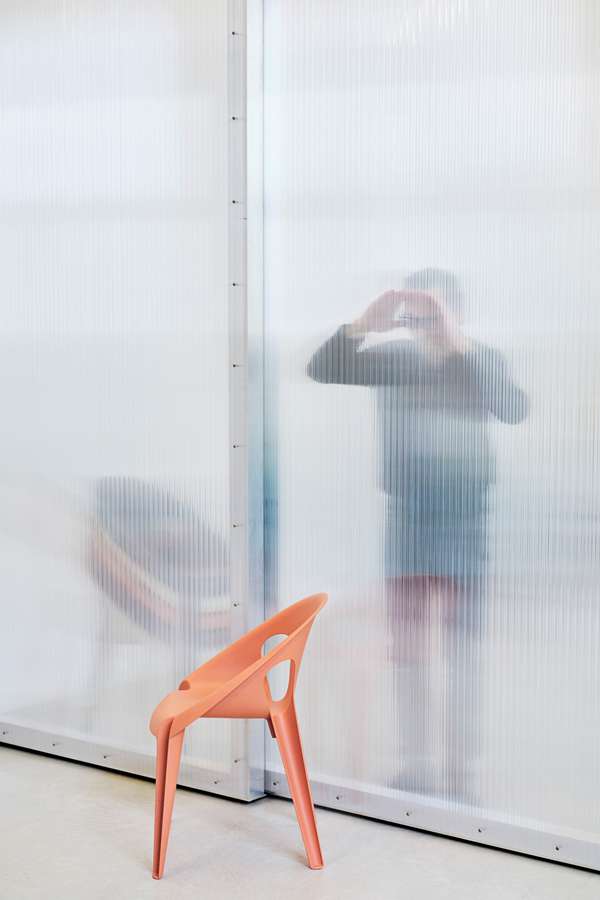

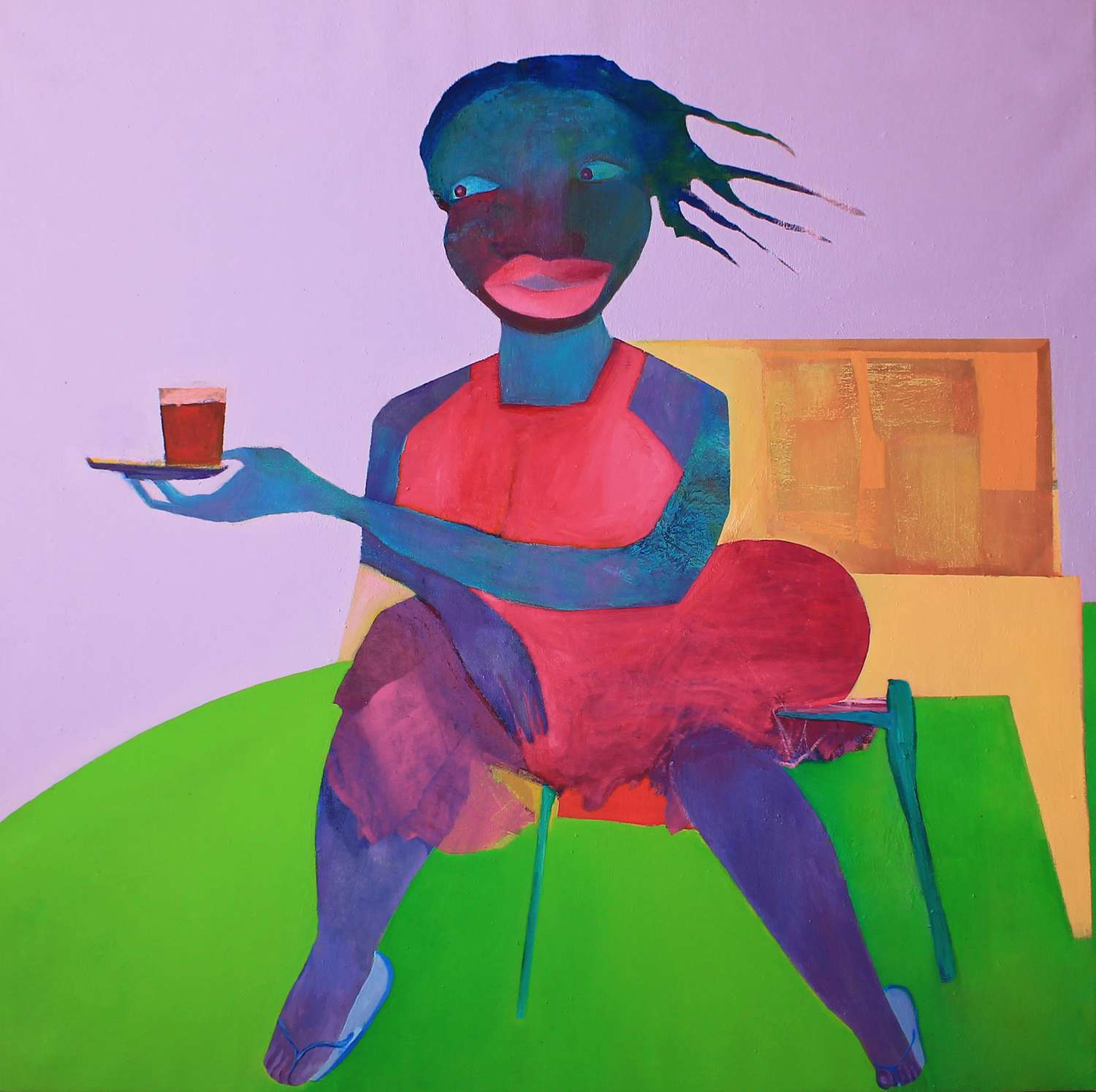
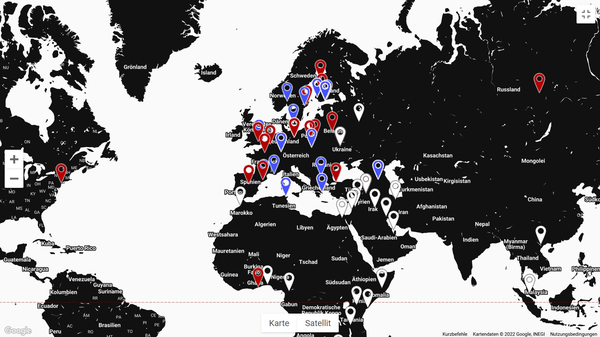
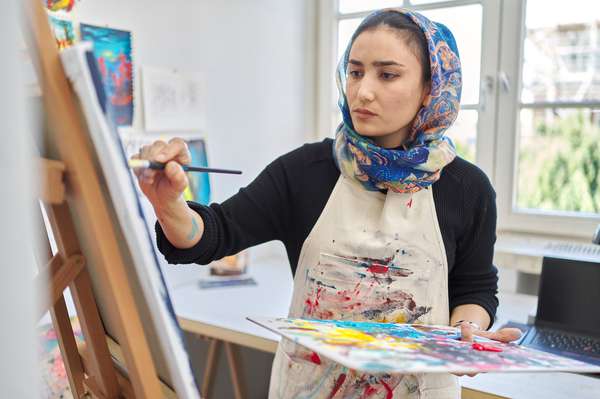
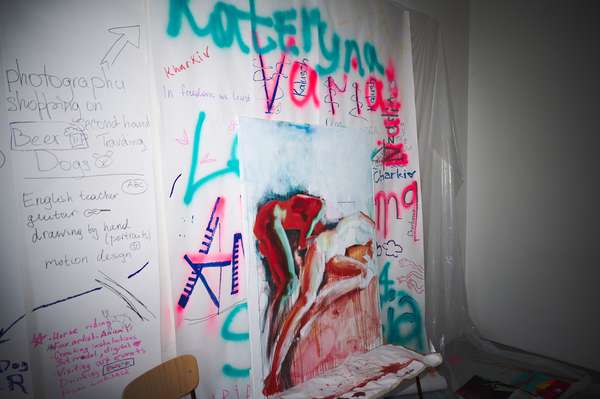
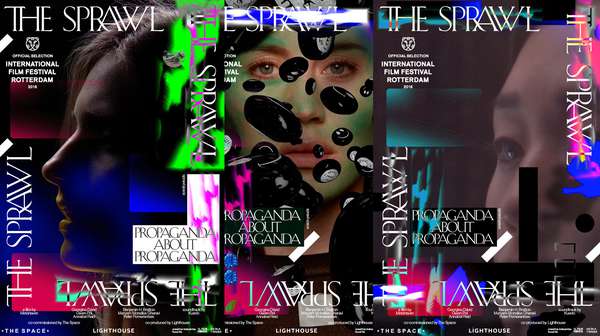
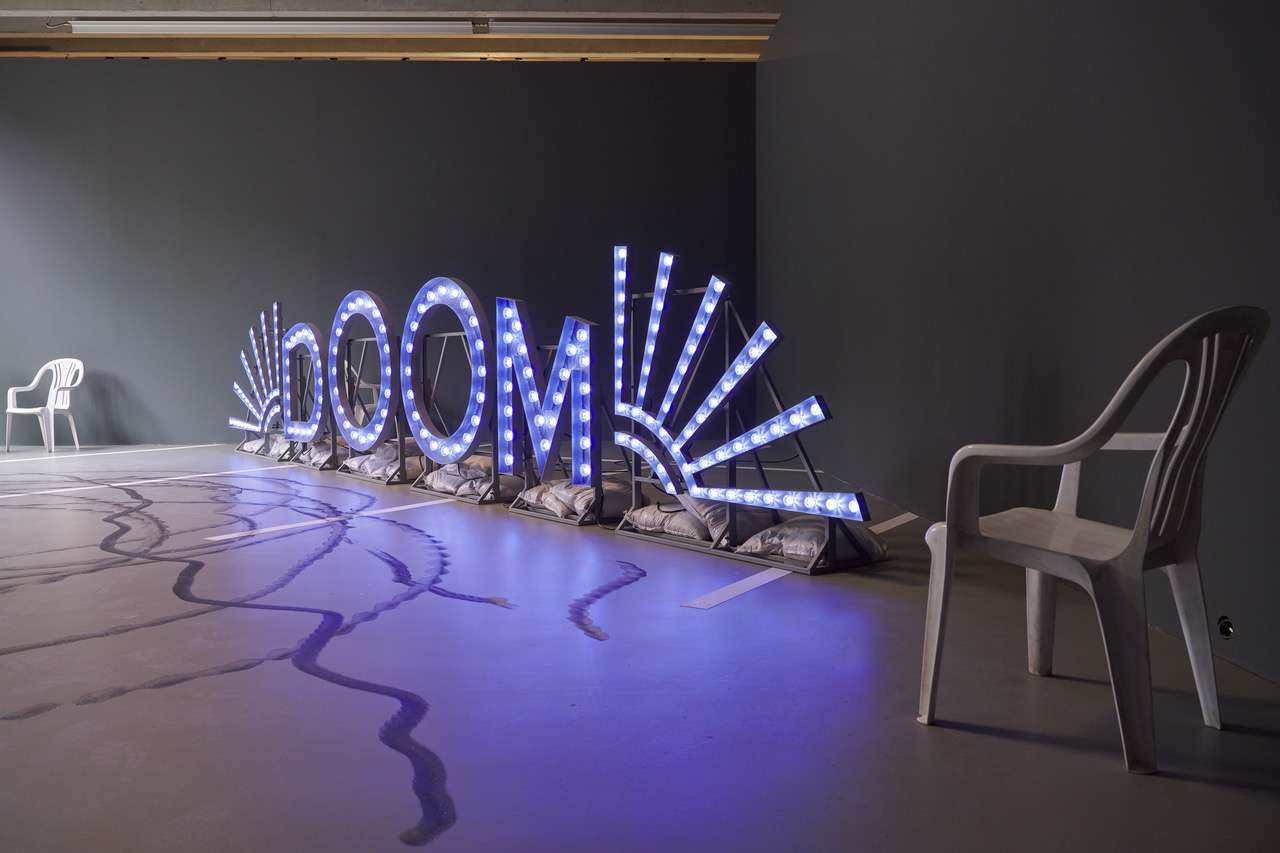
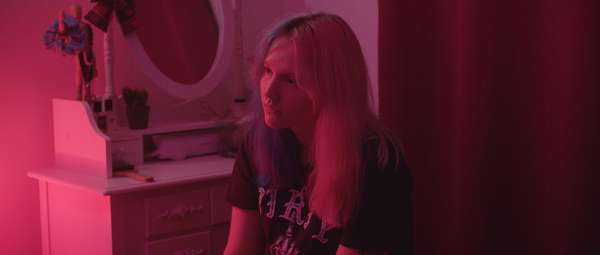
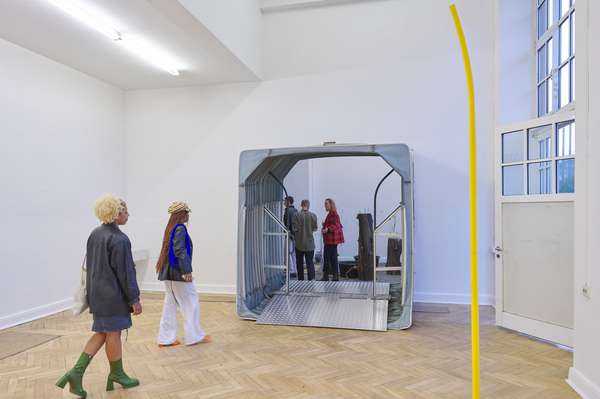
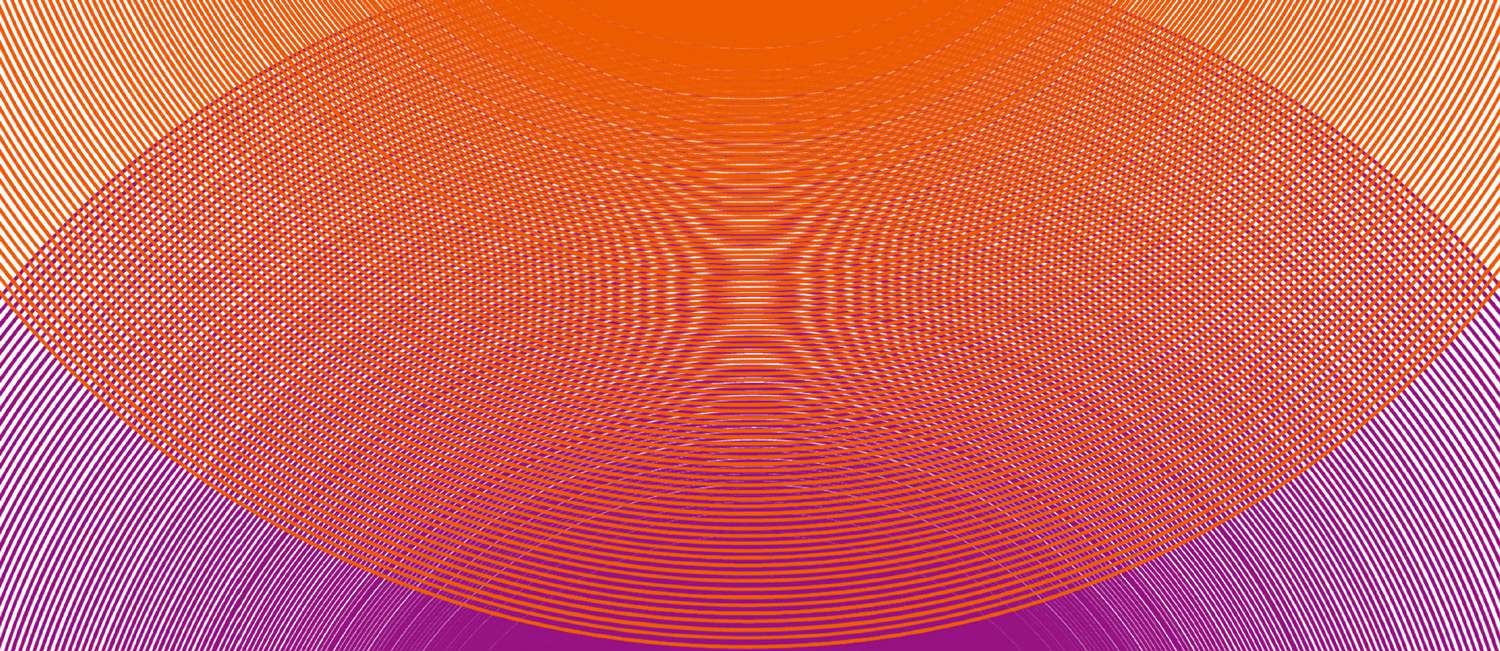
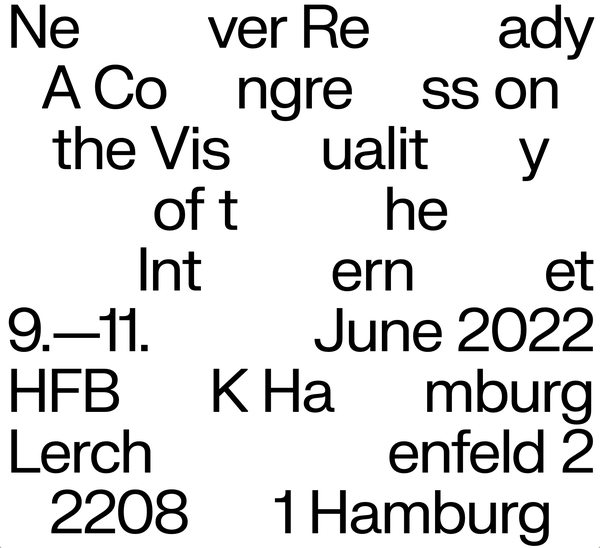
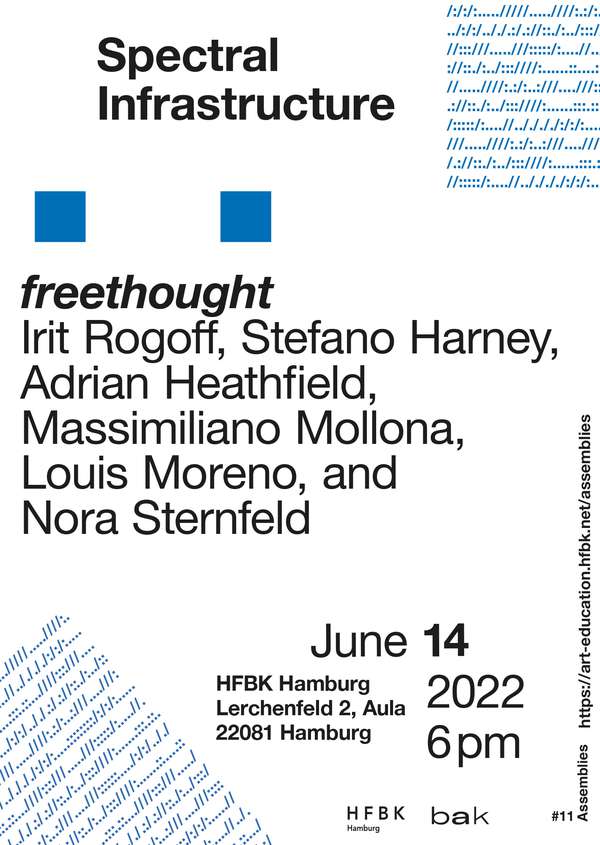
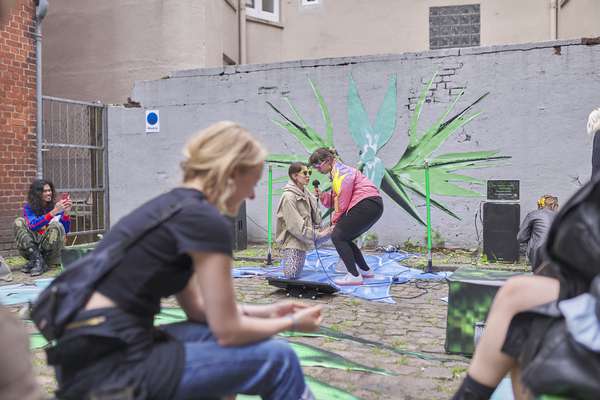
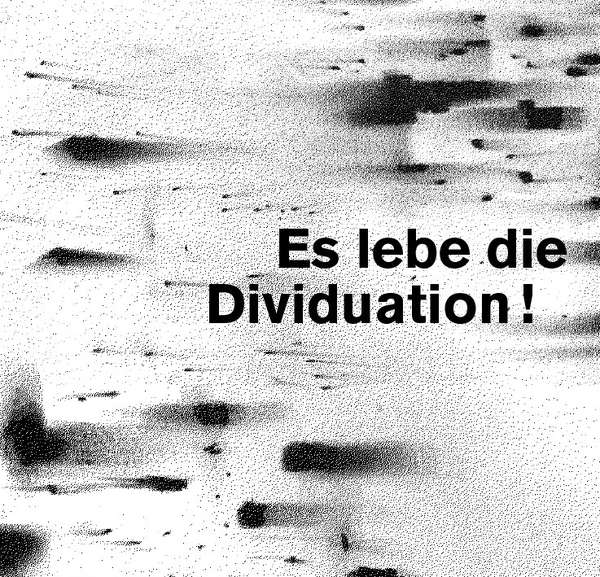
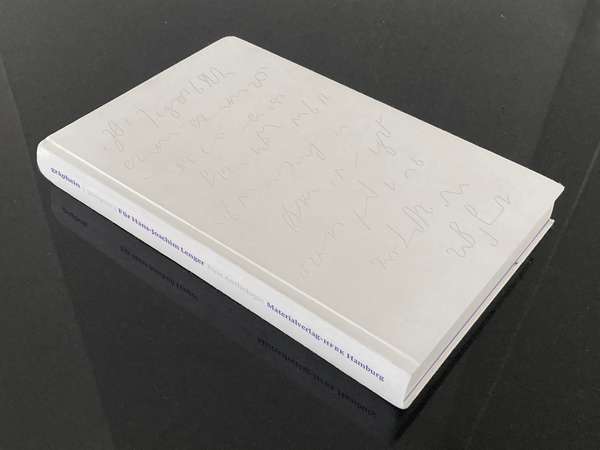
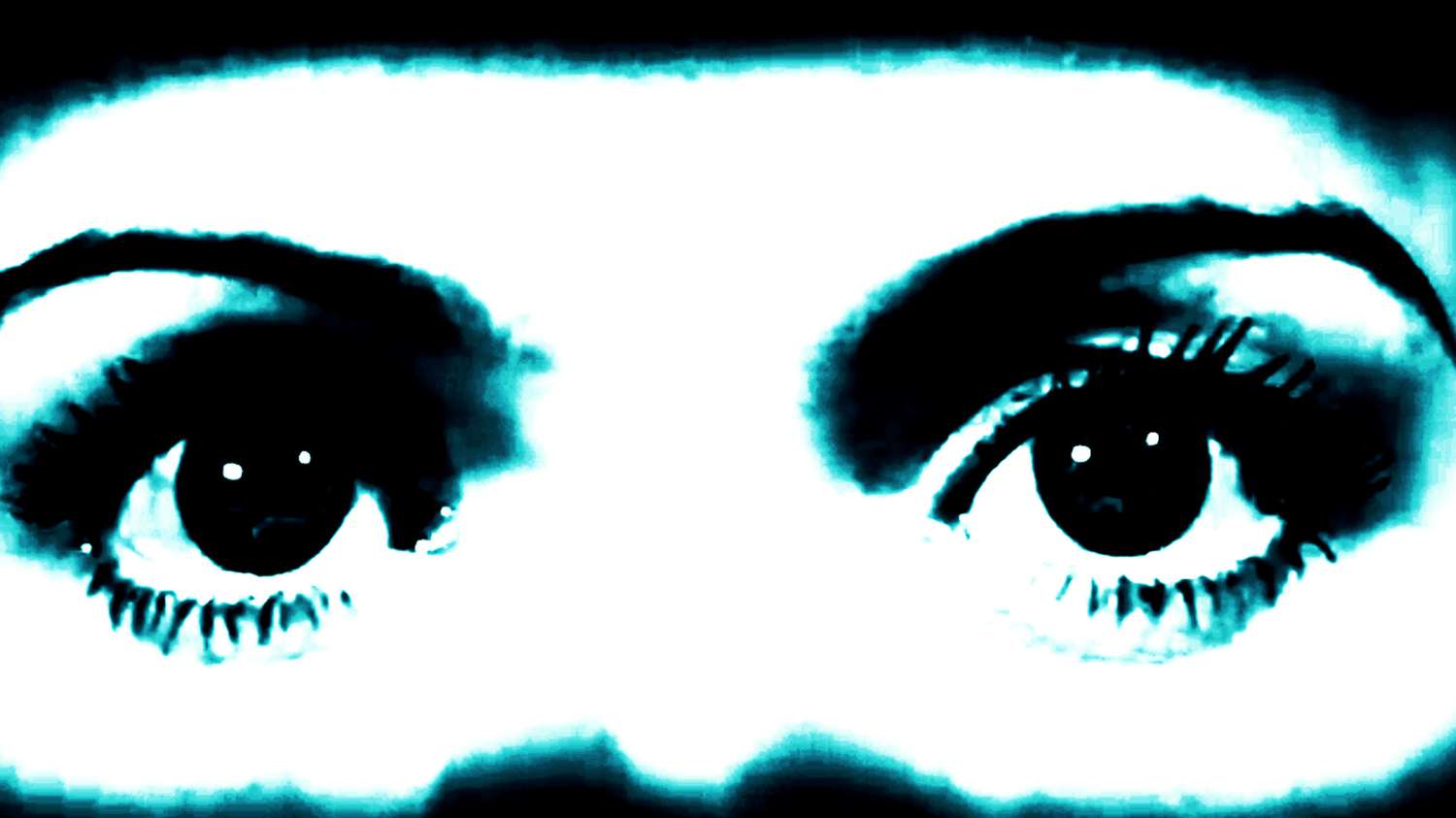
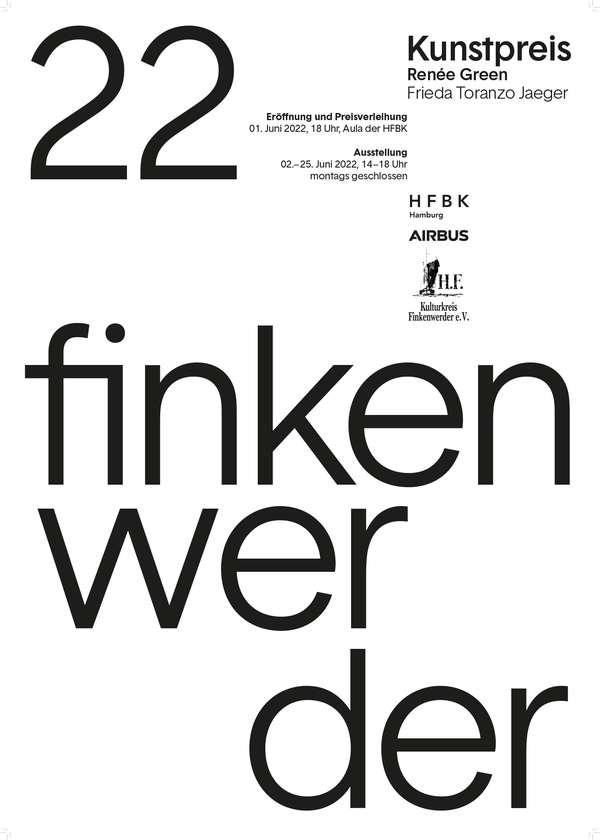
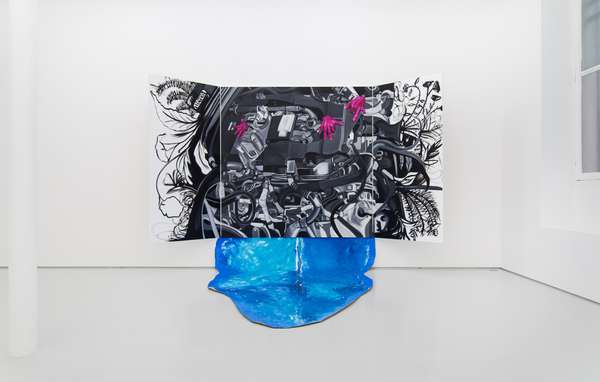
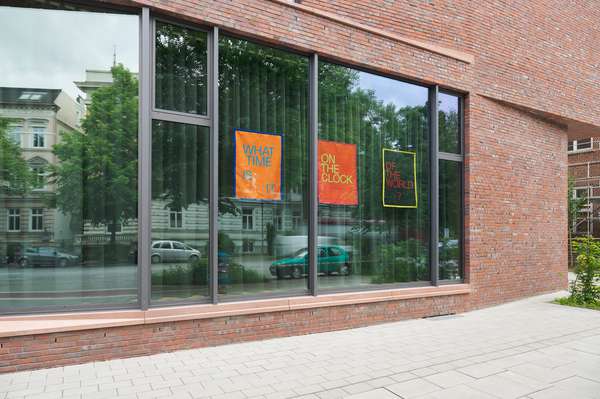
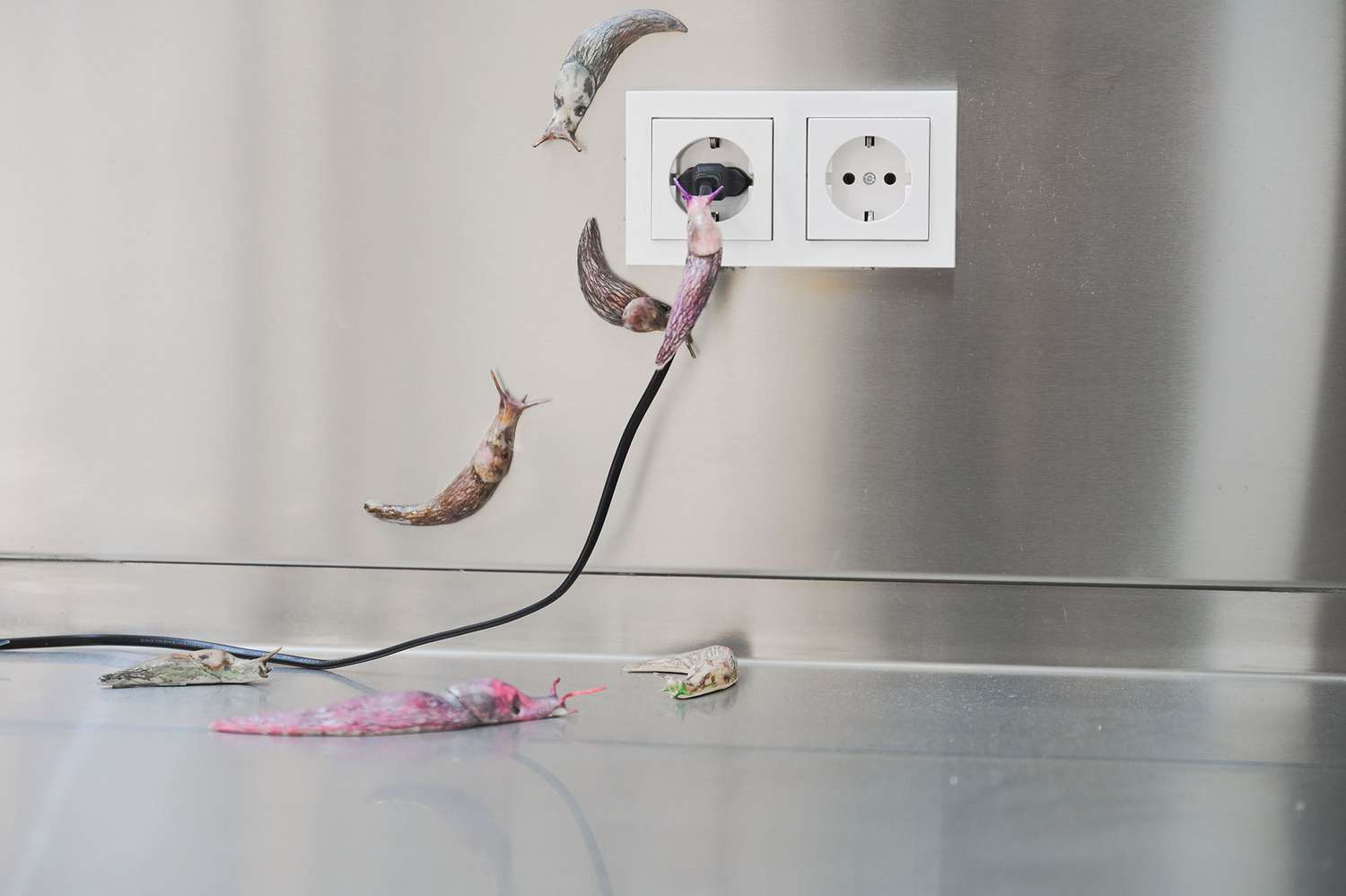
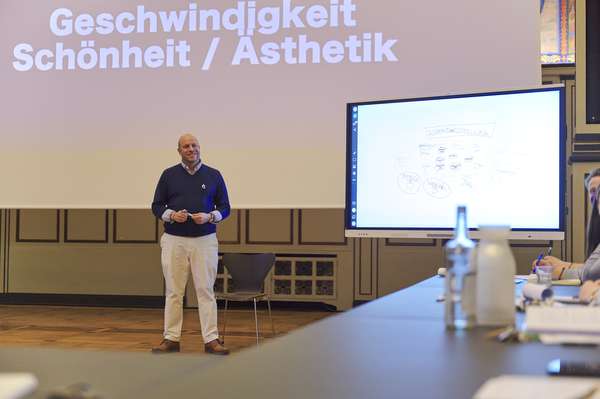

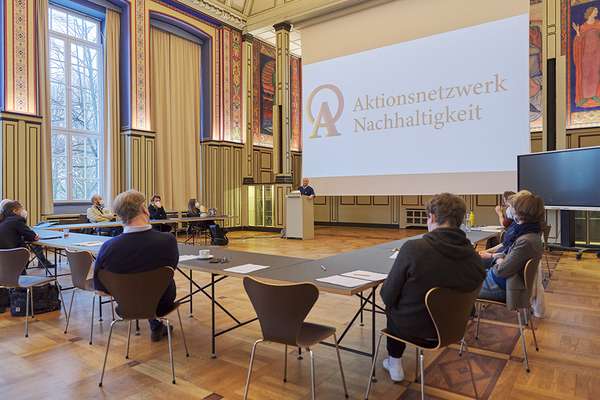
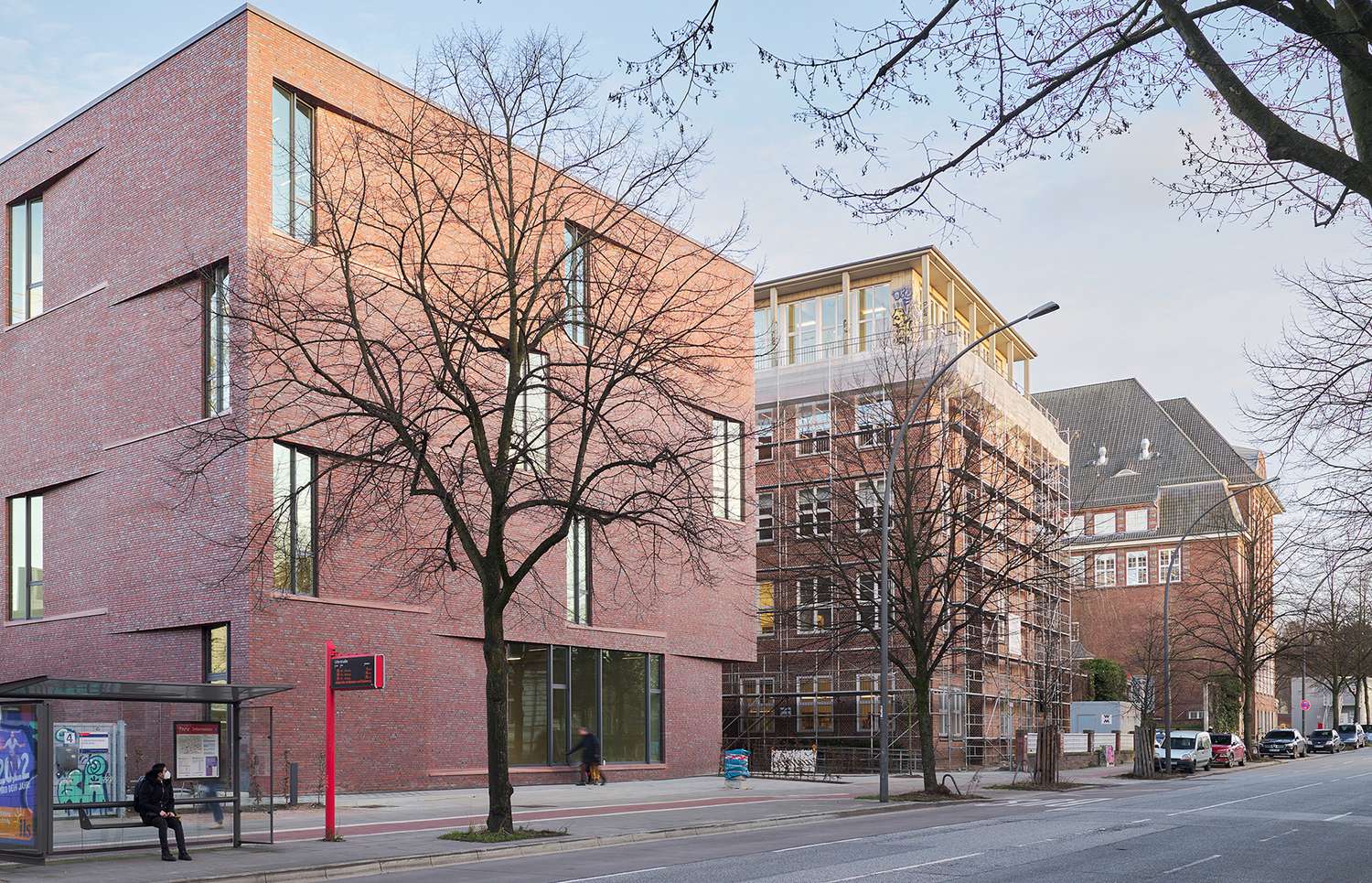
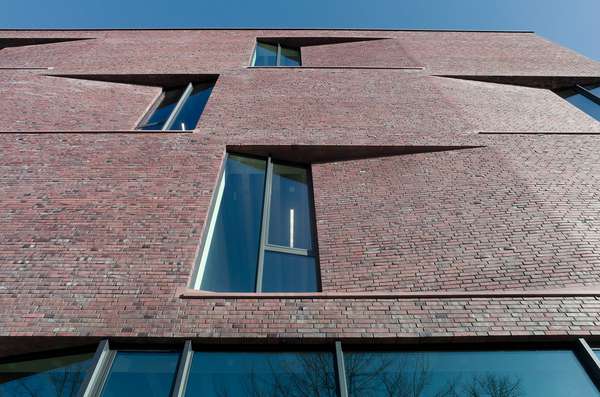
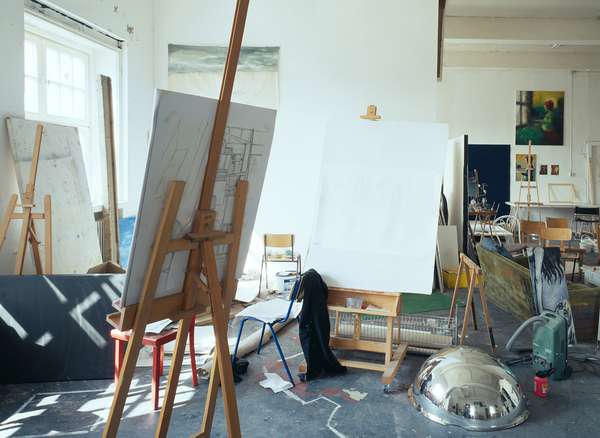
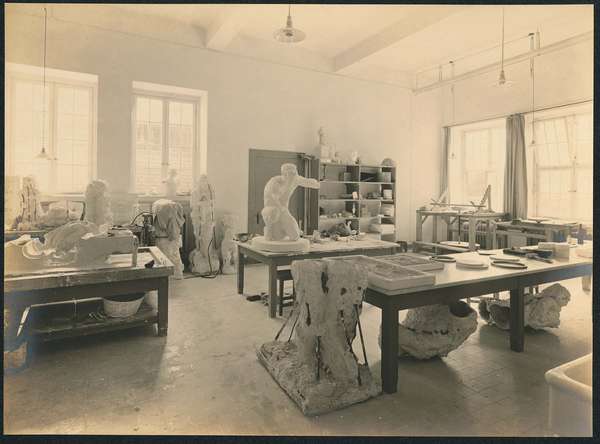
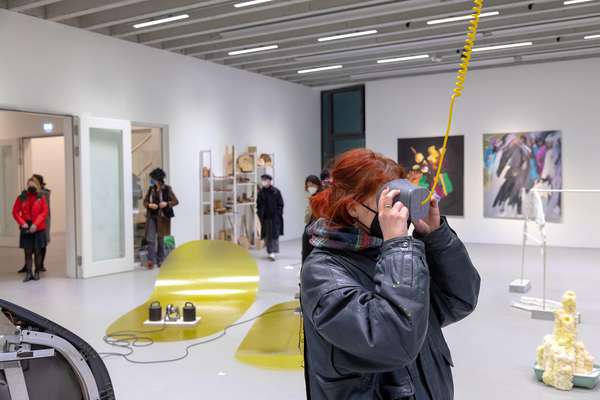
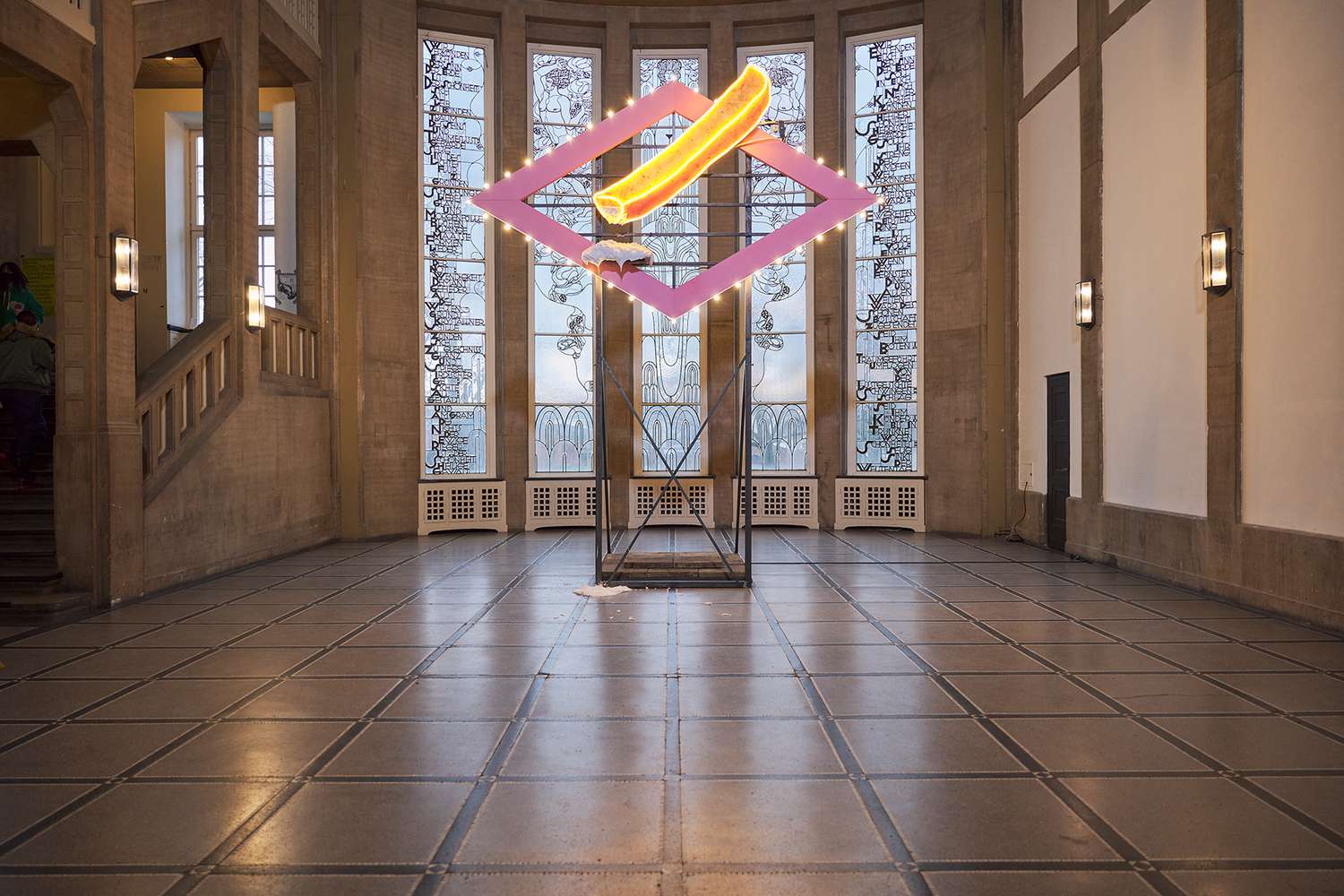
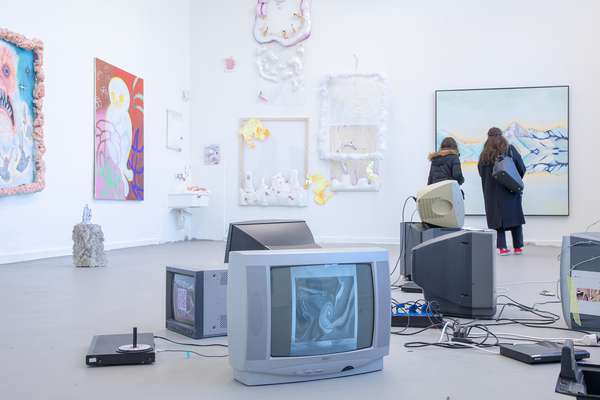
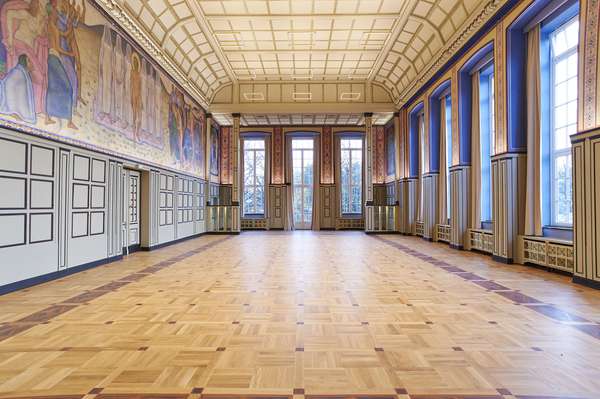
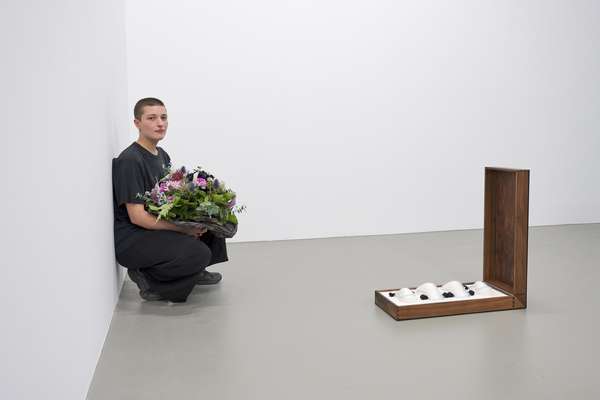
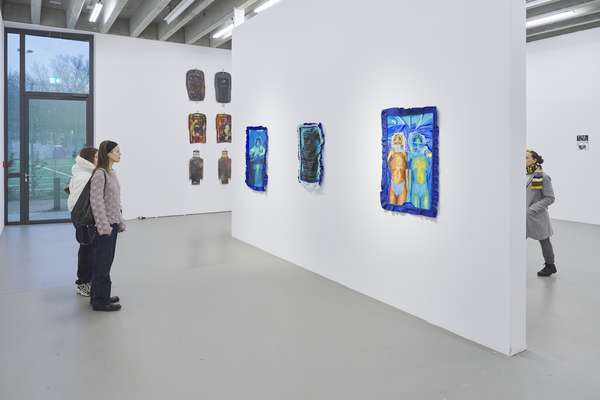
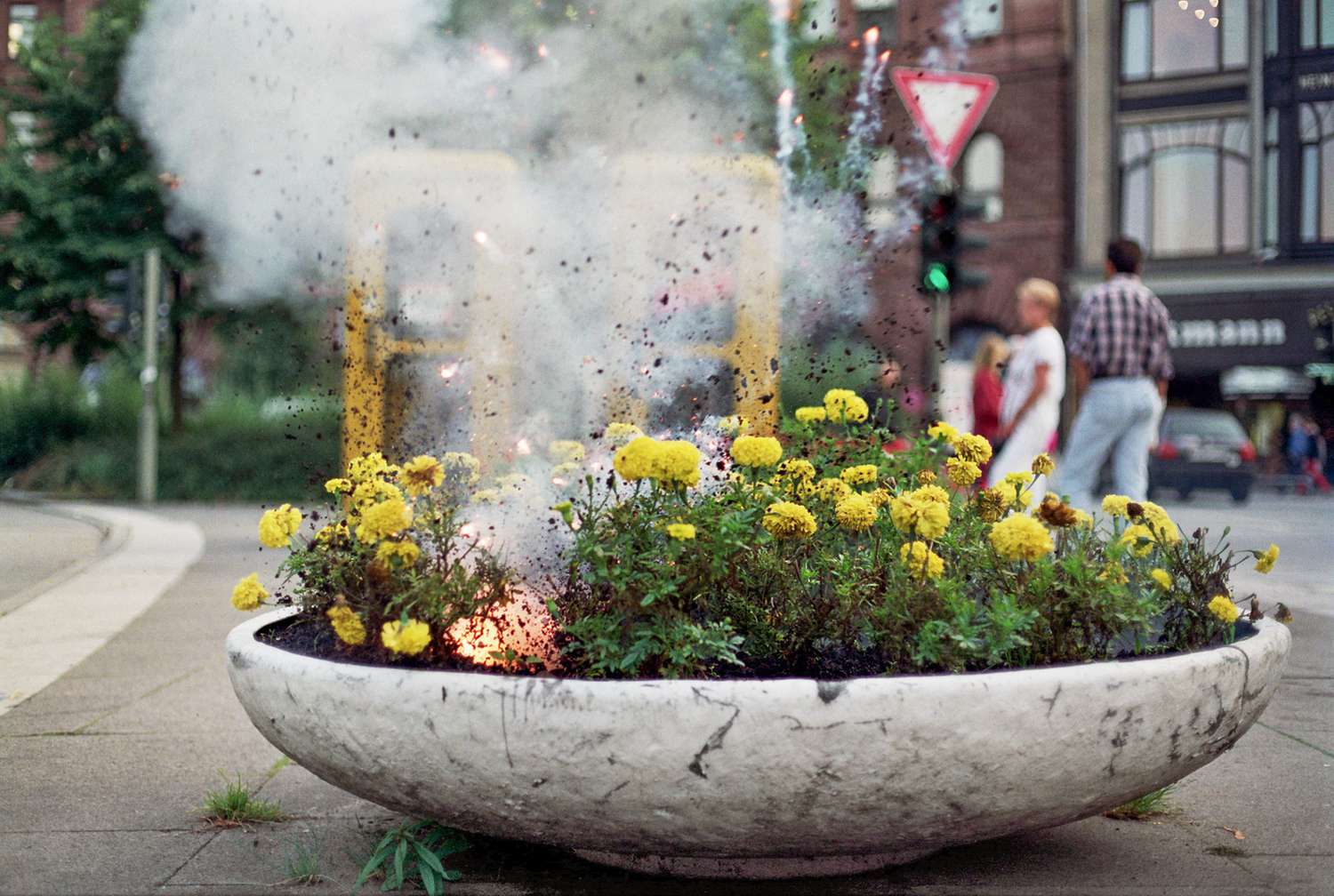
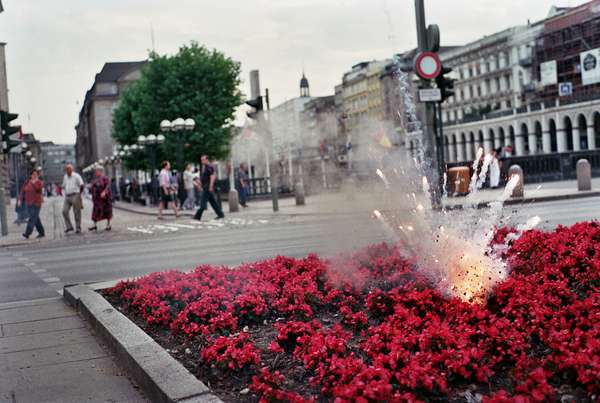
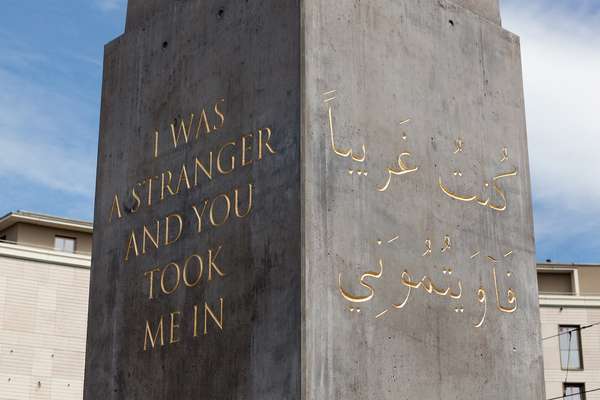
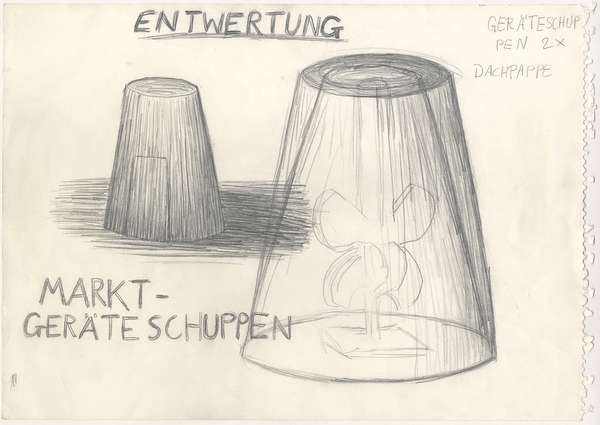
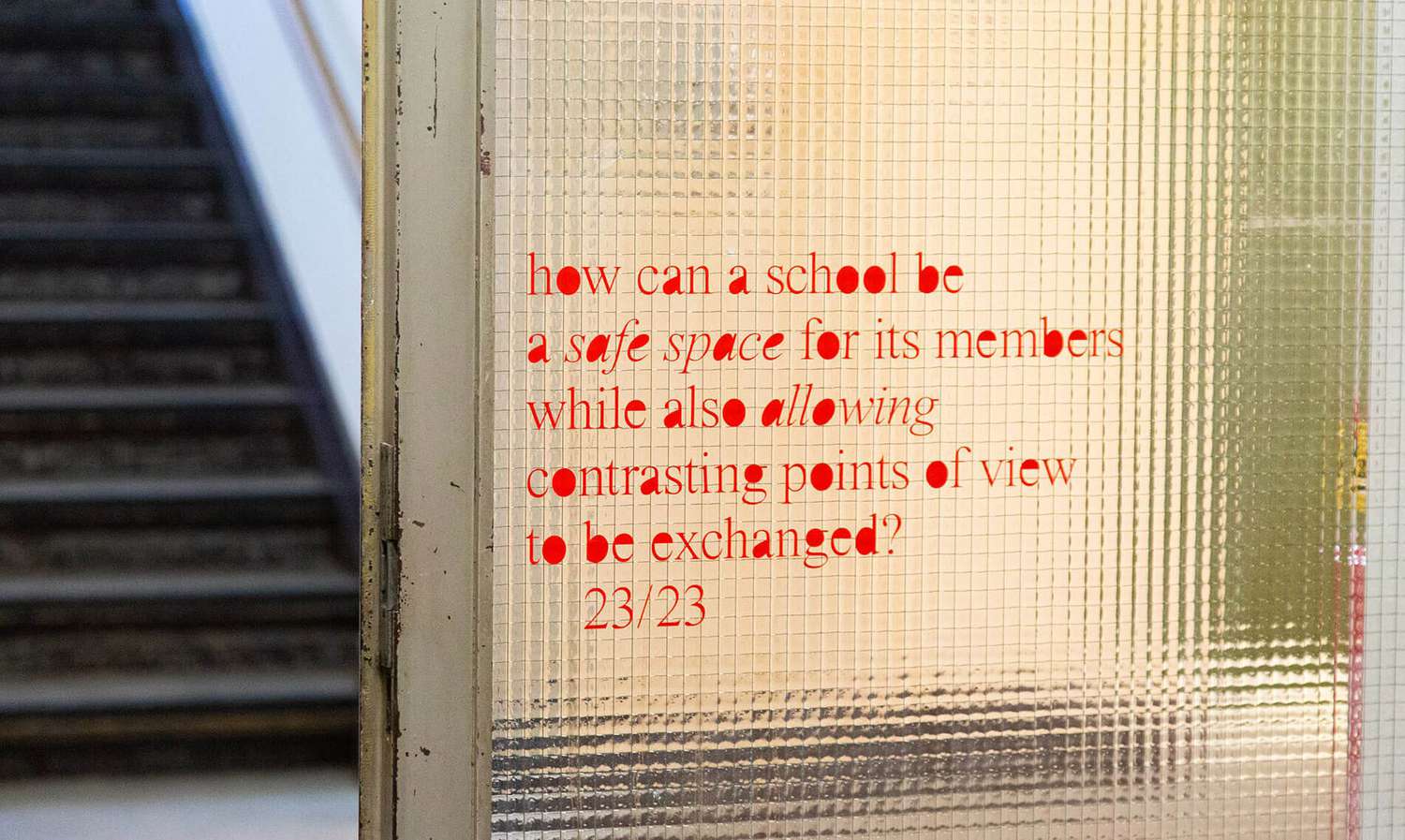
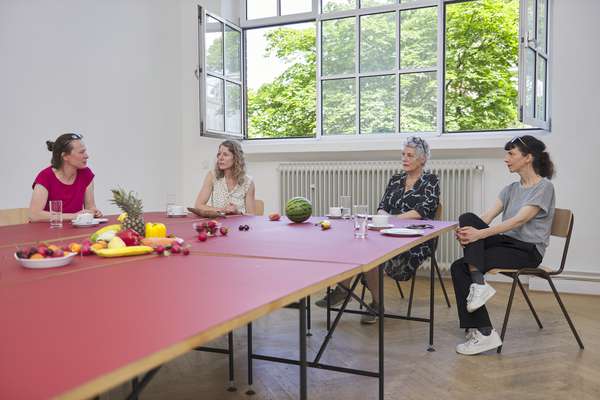
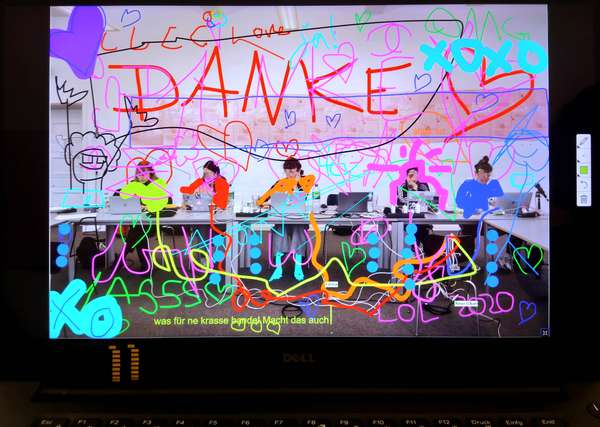
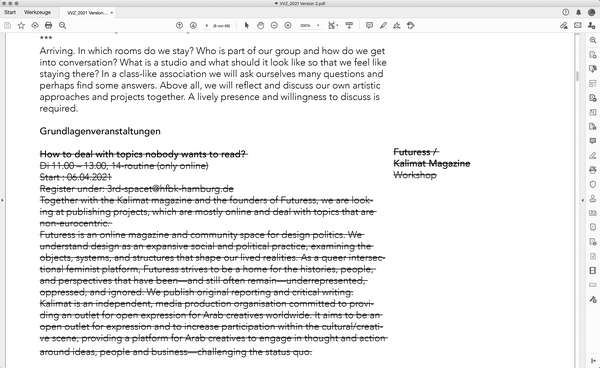
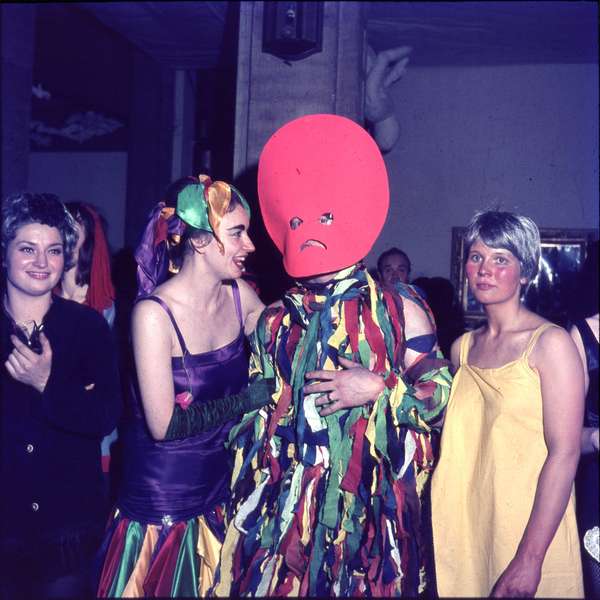
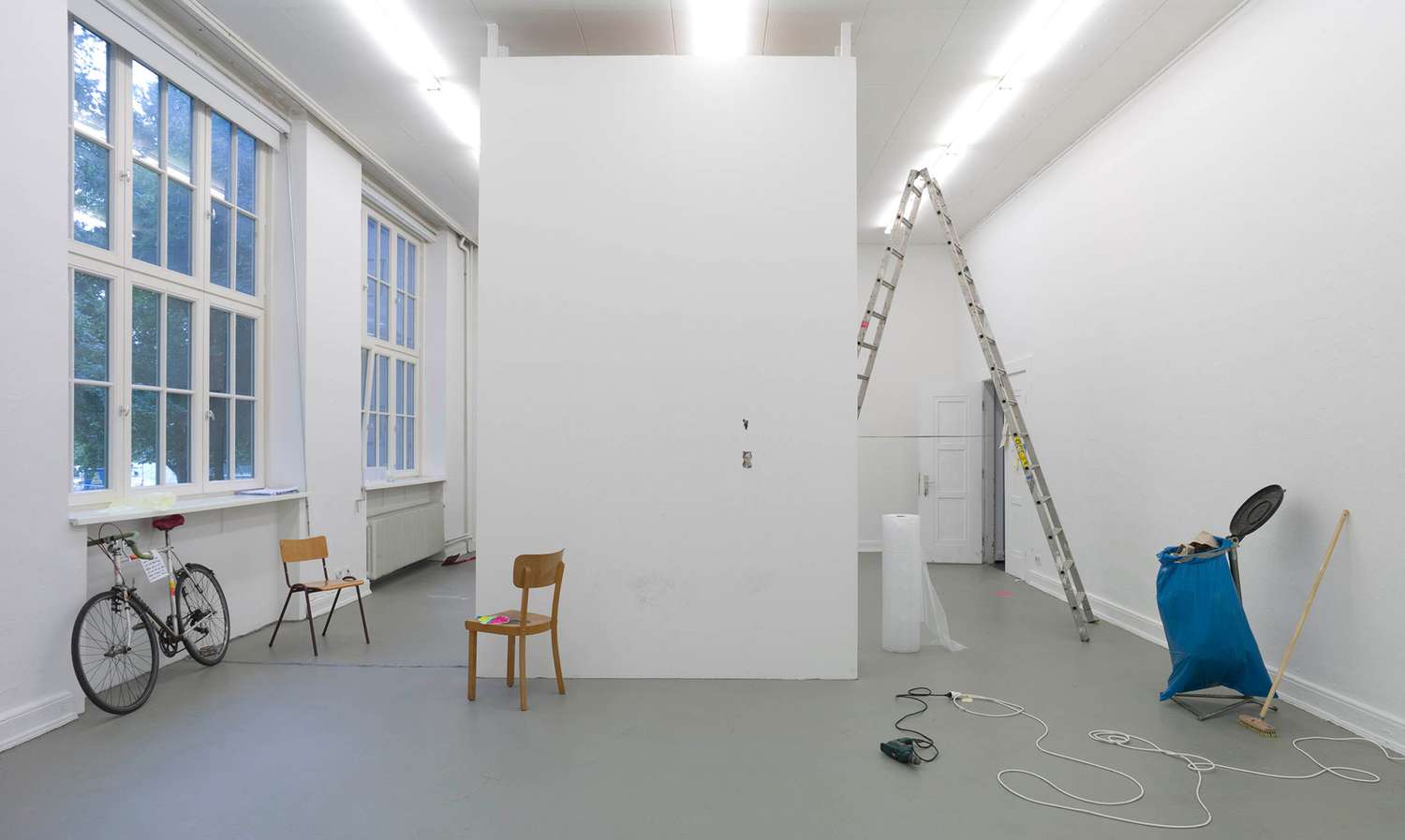
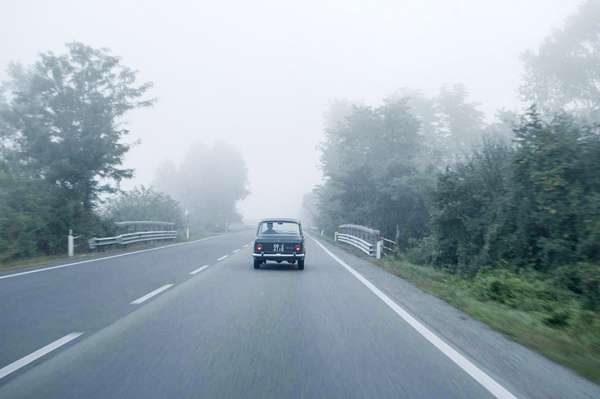
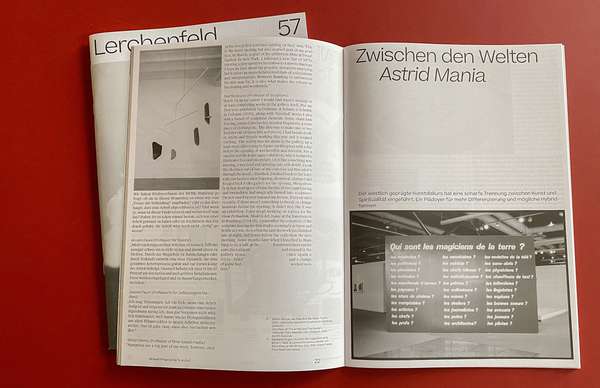
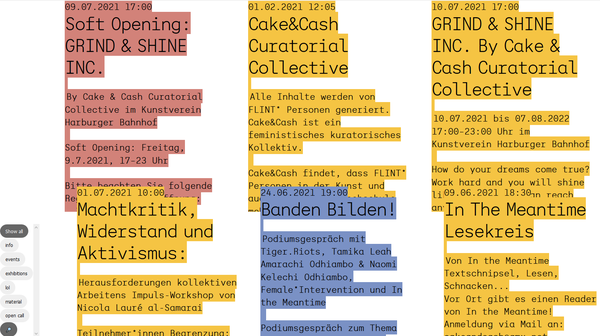
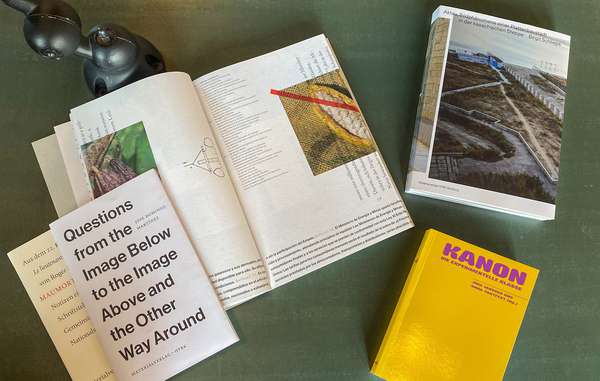
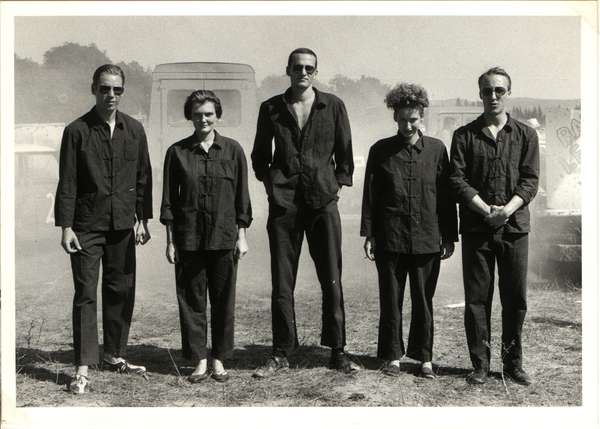
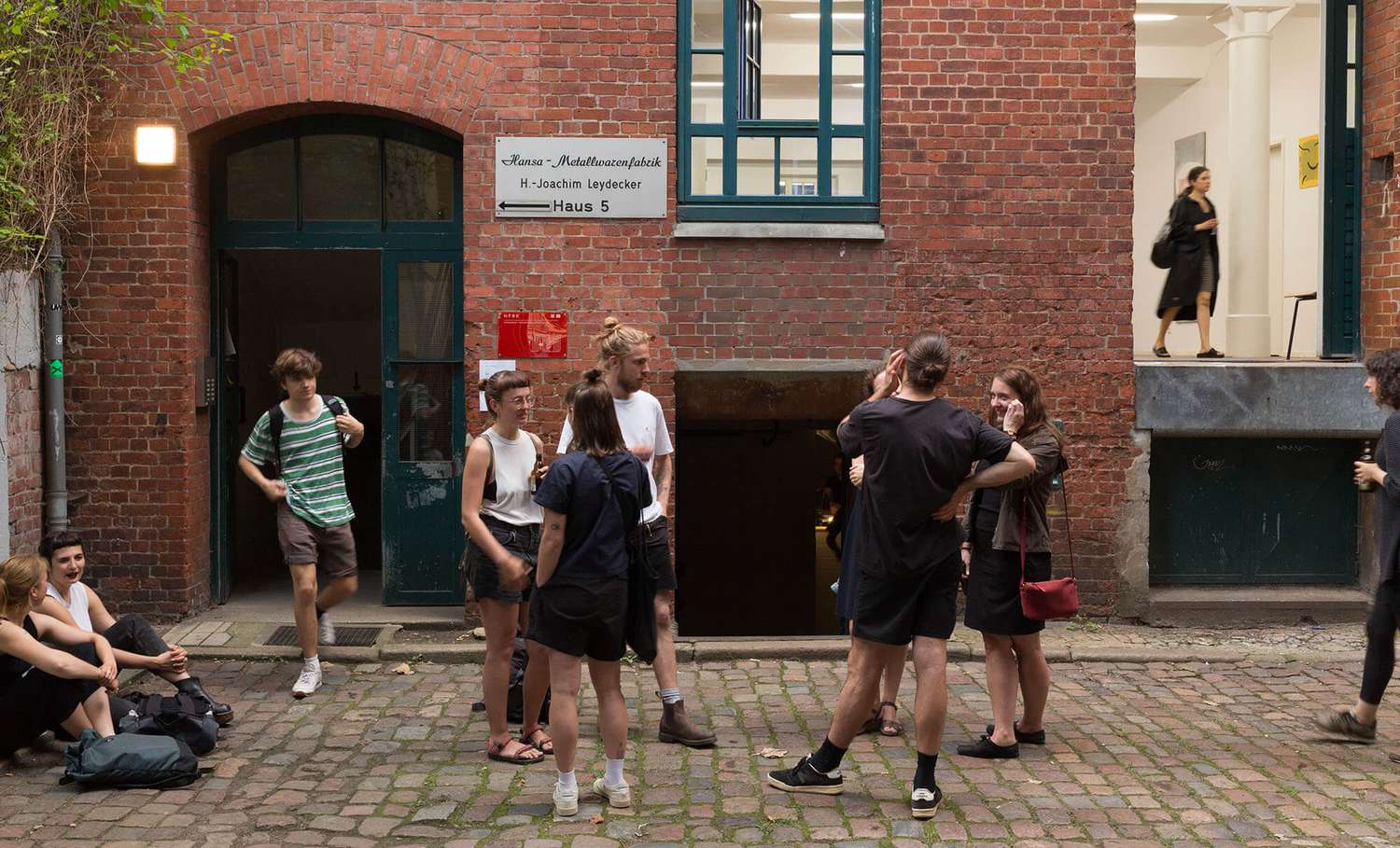

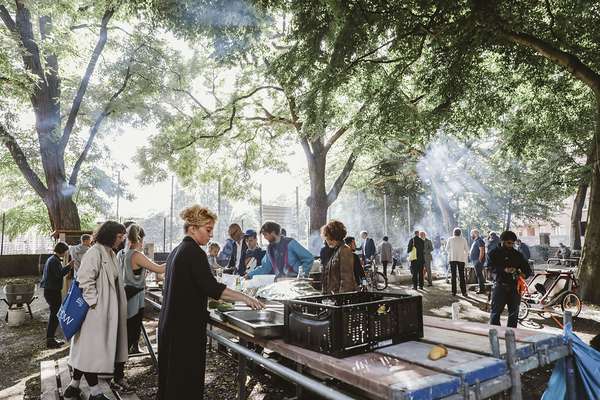
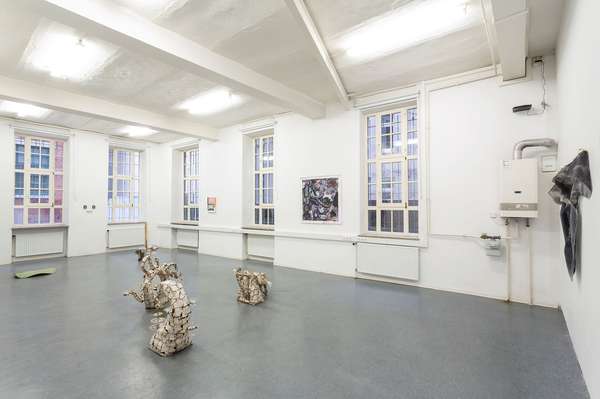
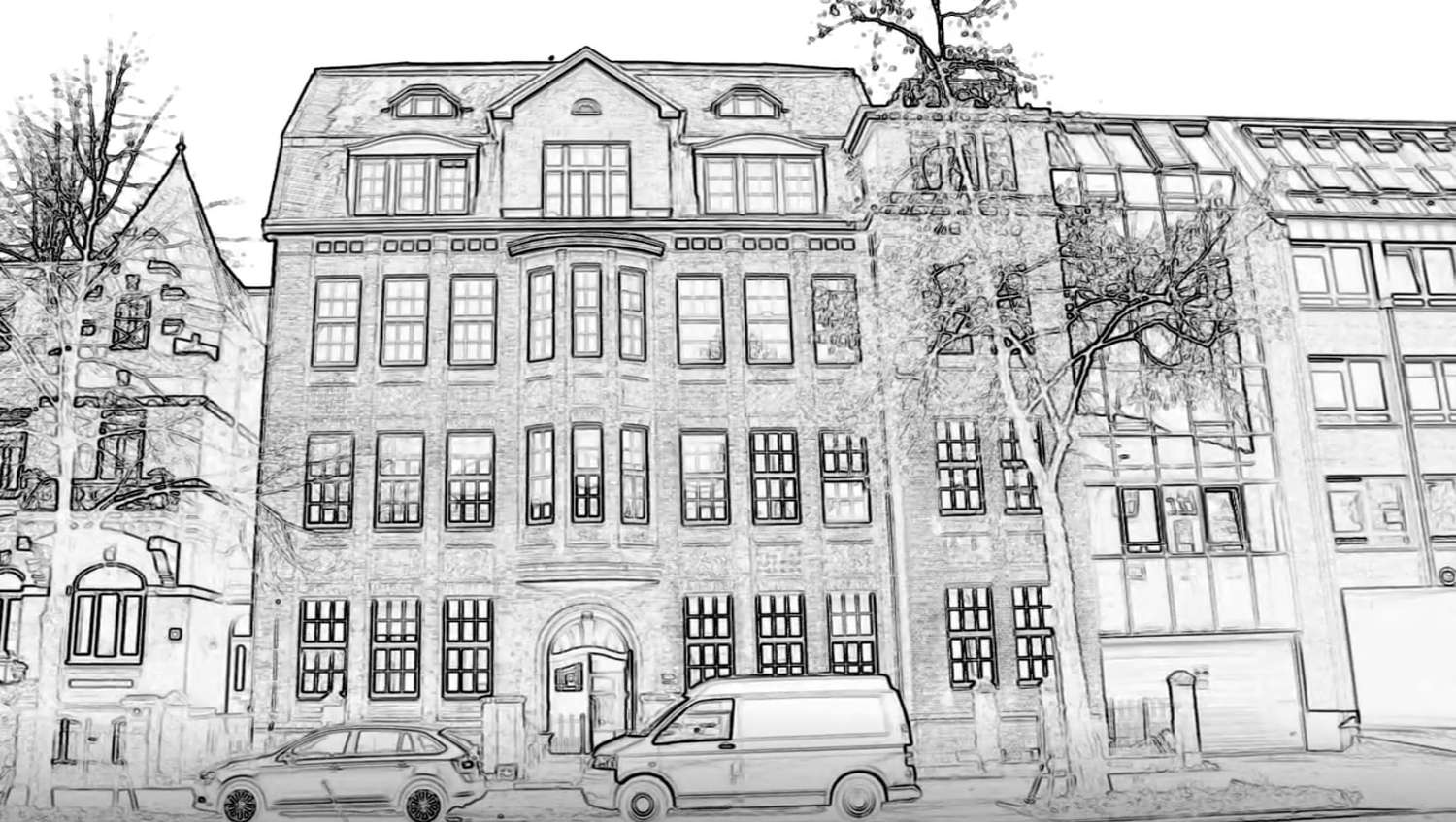
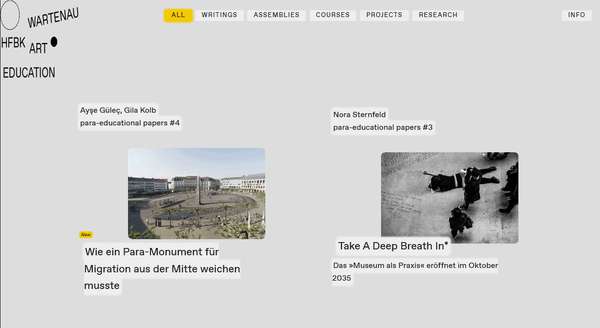
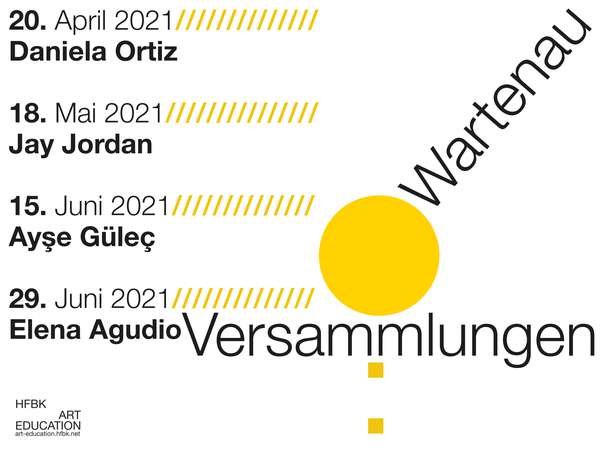
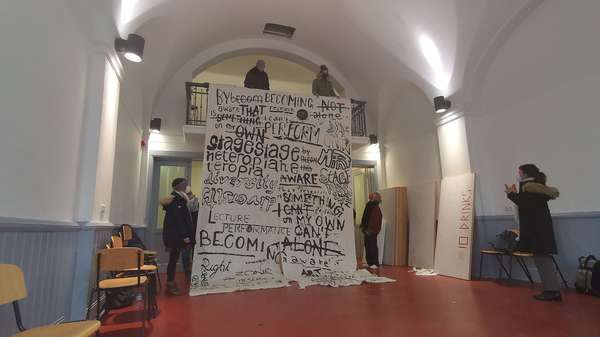
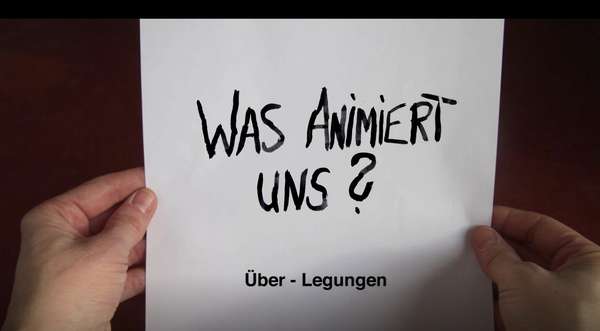
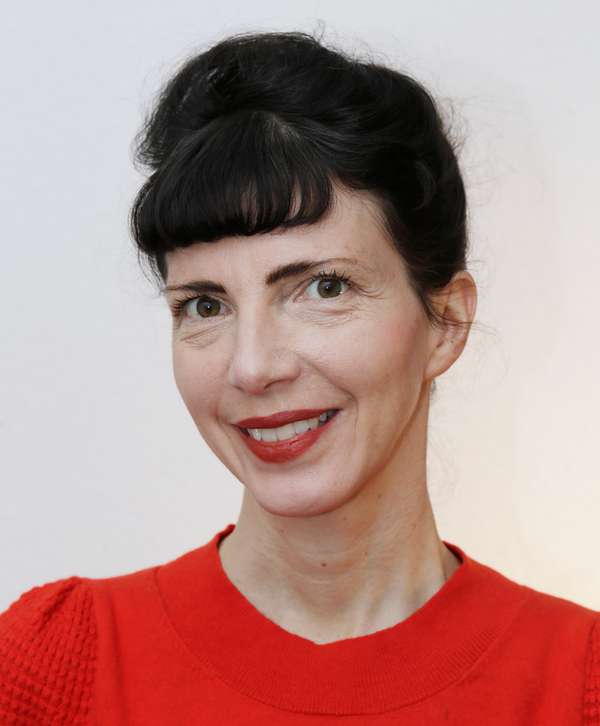
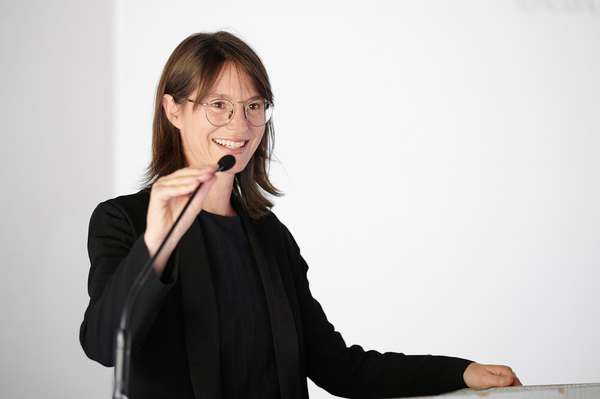
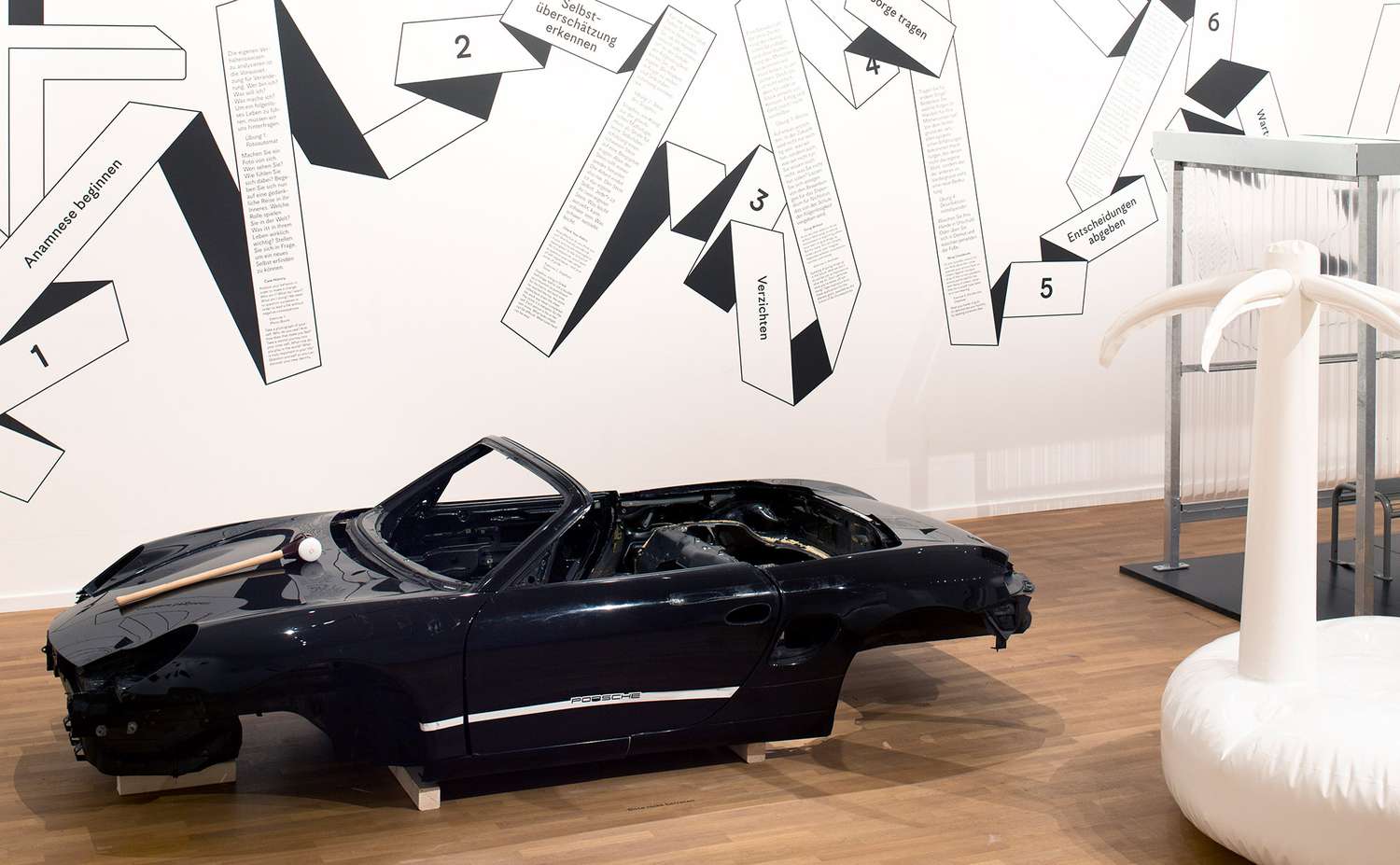
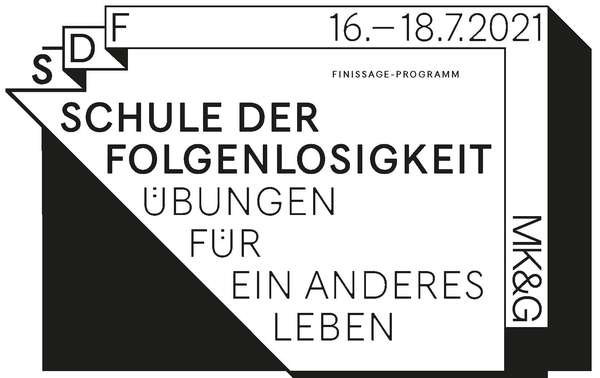
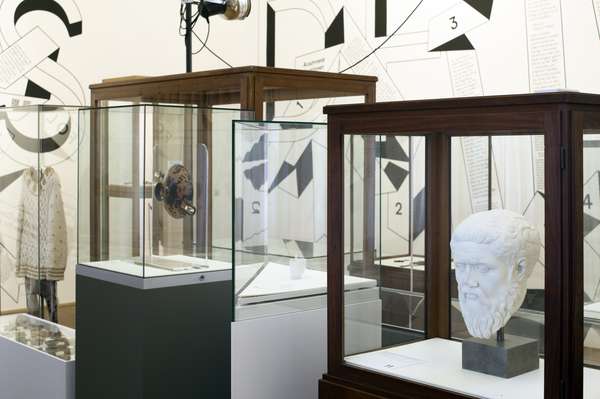
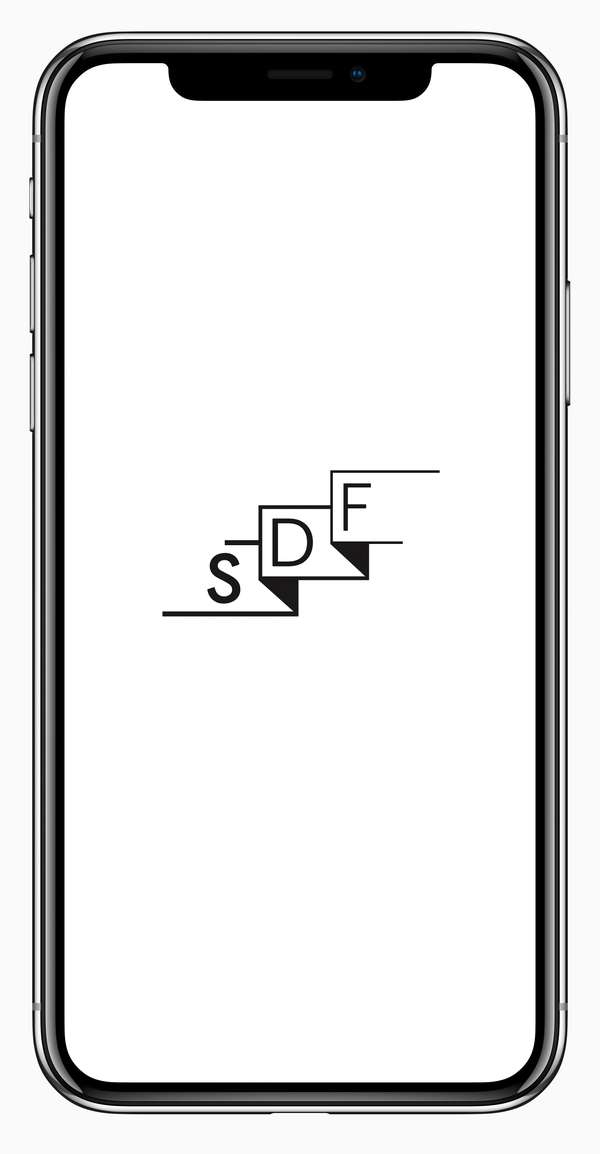
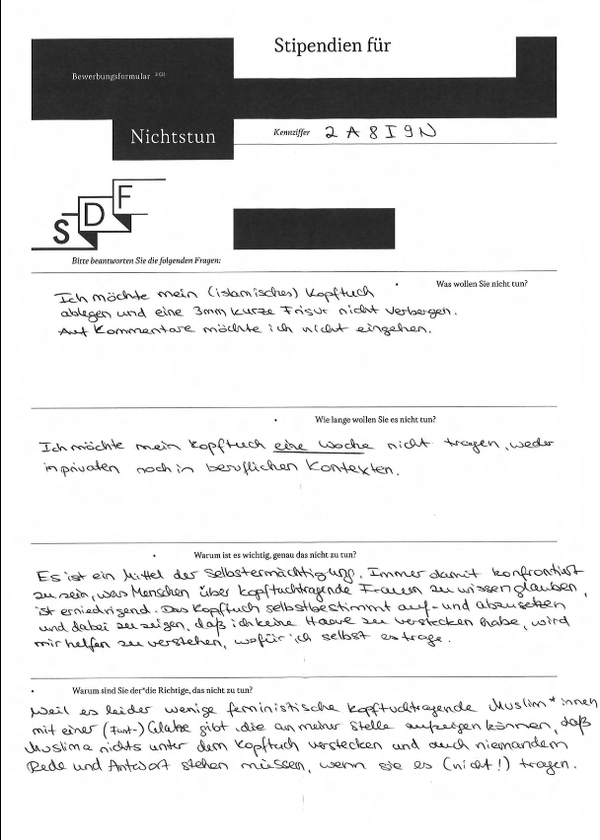
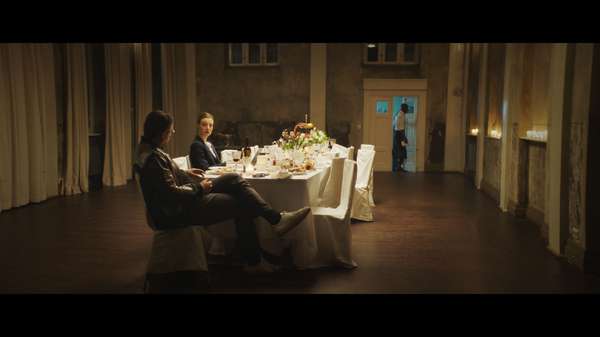
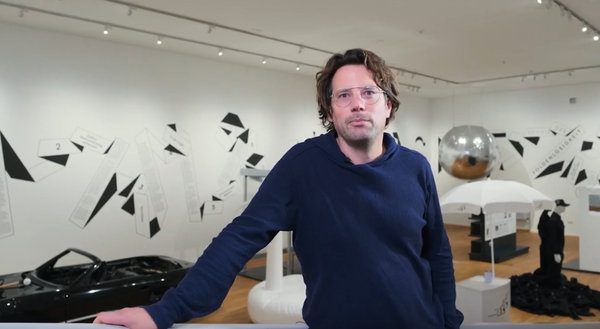
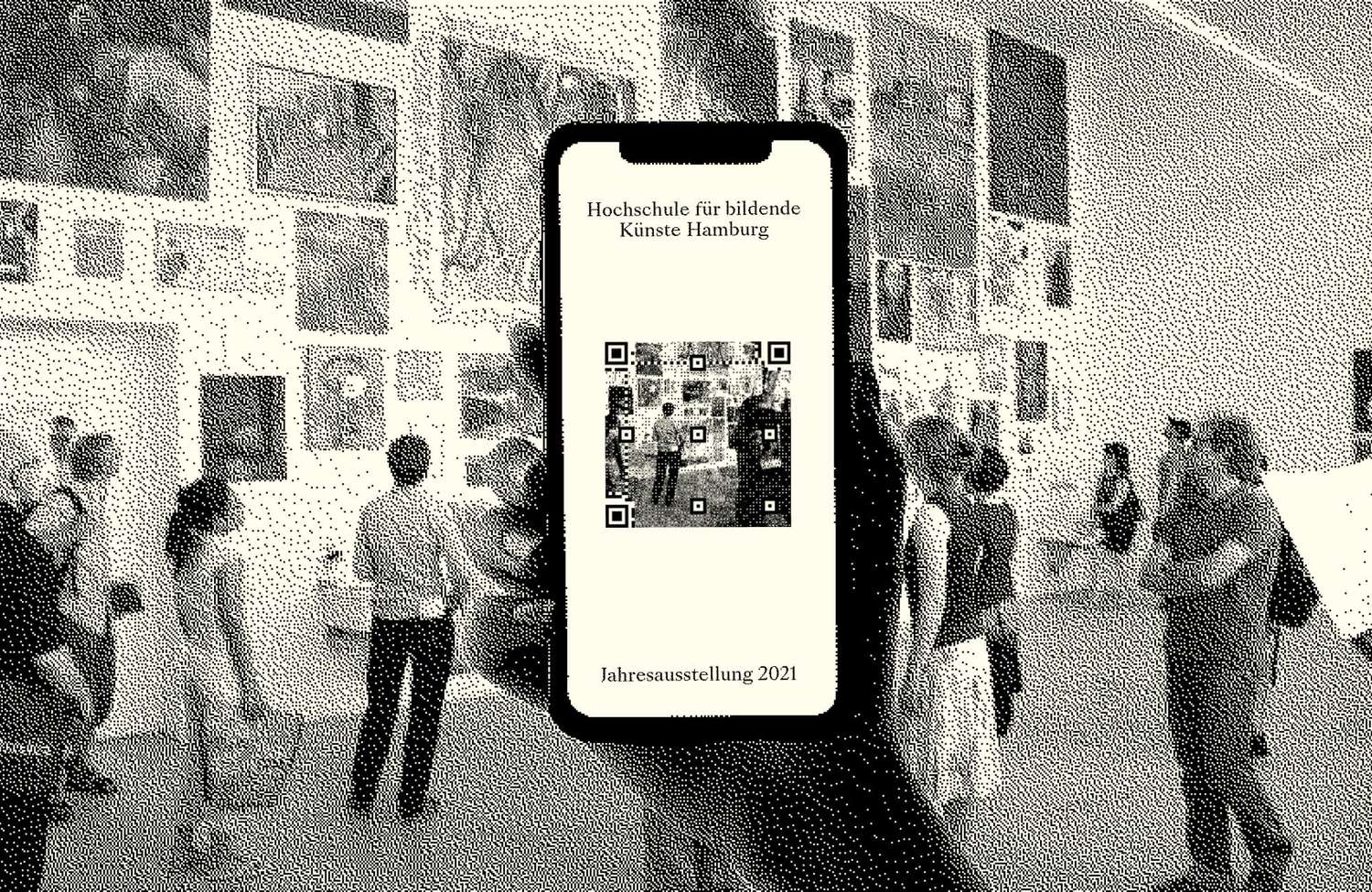
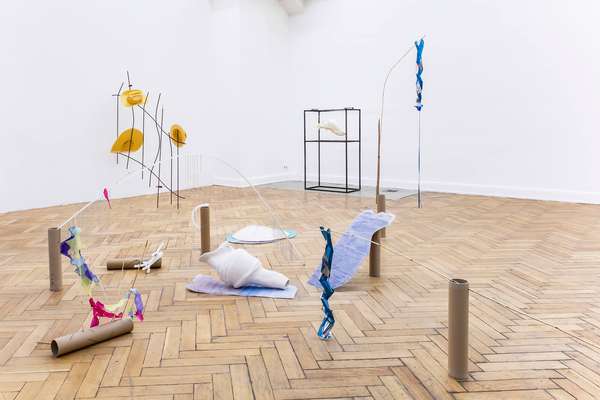
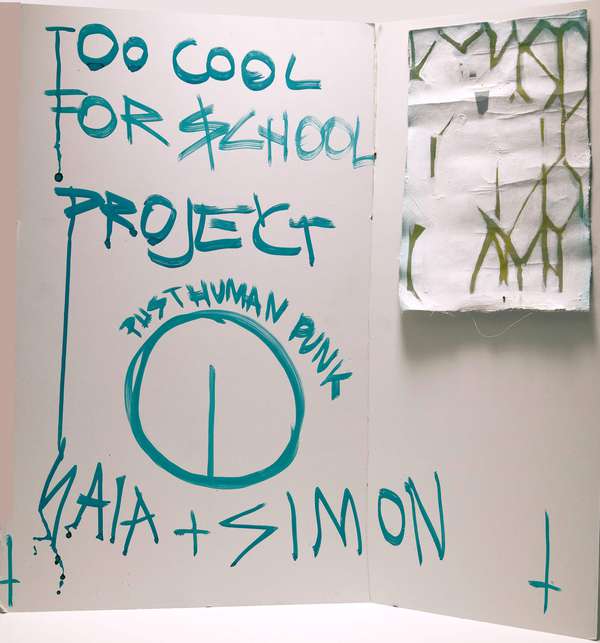
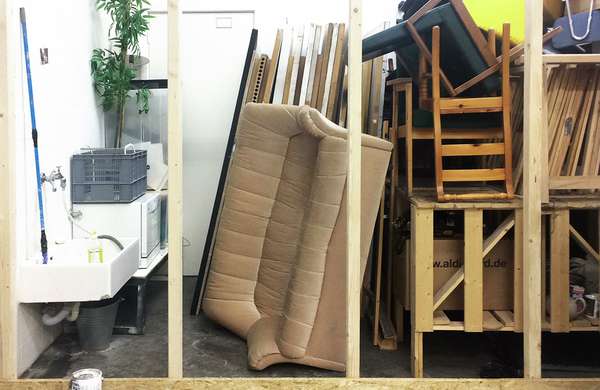
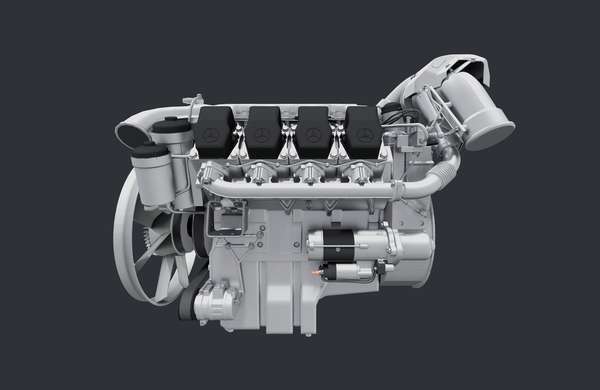
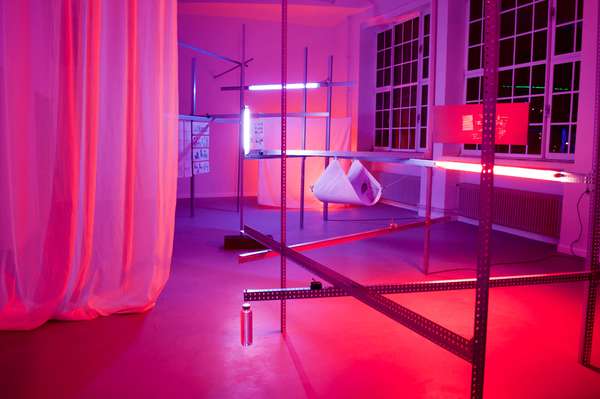
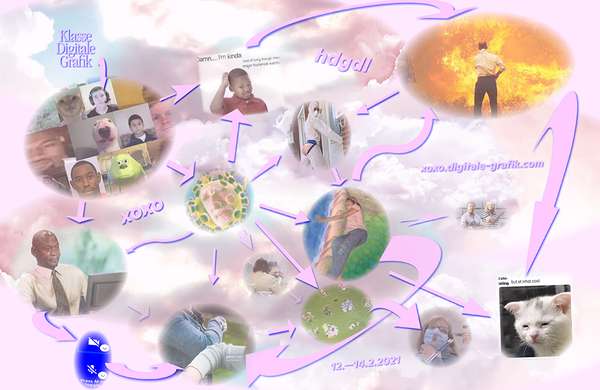
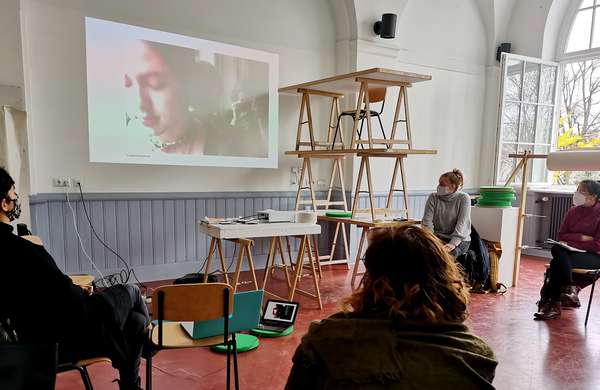
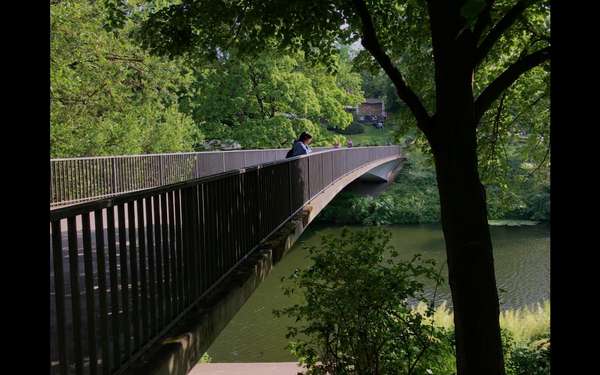
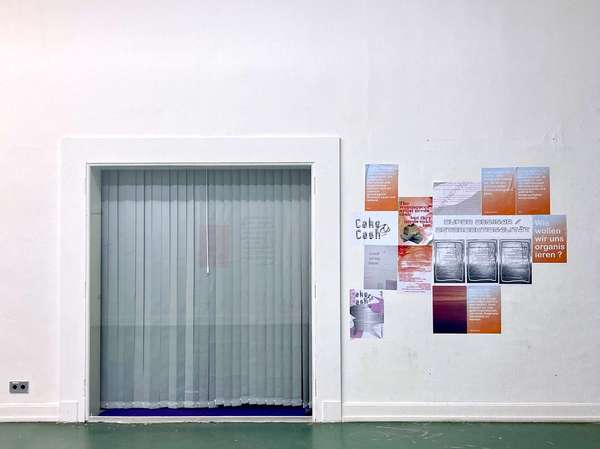
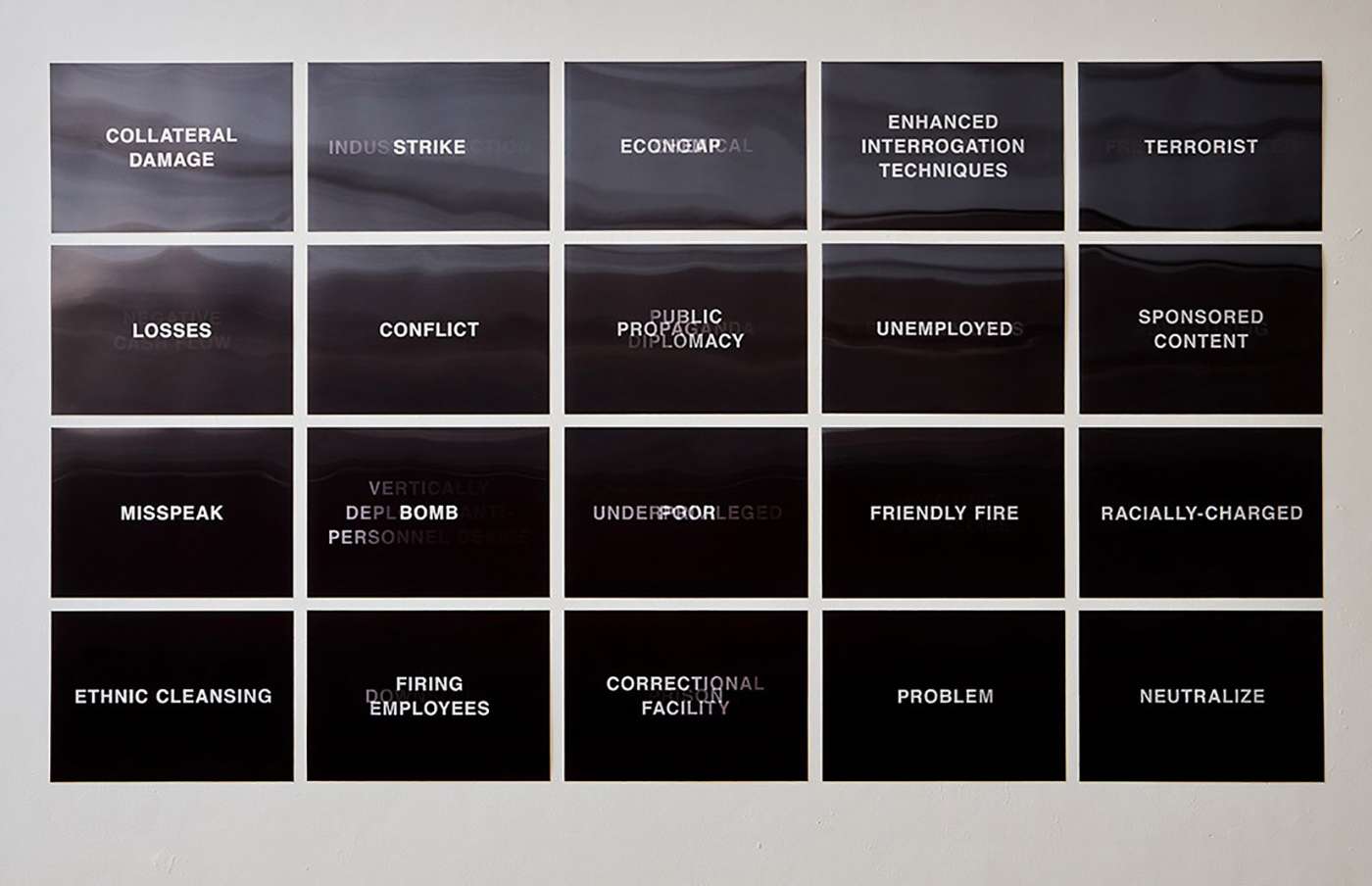
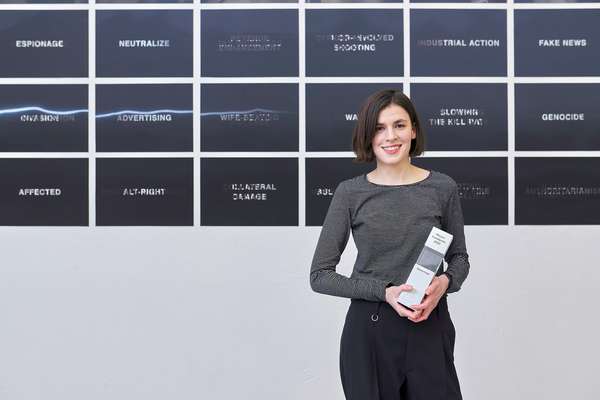
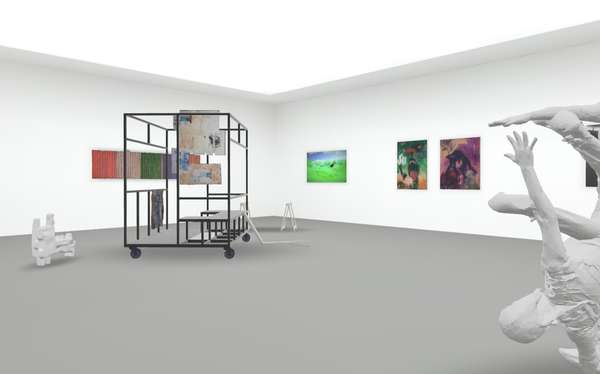
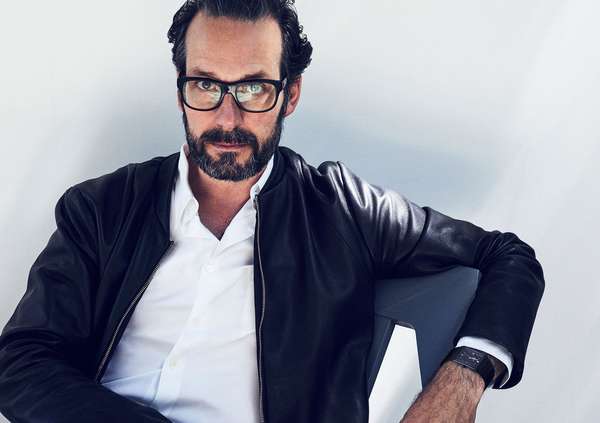
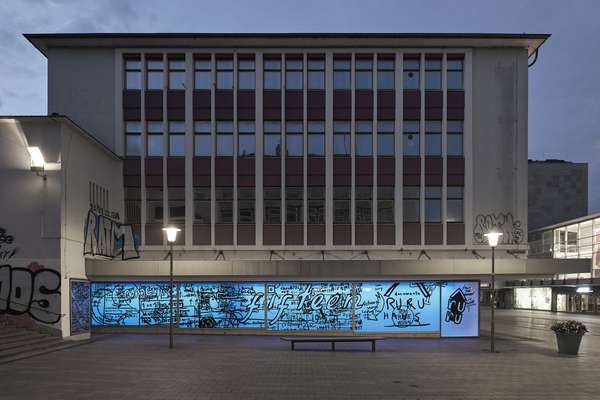
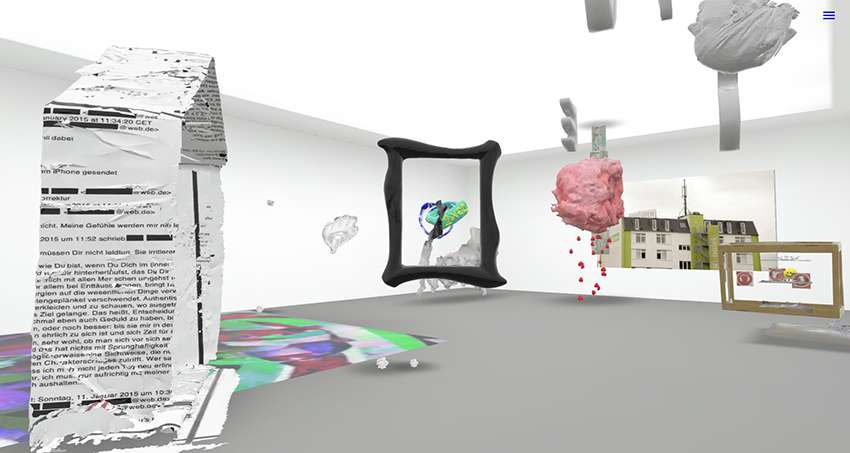
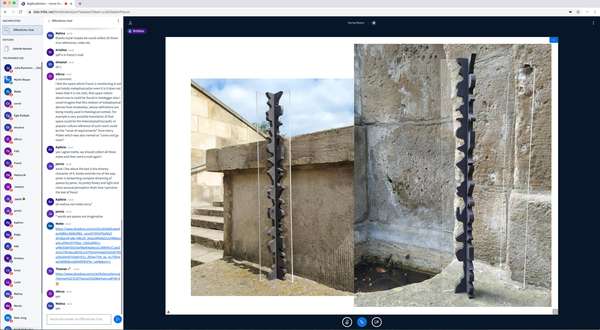
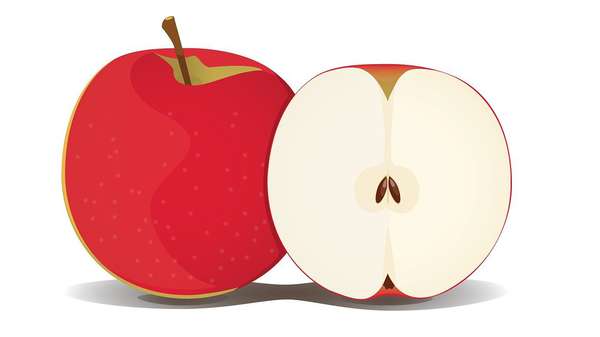
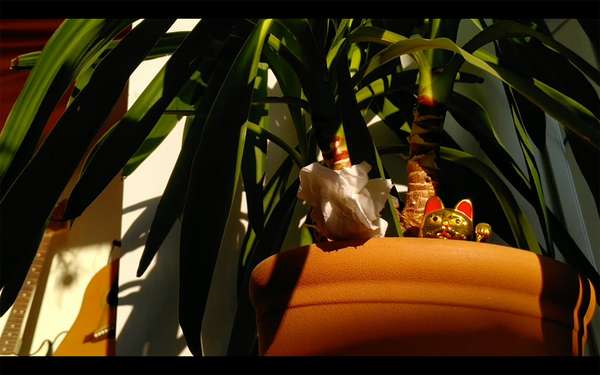
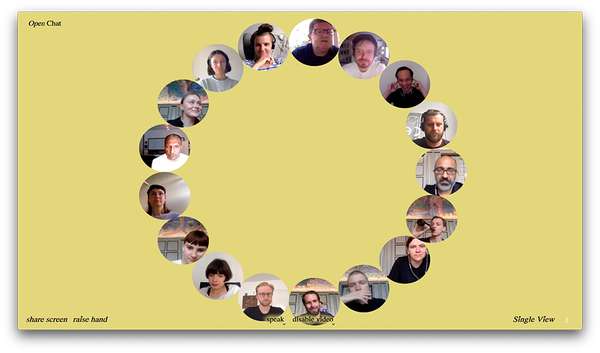
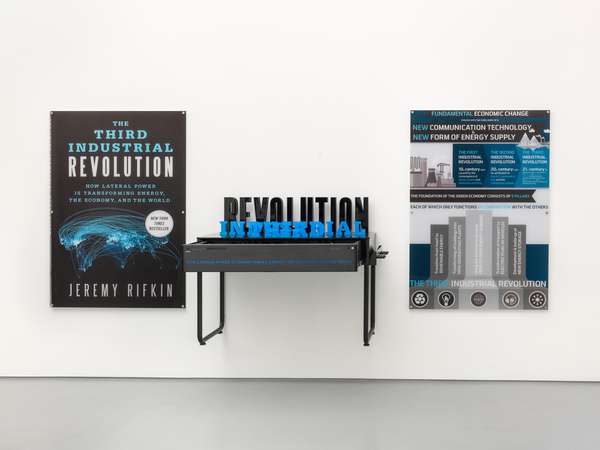
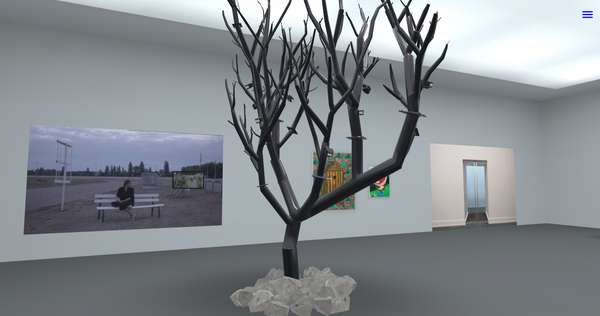
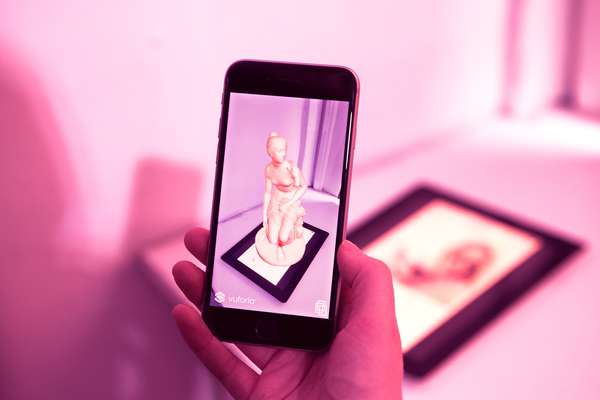
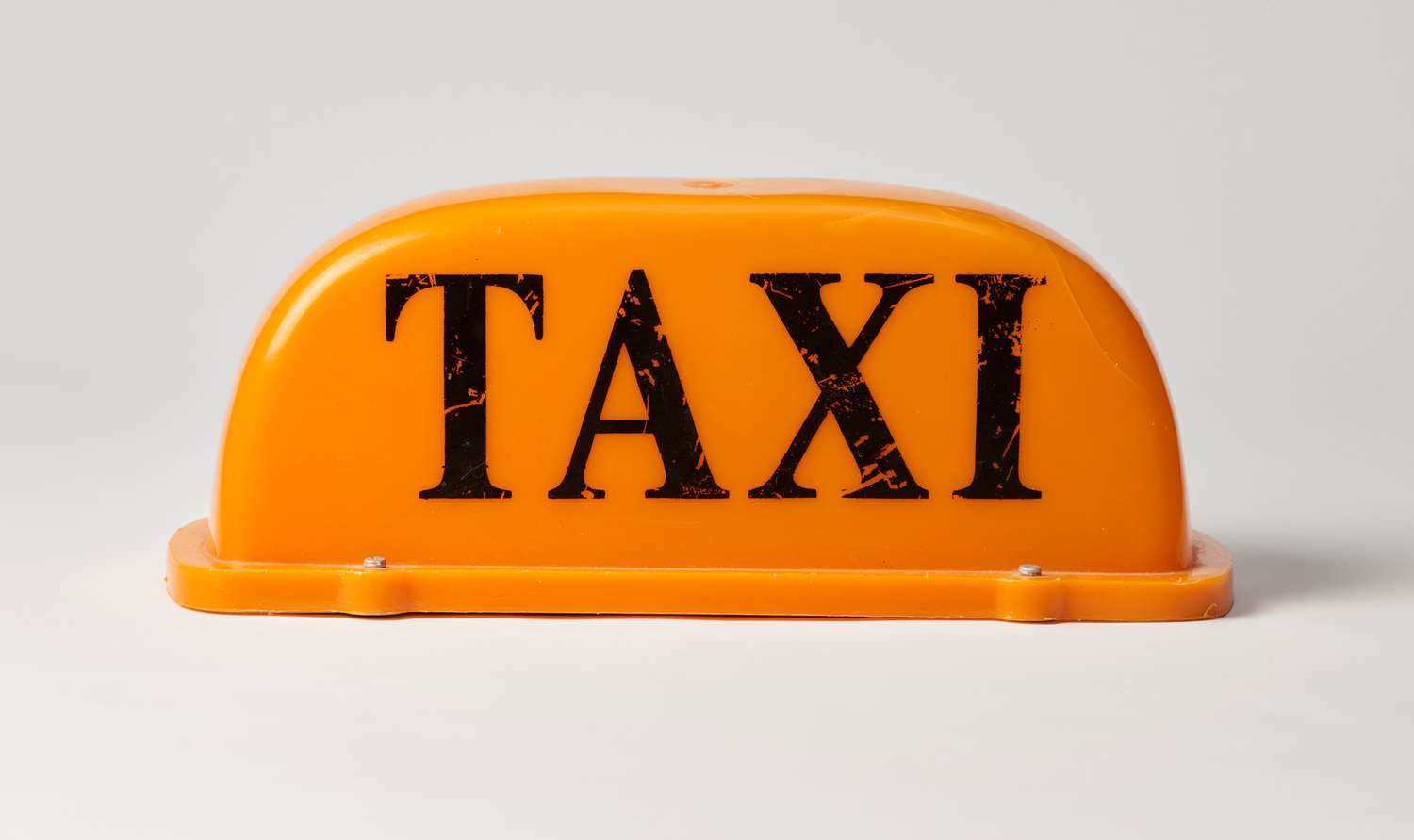
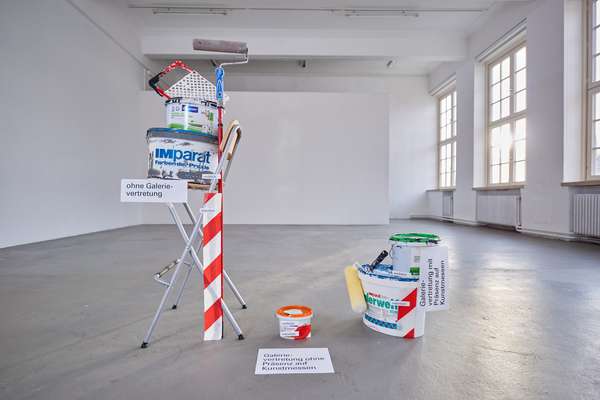
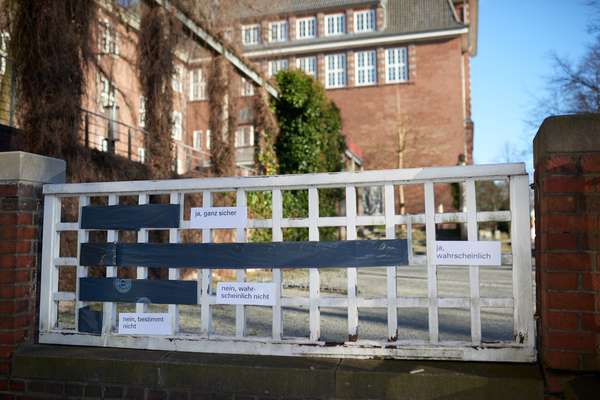
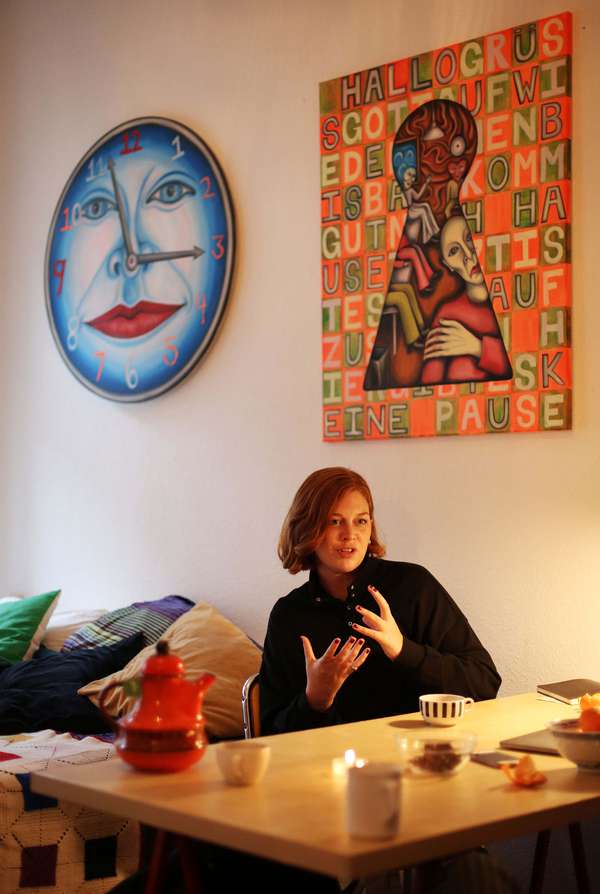
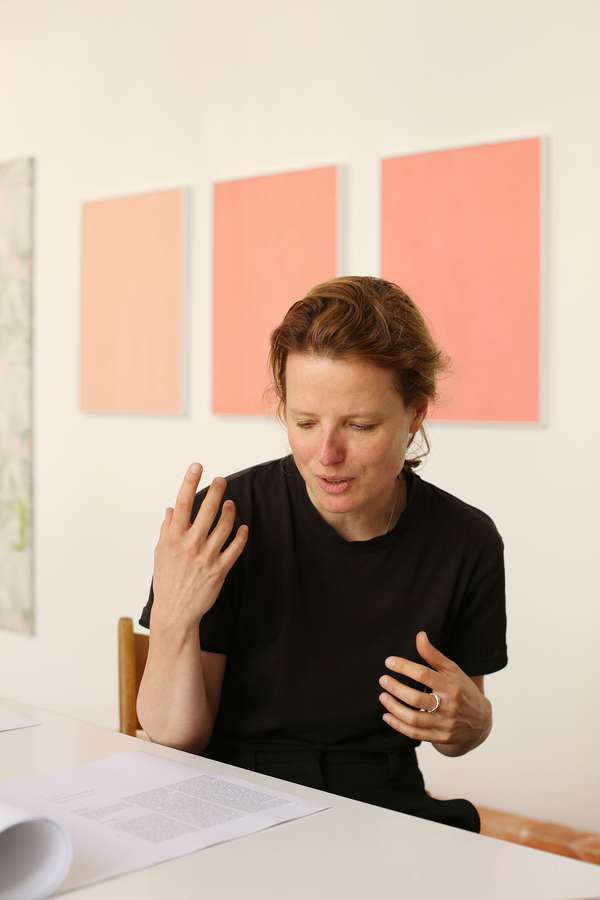
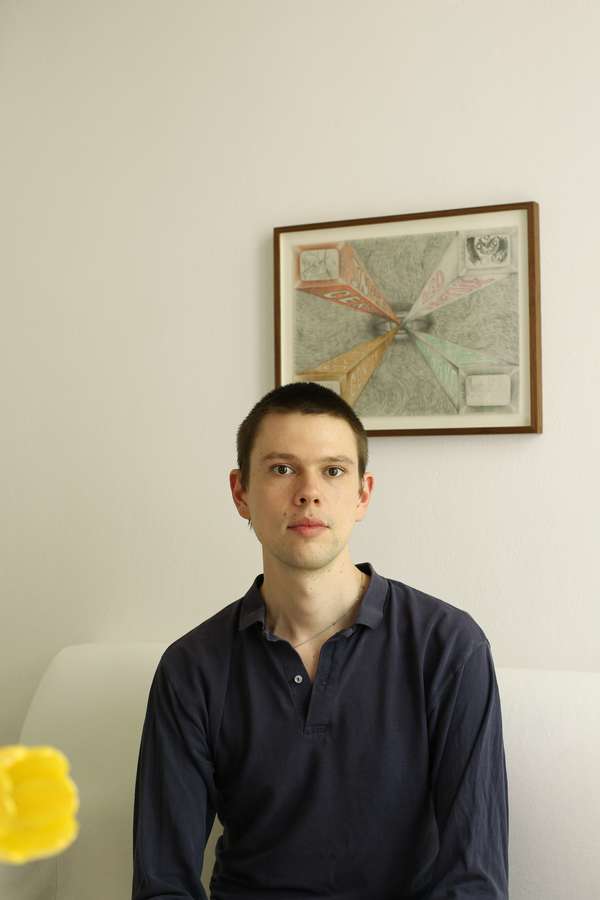
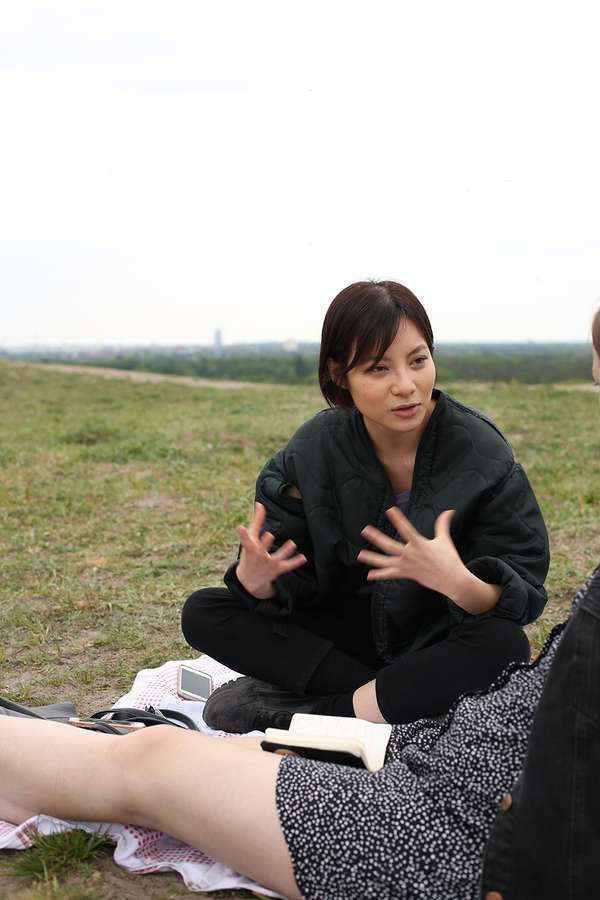
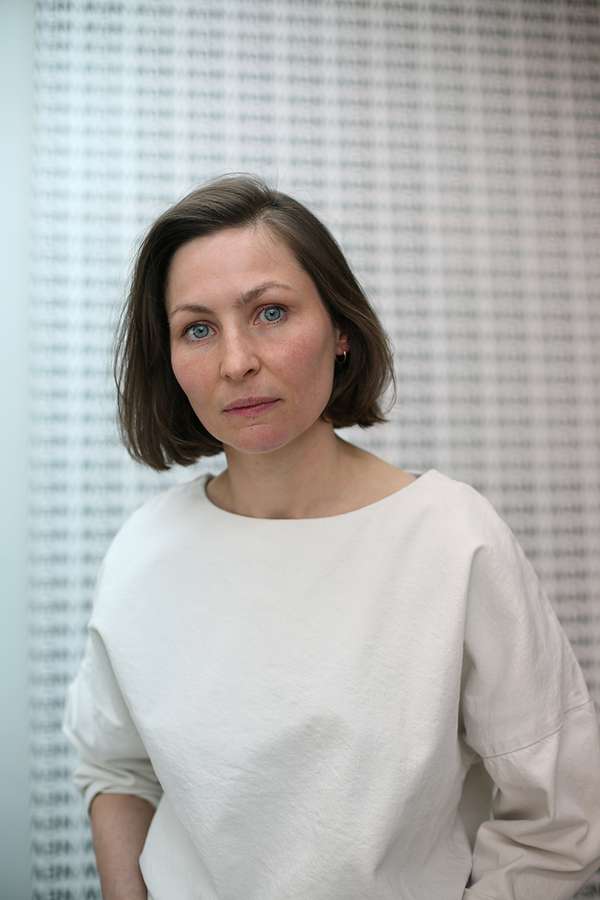
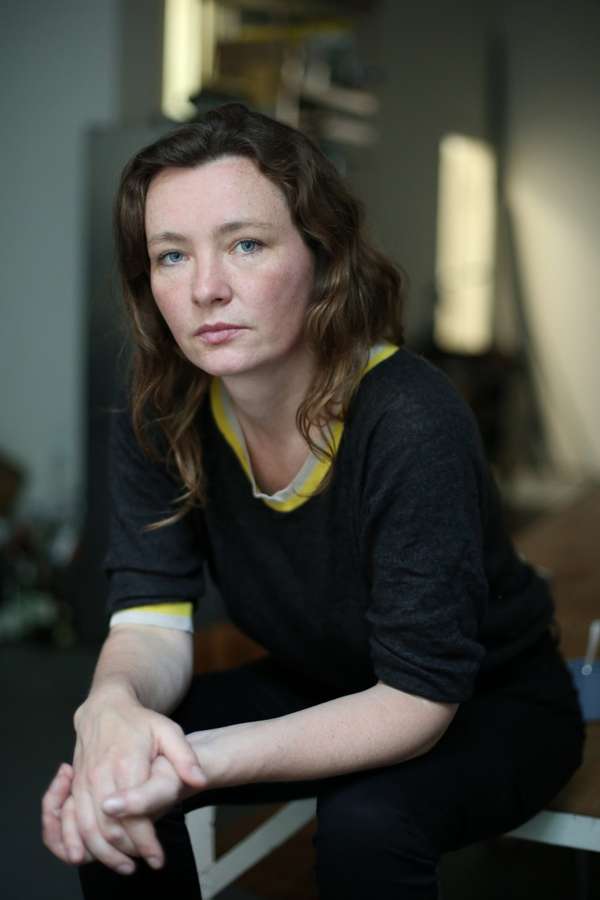
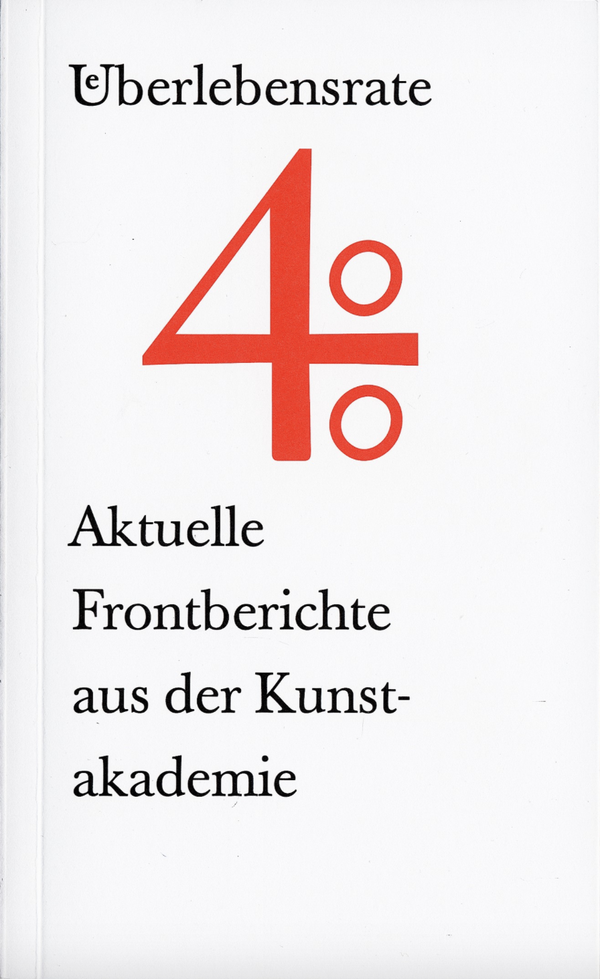
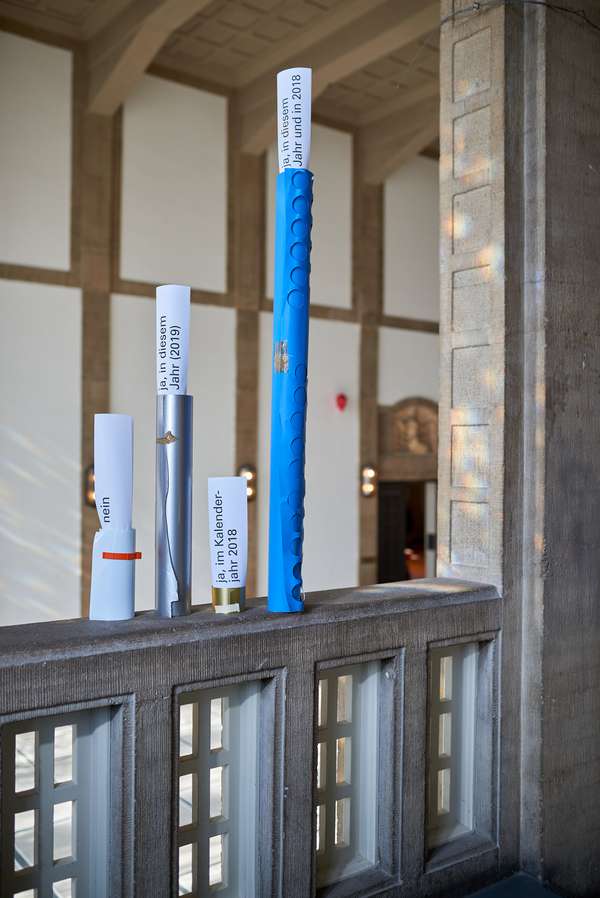
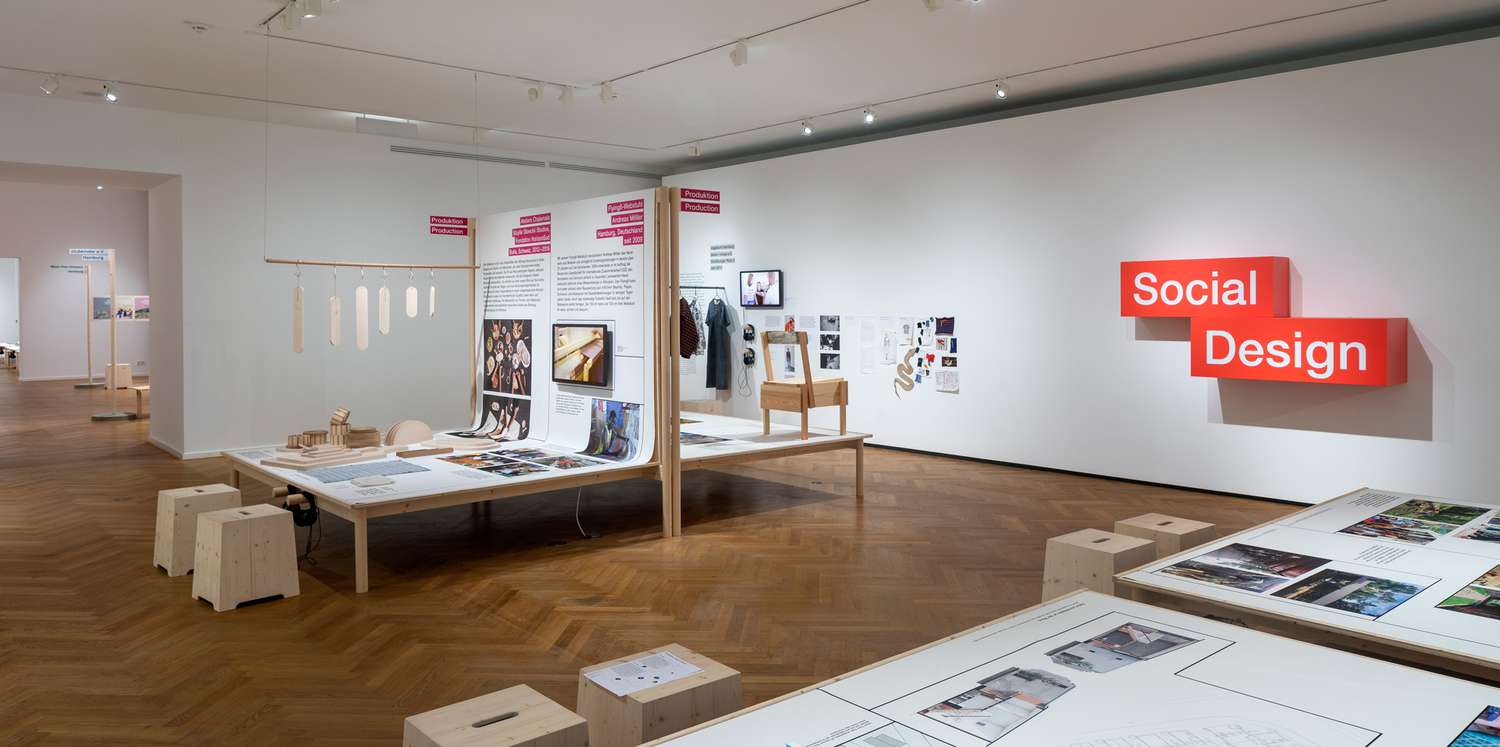
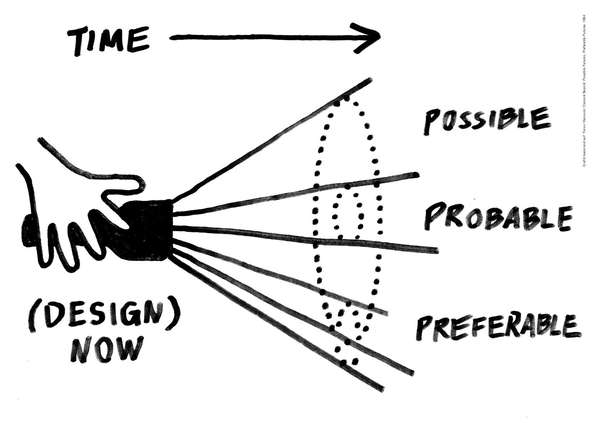
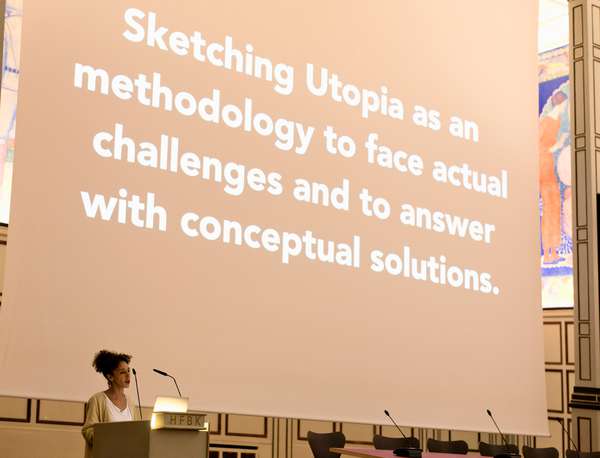
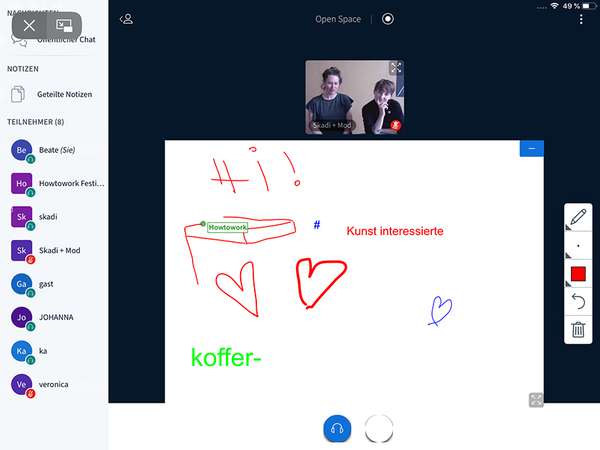

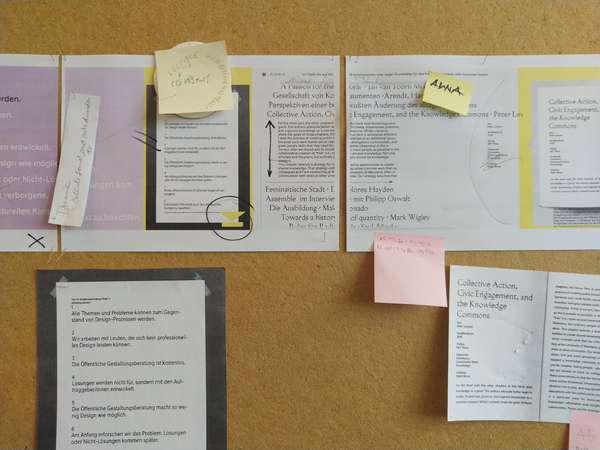
 Autumn program for everyone
Autumn program for everyone
 The New Woman
The New Woman
 Opening of the 2024/25 semester centred on the new film house
Opening of the 2024/25 semester centred on the new film house
 Doing a PhD at the HFBK Hamburg
Doing a PhD at the HFBK Hamburg
 Summer of theory
Summer of theory
 Graduate Show 2024 - Letting Go
Graduate Show 2024 - Letting Go
 Finkenwerder Art Prize 2024
Finkenwerder Art Prize 2024
 Archives of the Body - The Body in Archiving
Archives of the Body - The Body in Archiving
 New partnership with the School of Arts at the University of Haifa
New partnership with the School of Arts at the University of Haifa
 Exhibition recommendations
Exhibition recommendations
 Annual Exhibition 2024 at the HFBK Hamburg
Annual Exhibition 2024 at the HFBK Hamburg
 How to apply: study at HFBK Hamburg
How to apply: study at HFBK Hamburg
 (Ex)Changes of / in Art
(Ex)Changes of / in Art
 Extended Libraries
Extended Libraries
 And Still I Rise
And Still I Rise
 No Tracking. No Paywall.
No Tracking. No Paywall.
 Let's talk about language
Let's talk about language
 Graduate Show 2023: Unfinished Business
Graduate Show 2023: Unfinished Business
 Let`s work together
Let`s work together
 Annual Exhibition 2023 at HFBK Hamburg
Annual Exhibition 2023 at HFBK Hamburg
 Symposium: Controversy over documenta fifteen
Symposium: Controversy over documenta fifteen
 The best is saved until last
The best is saved until last
 Festival and Symposium: Non-Knowledge, Laughter and the Moving Image
Festival and Symposium: Non-Knowledge, Laughter and the Moving Image
 Solo exhibition by Konstantin Grcic
Solo exhibition by Konstantin Grcic
 Art and war
Art and war
 Graduate Show 2022: We’ve Only Just Begun
Graduate Show 2022: We’ve Only Just Begun
 June is full of art and theory
June is full of art and theory
 Finkenwerder Art Prize 2022
Finkenwerder Art Prize 2022
 Nachhaltigkeit im Kontext von Kunst und Kunsthochschule
Nachhaltigkeit im Kontext von Kunst und Kunsthochschule
 Raum für die Kunst
Raum für die Kunst
 Annual Exhibition 2022 at the HFBK
Annual Exhibition 2022 at the HFBK
 Conference: Counter-Monuments and Para-Monuments.
Conference: Counter-Monuments and Para-Monuments.
 Diversity
Diversity
 Summer Break
Summer Break
 Live und in Farbe: die ASA Open Studios im Juni 2021
Live und in Farbe: die ASA Open Studios im Juni 2021
 Unlearning: Wartenau Assemblies
Unlearning: Wartenau Assemblies
 School of No Consequences
School of No Consequences
 Annual Exhibition 2021 at the HFBK
Annual Exhibition 2021 at the HFBK
 Semestereröffnung und Hiscox-Preisverleihung 2020
Semestereröffnung und Hiscox-Preisverleihung 2020
 Teaching Art Online at the HFBK
Teaching Art Online at the HFBK
 HFBK Graduate Survey
HFBK Graduate Survey
 How political is Social Design?
How political is Social Design?